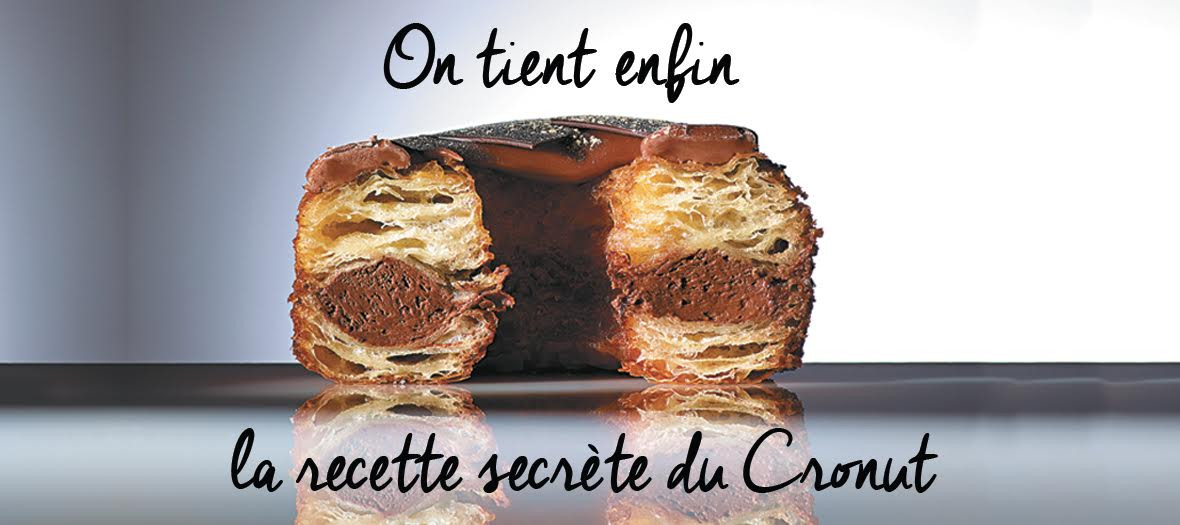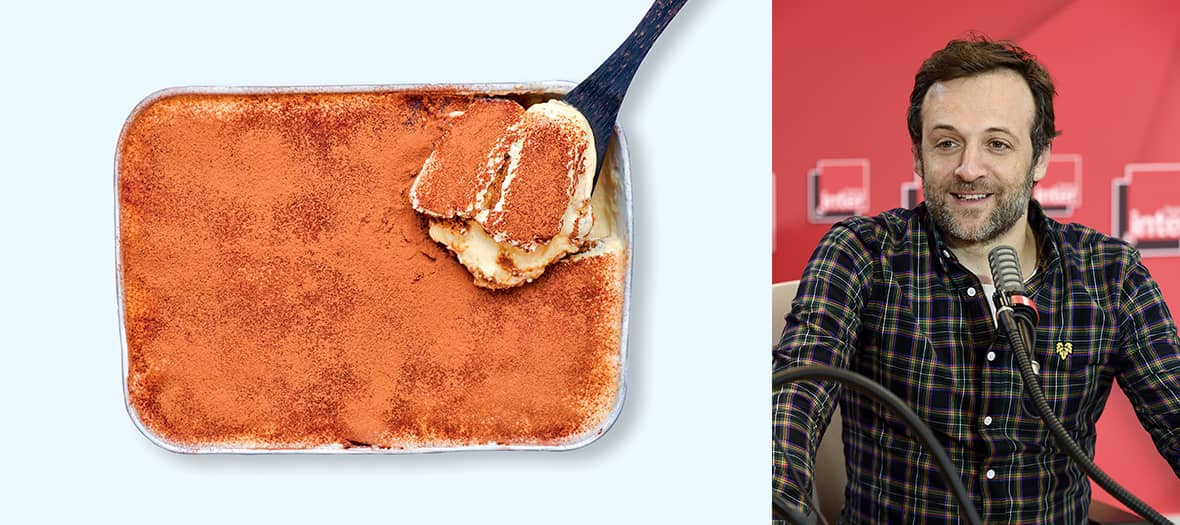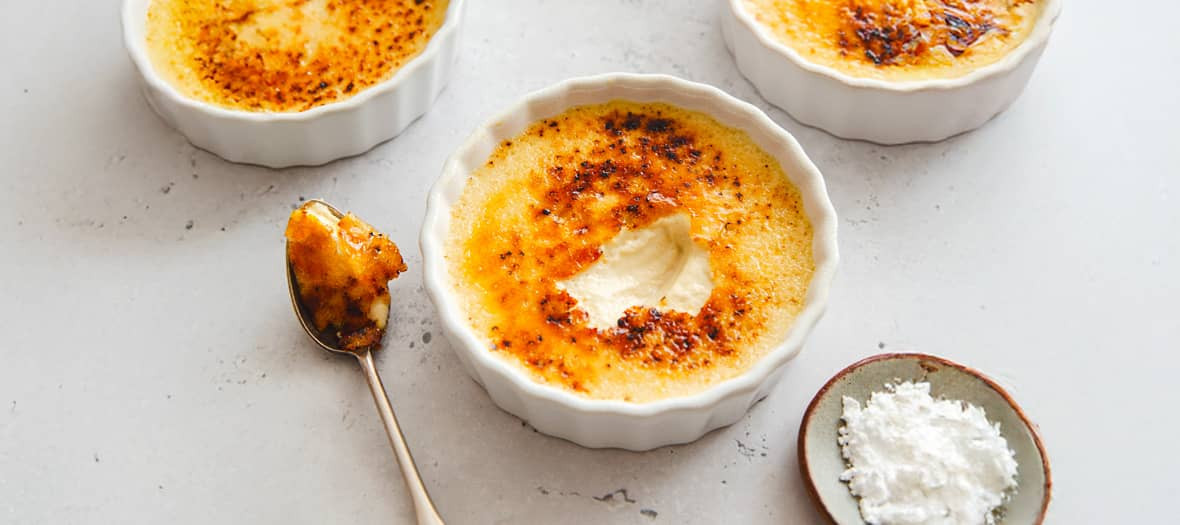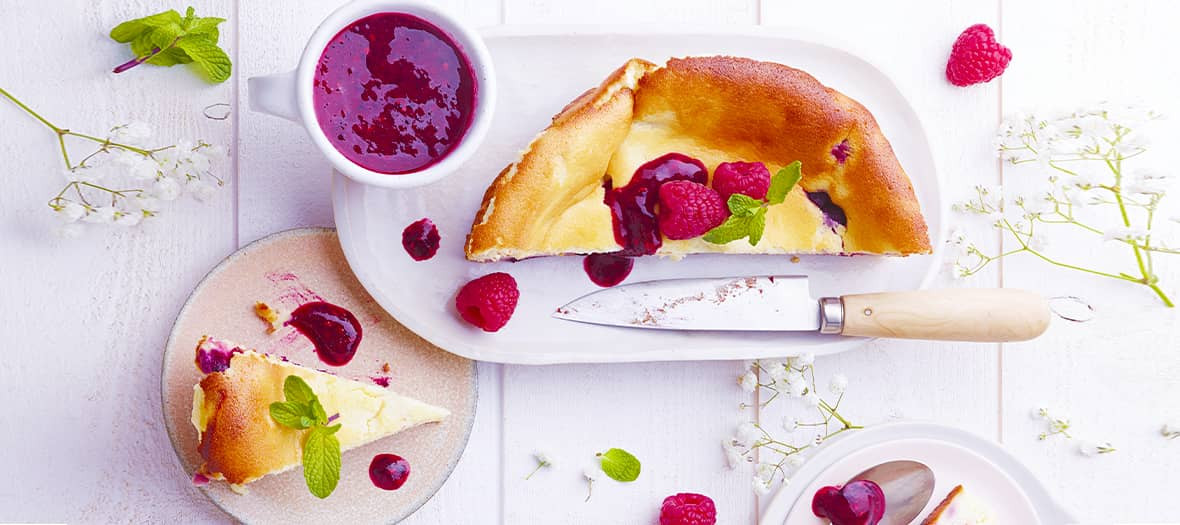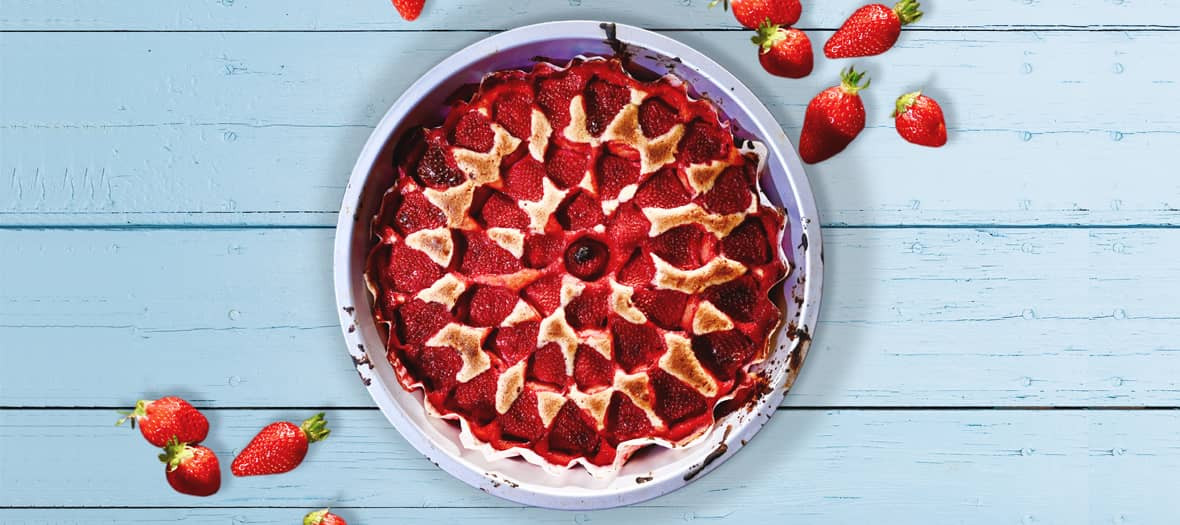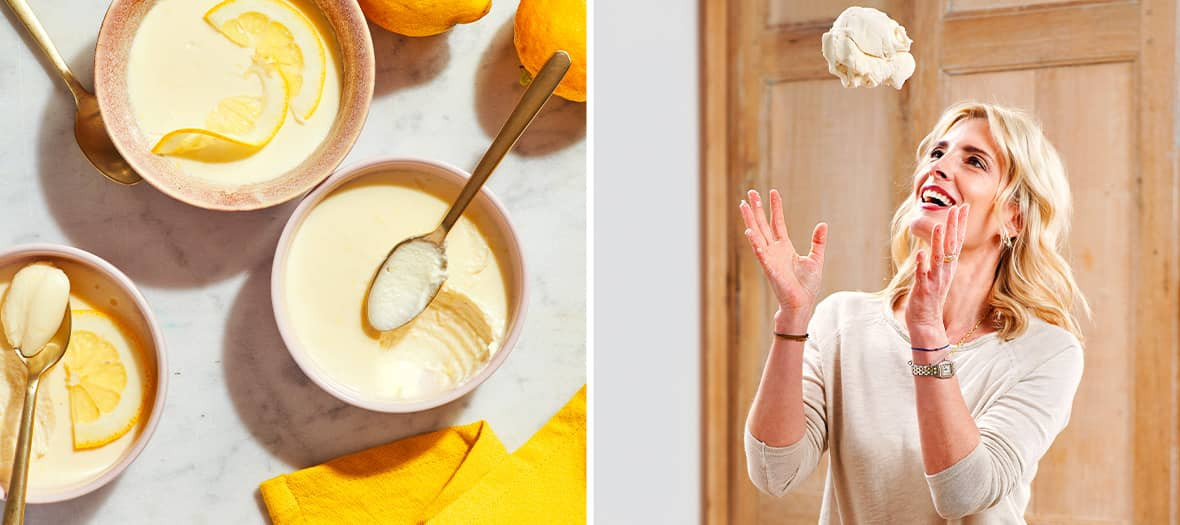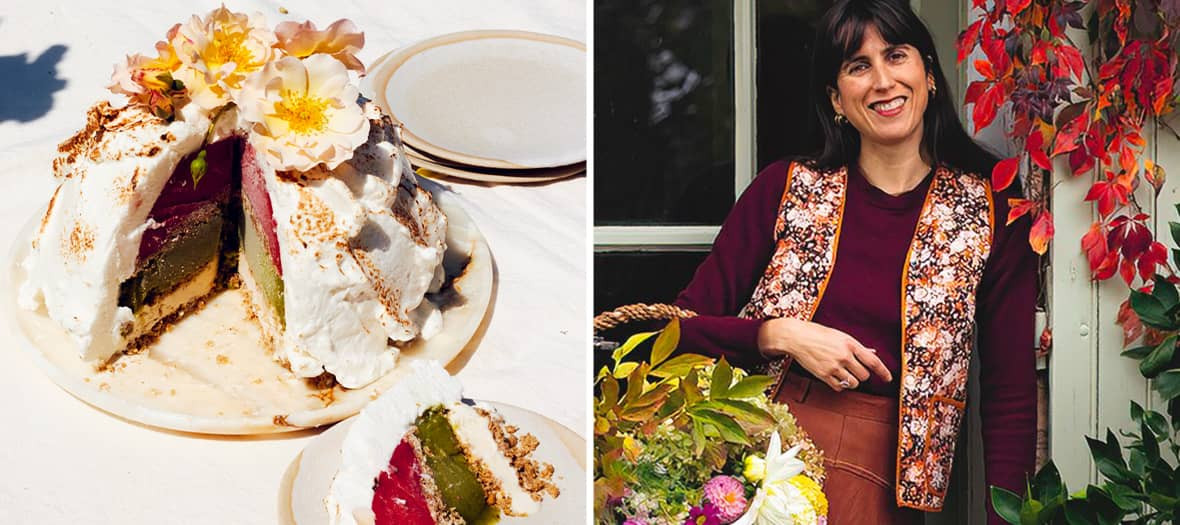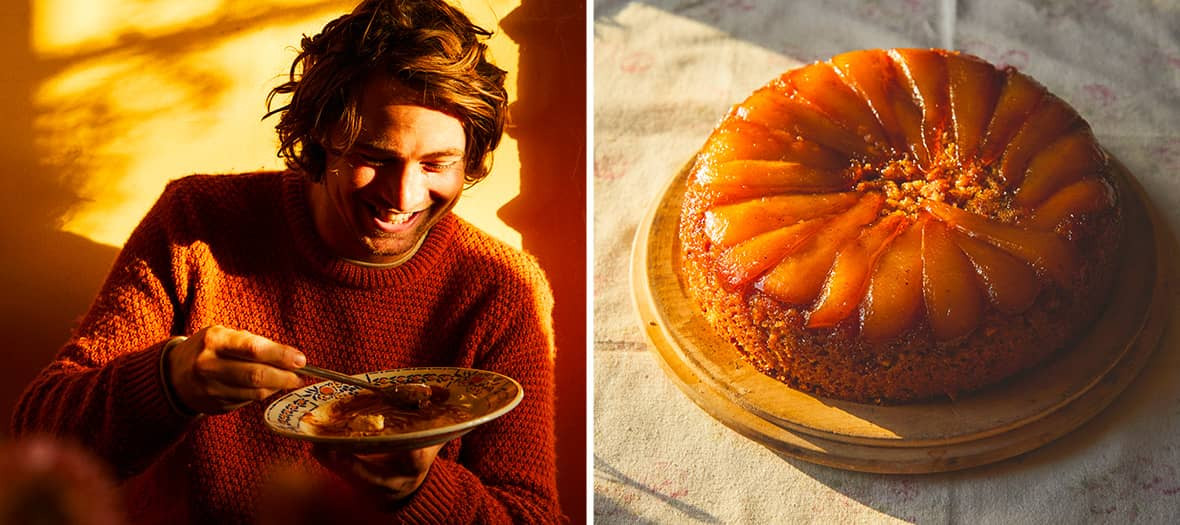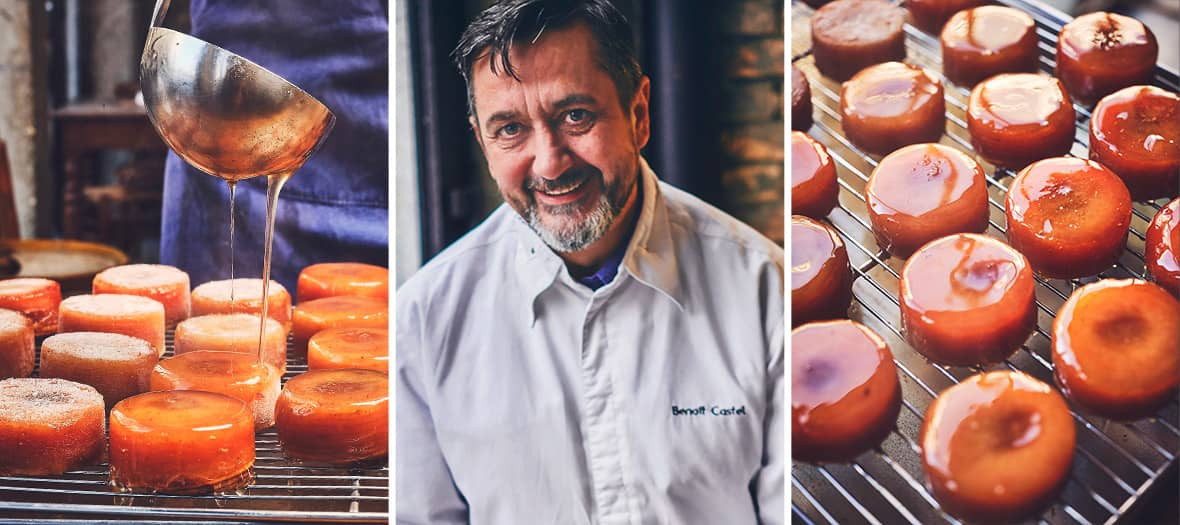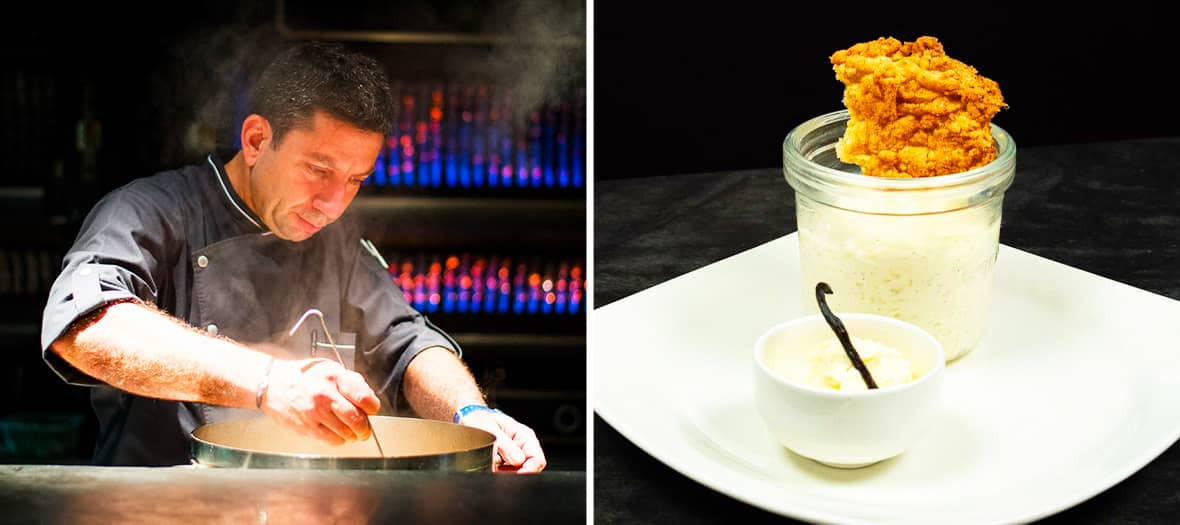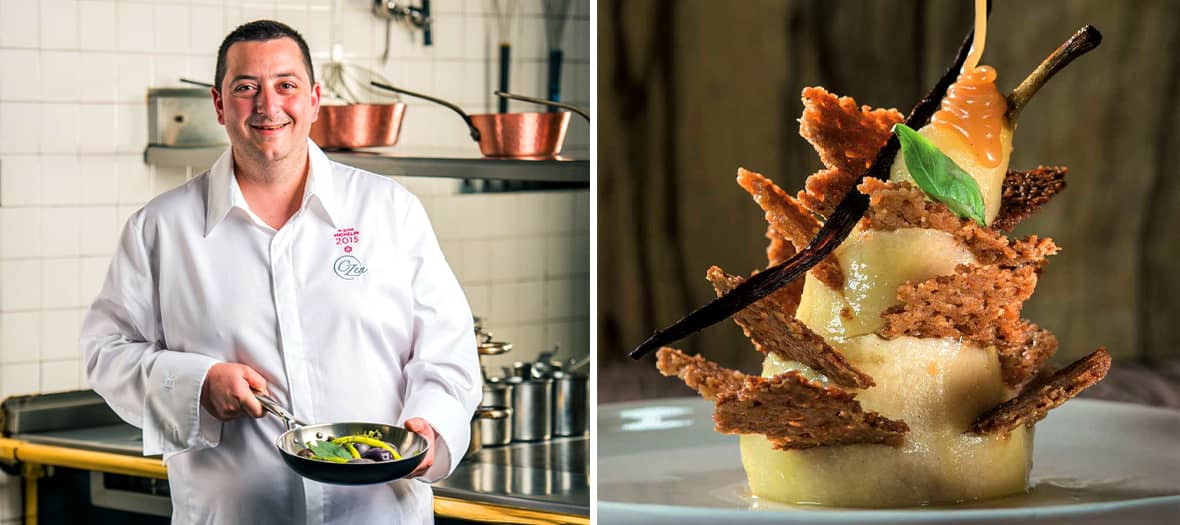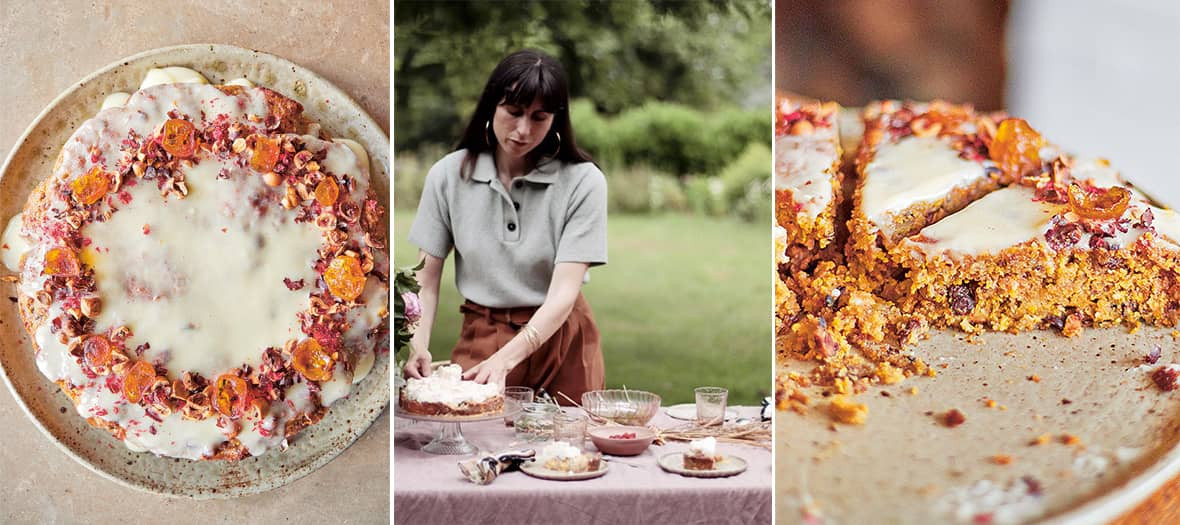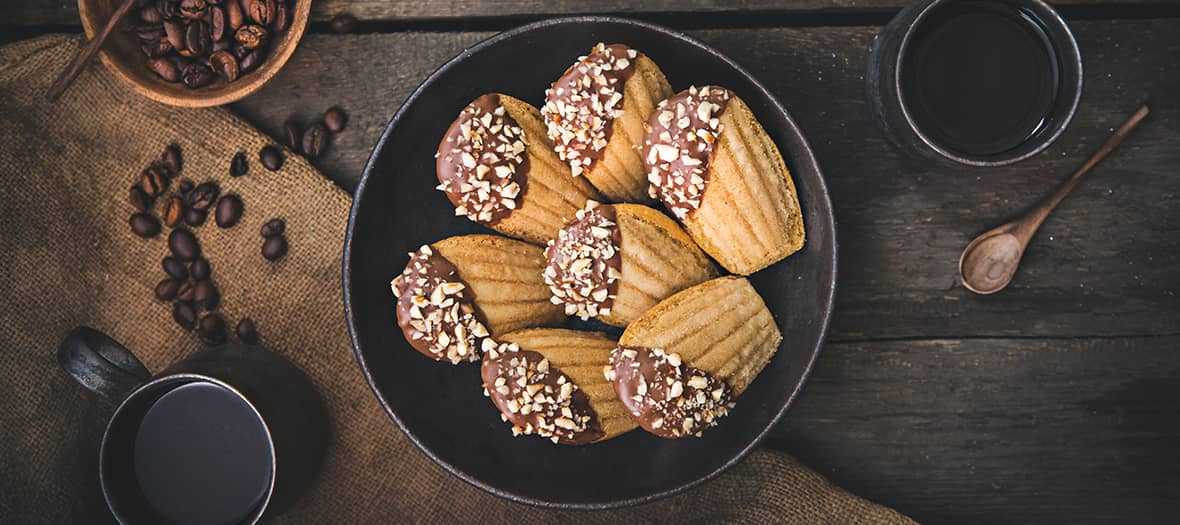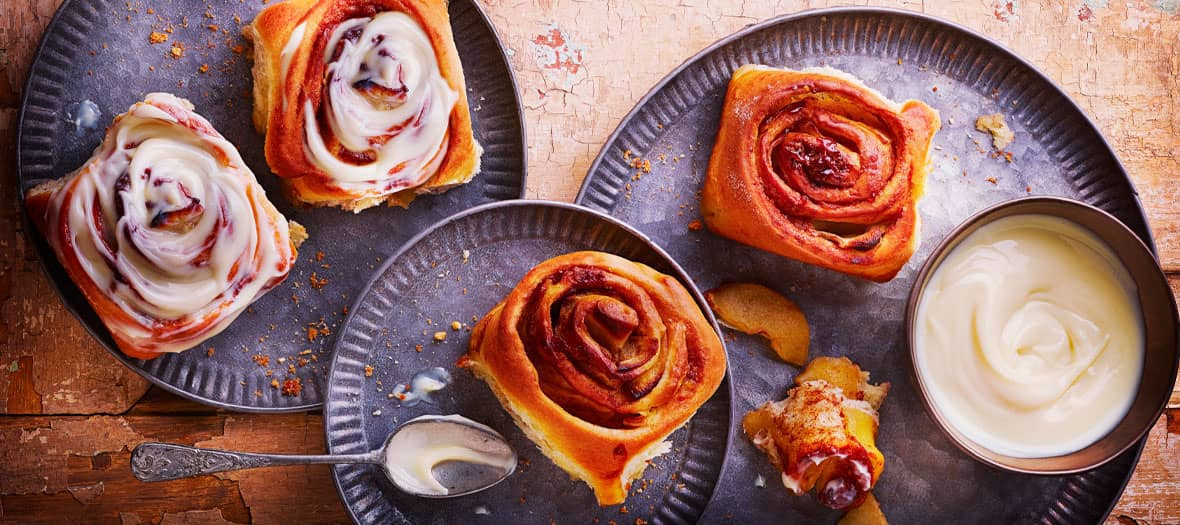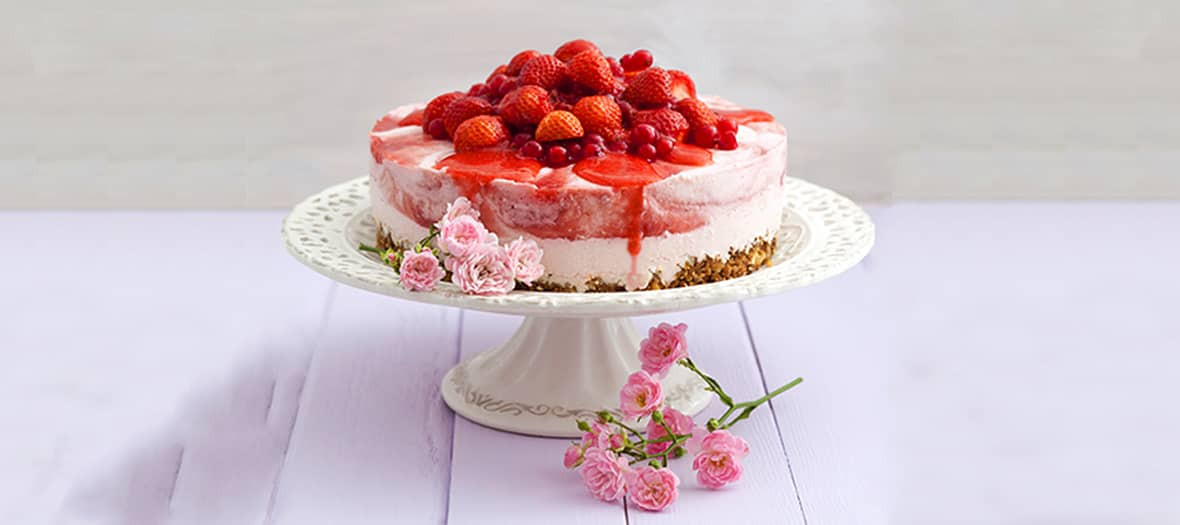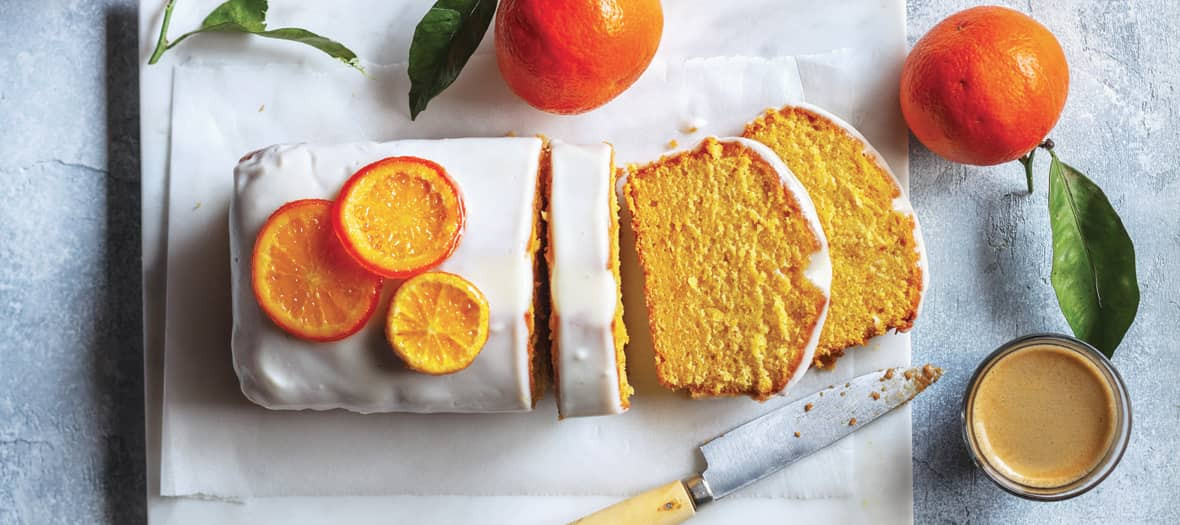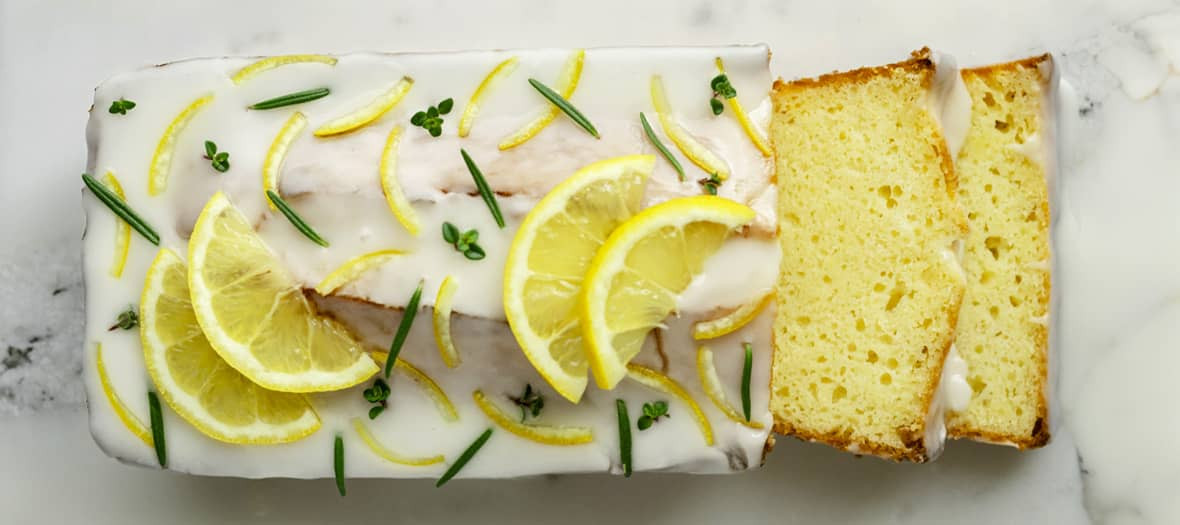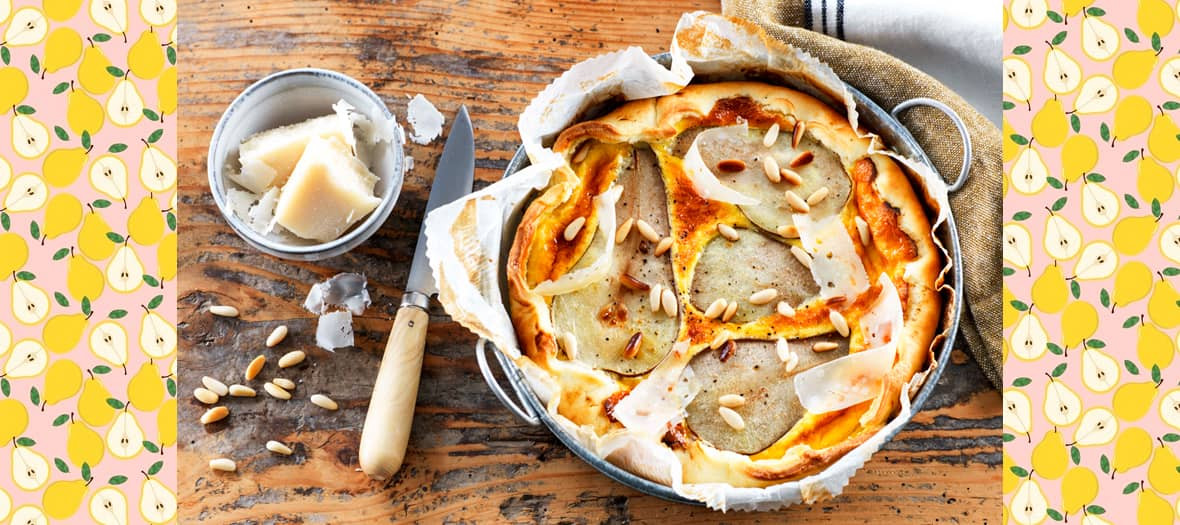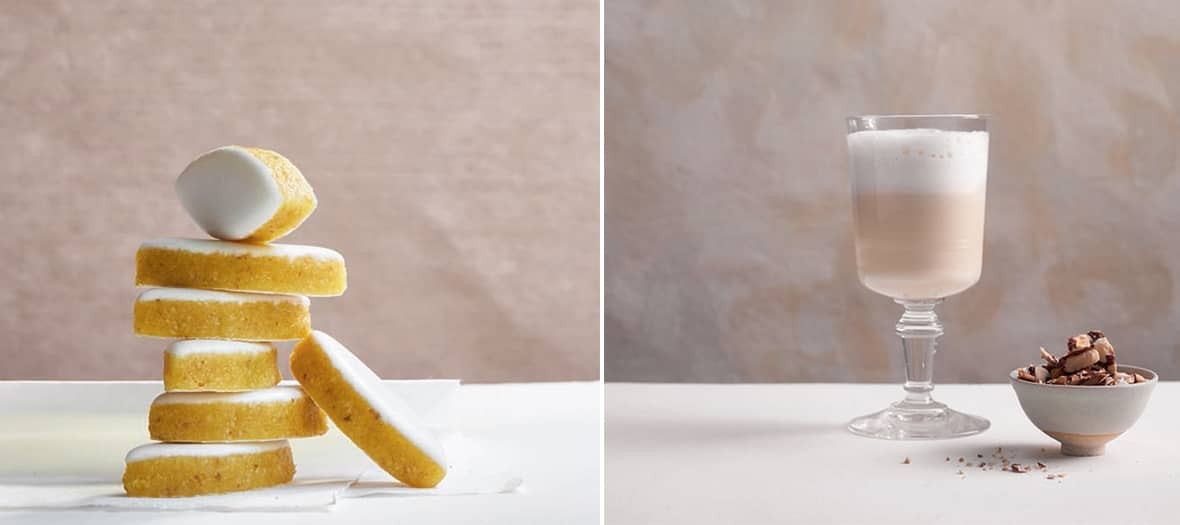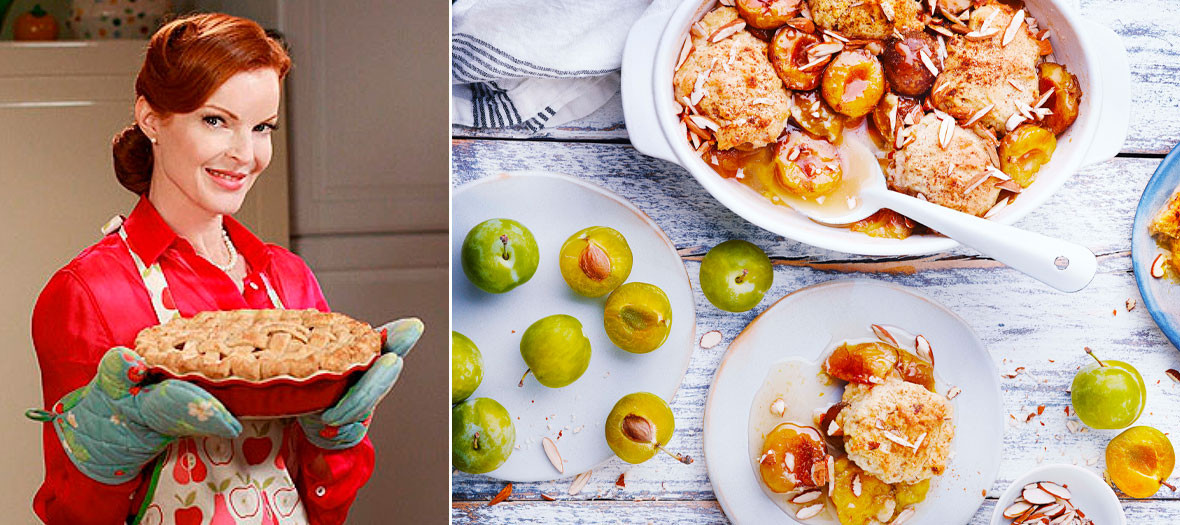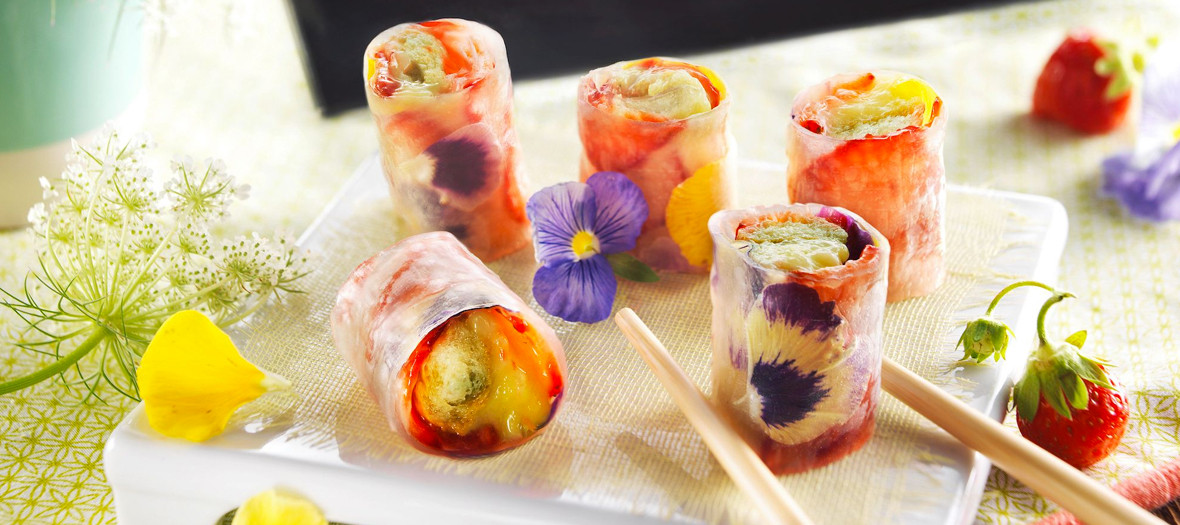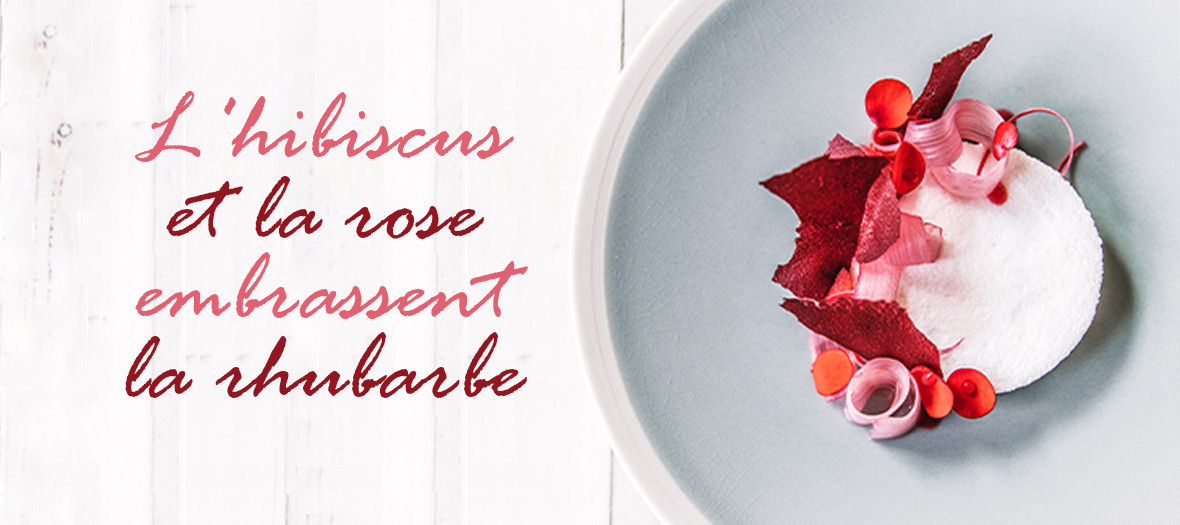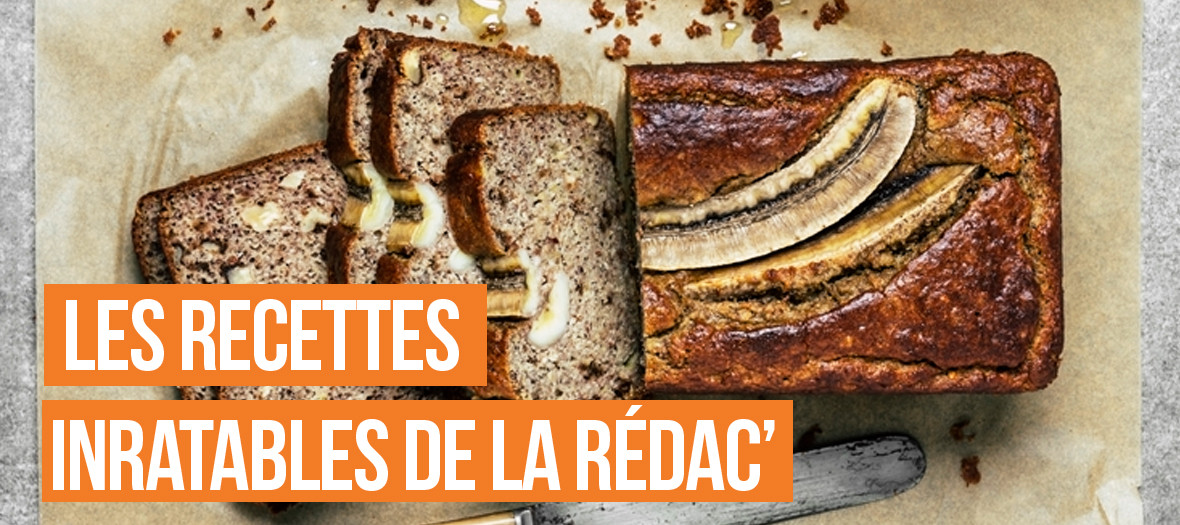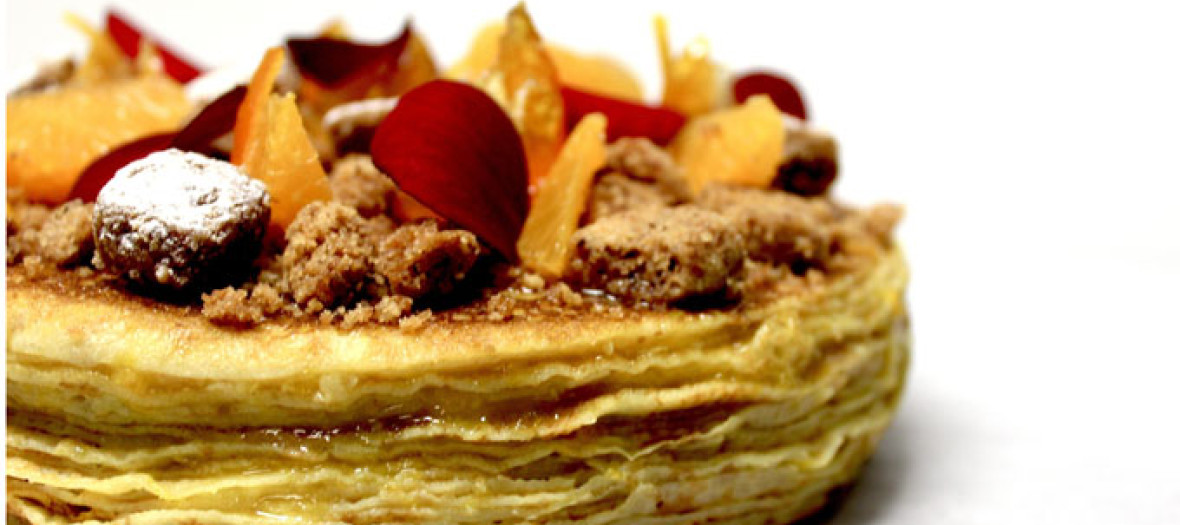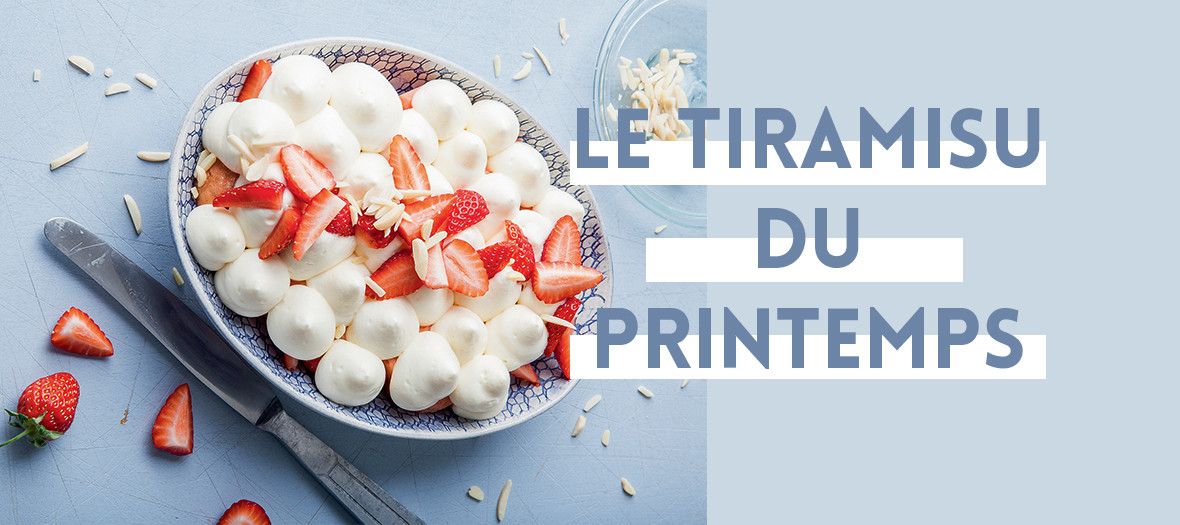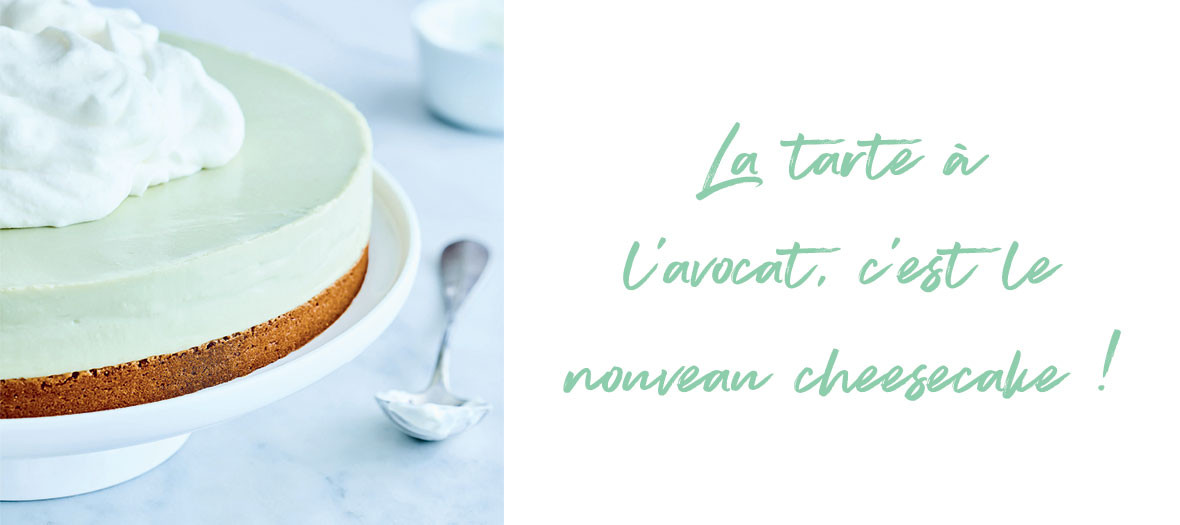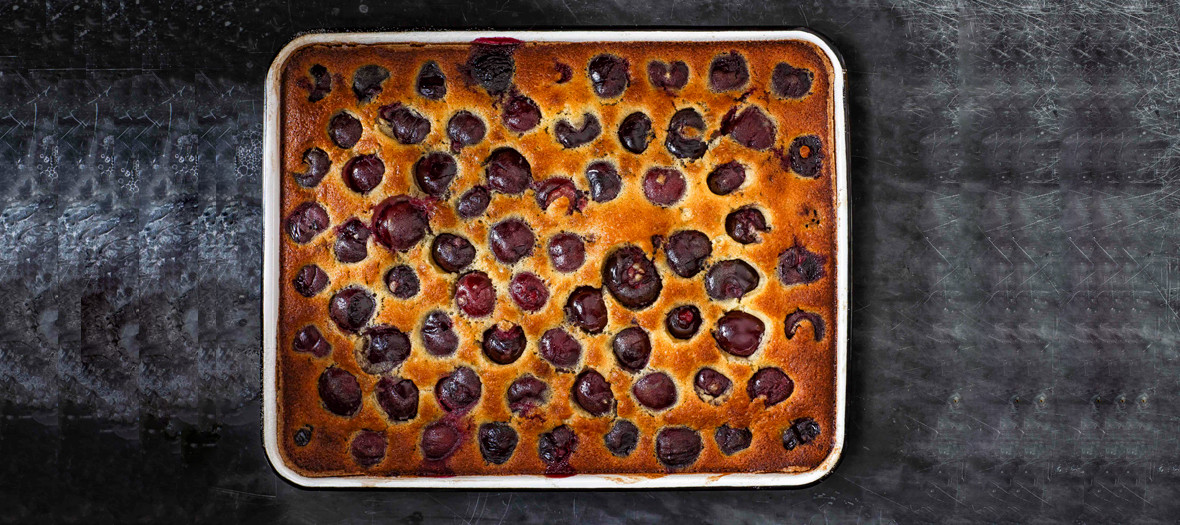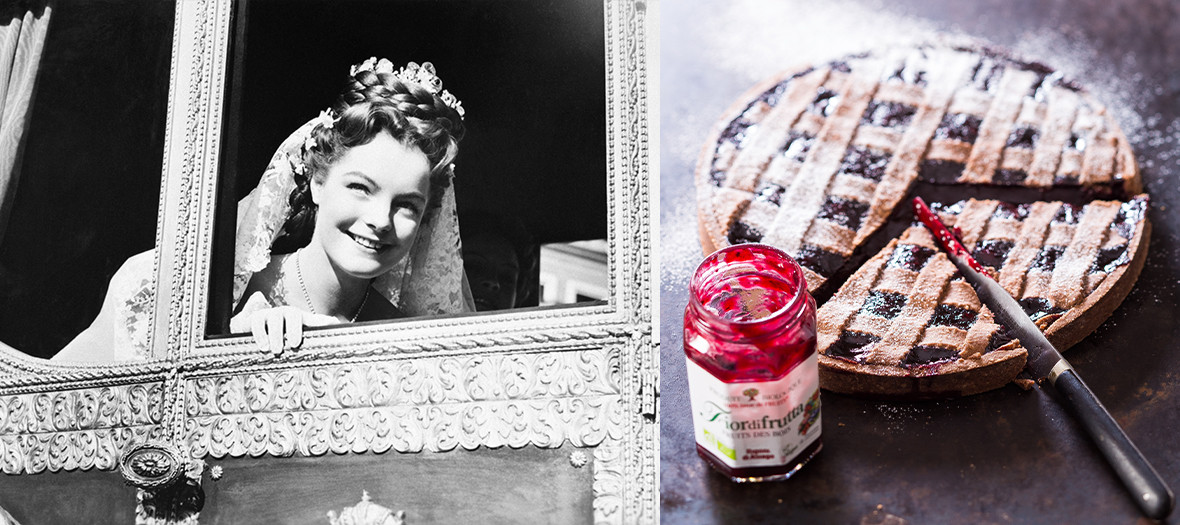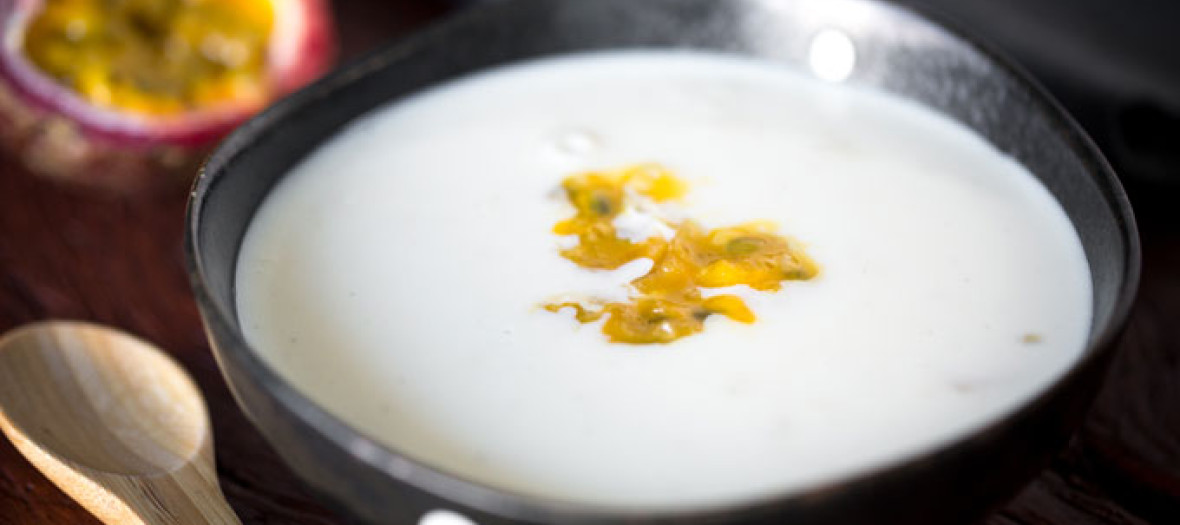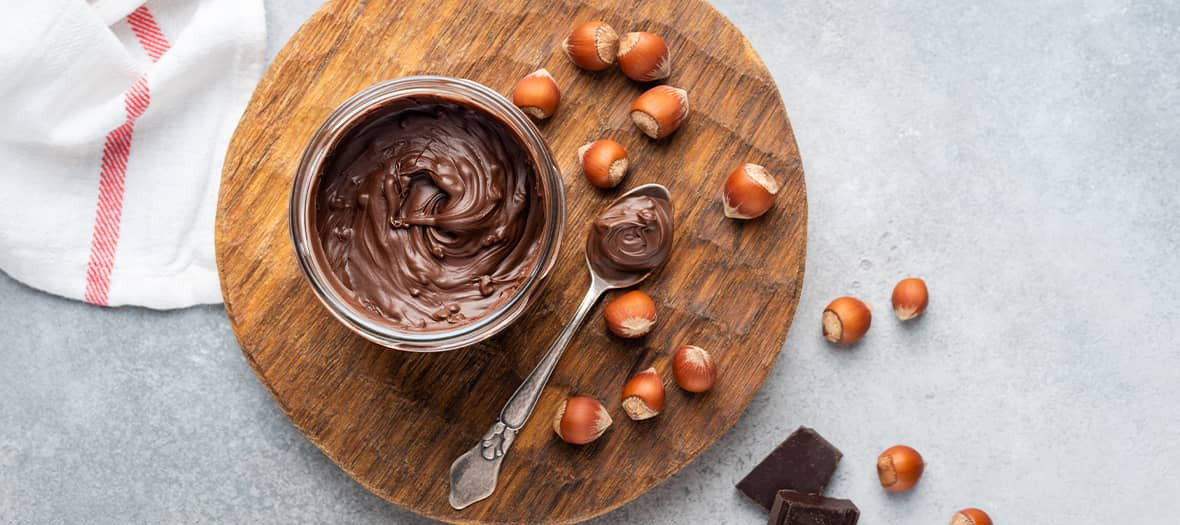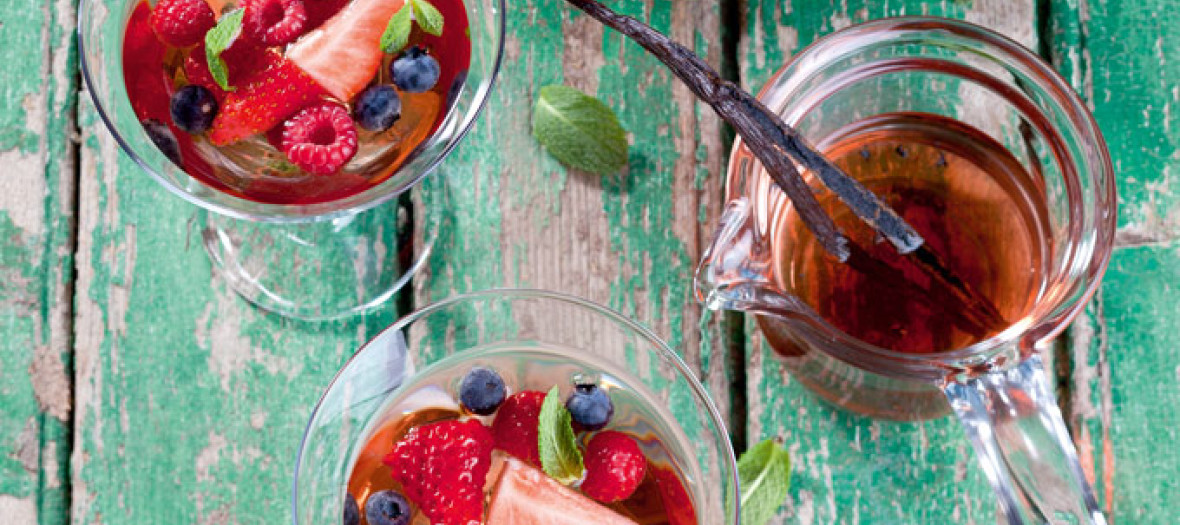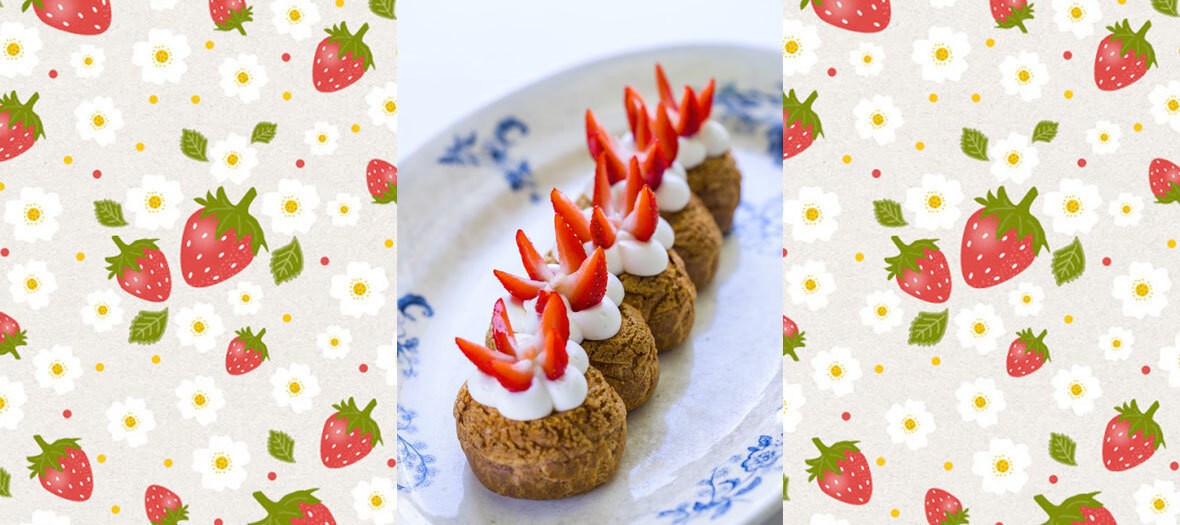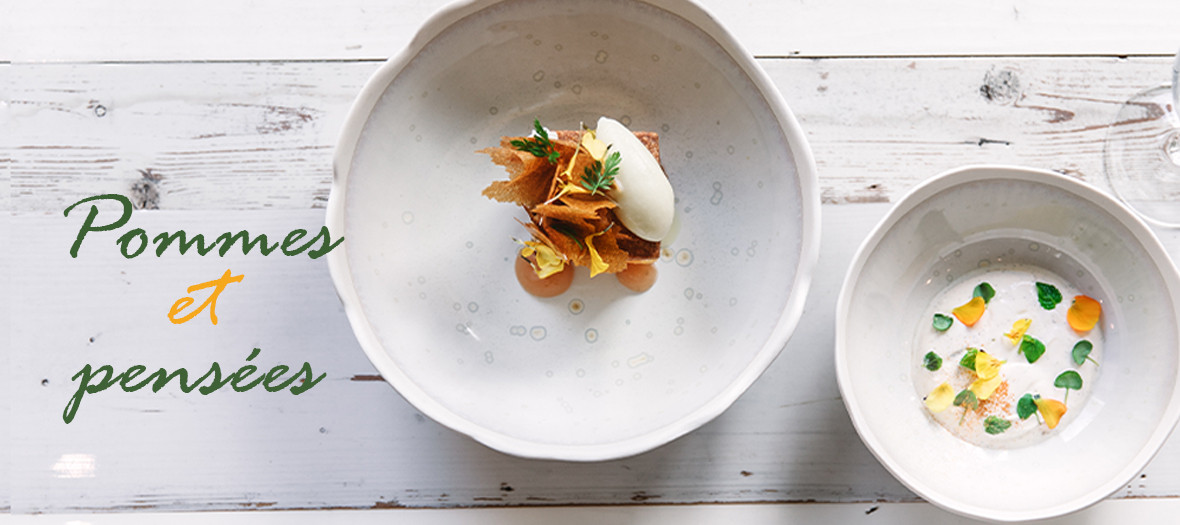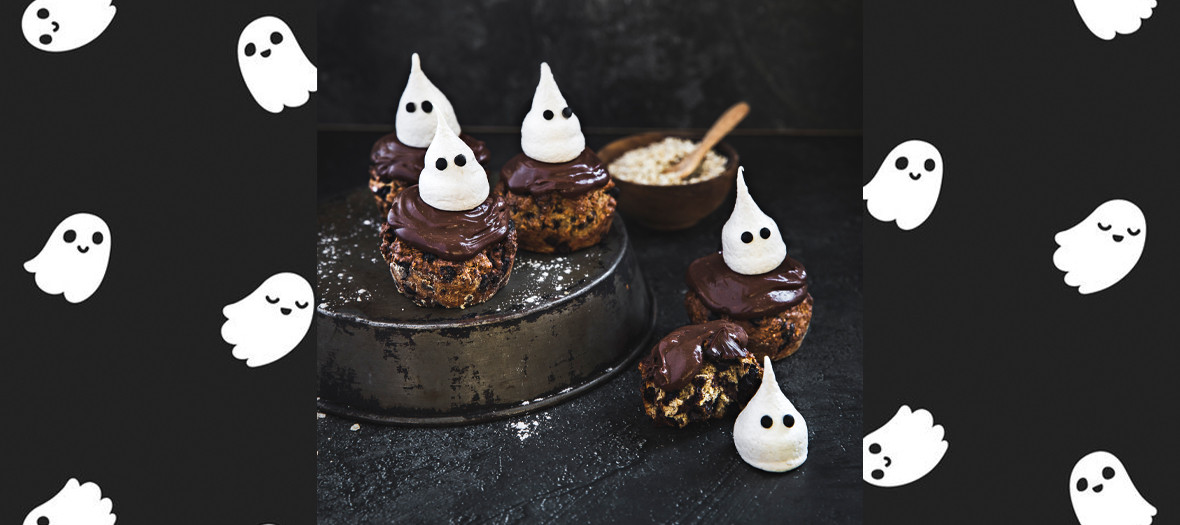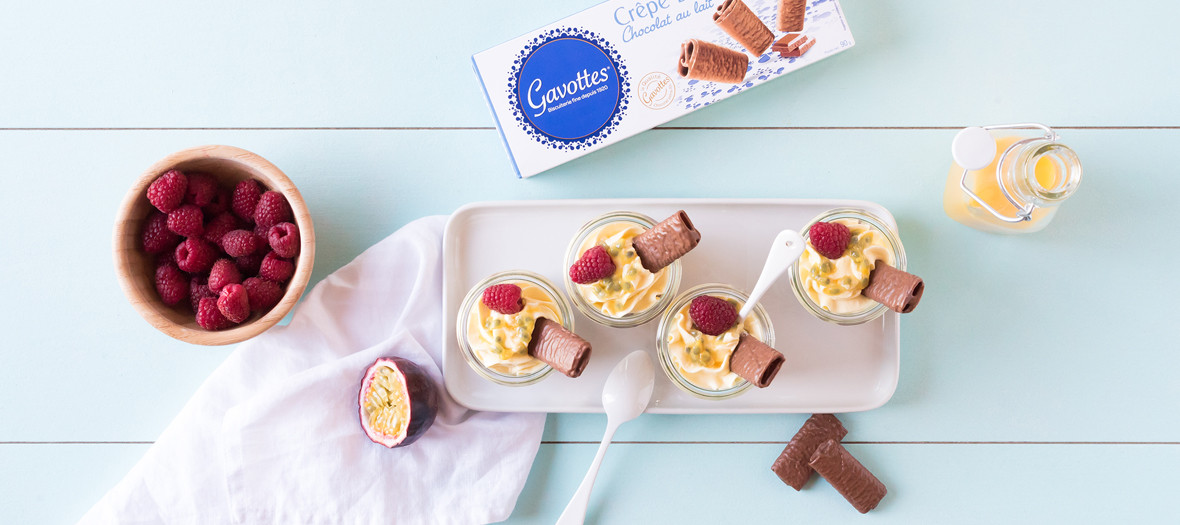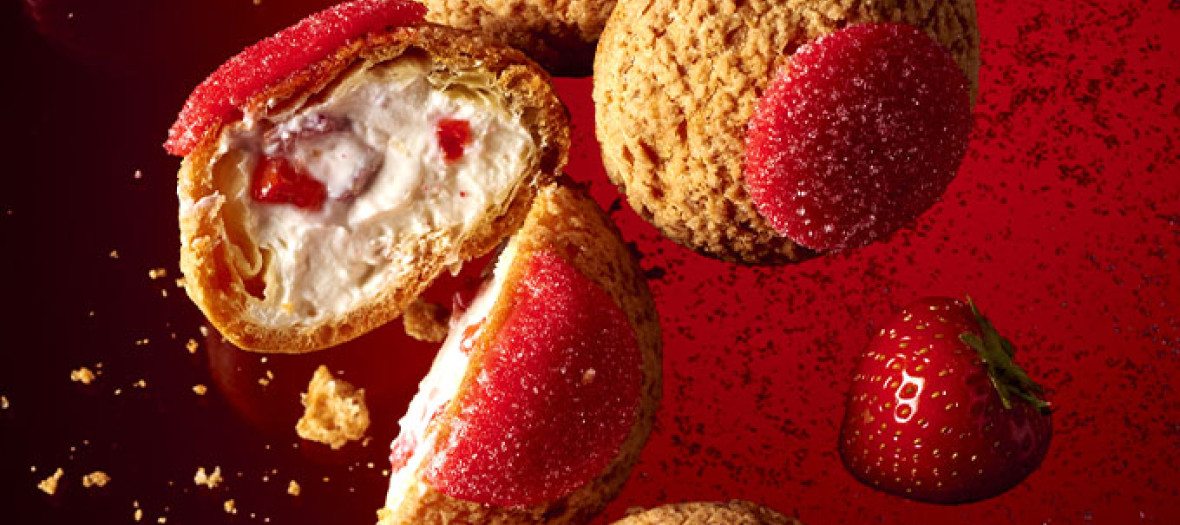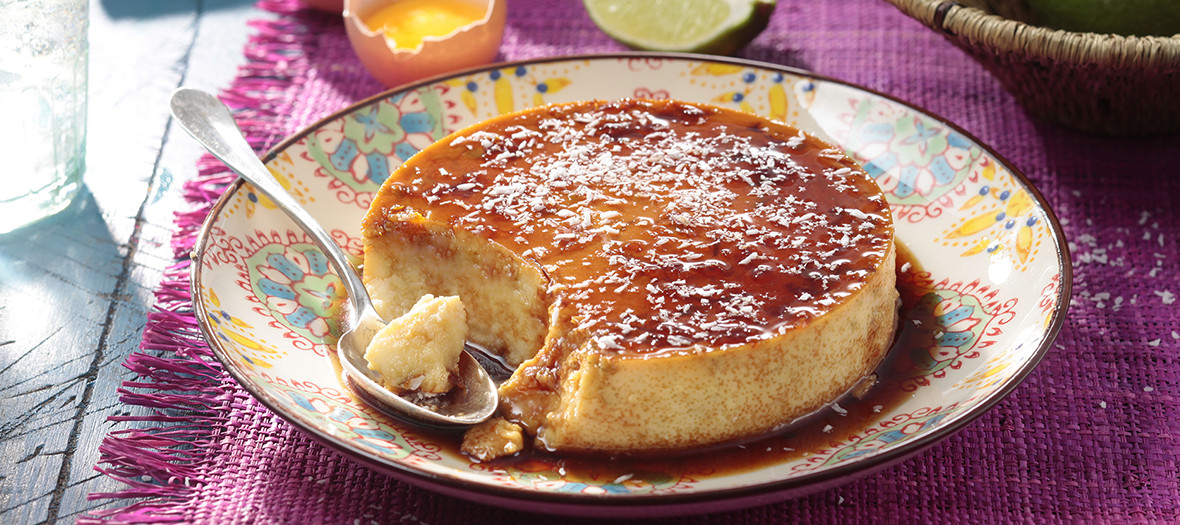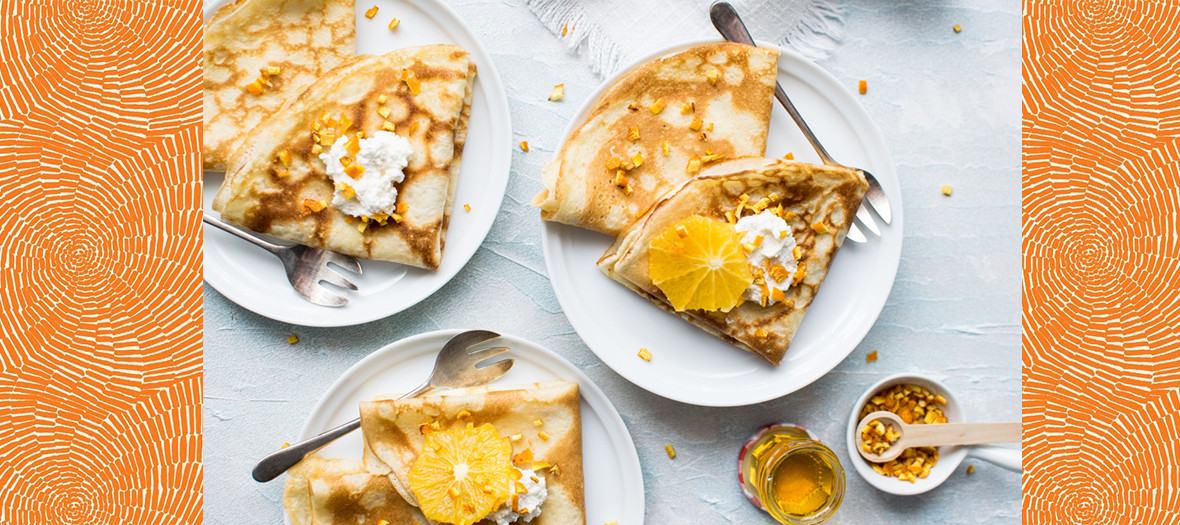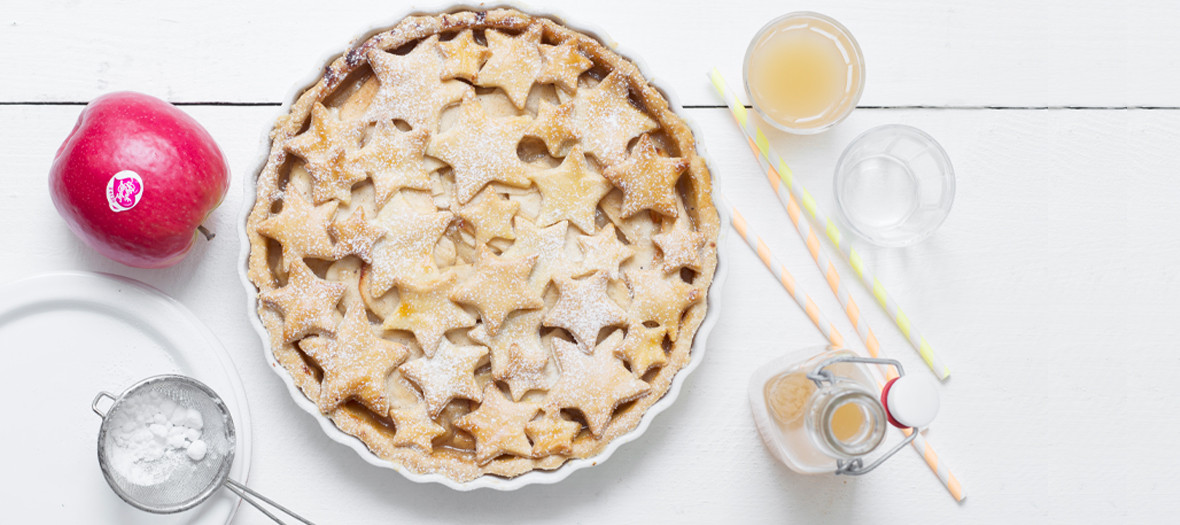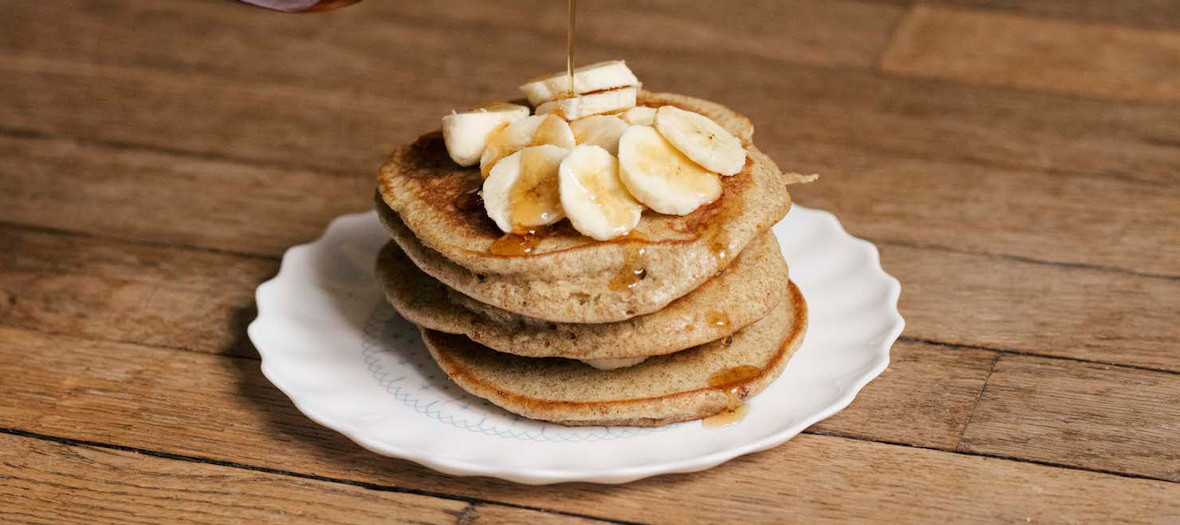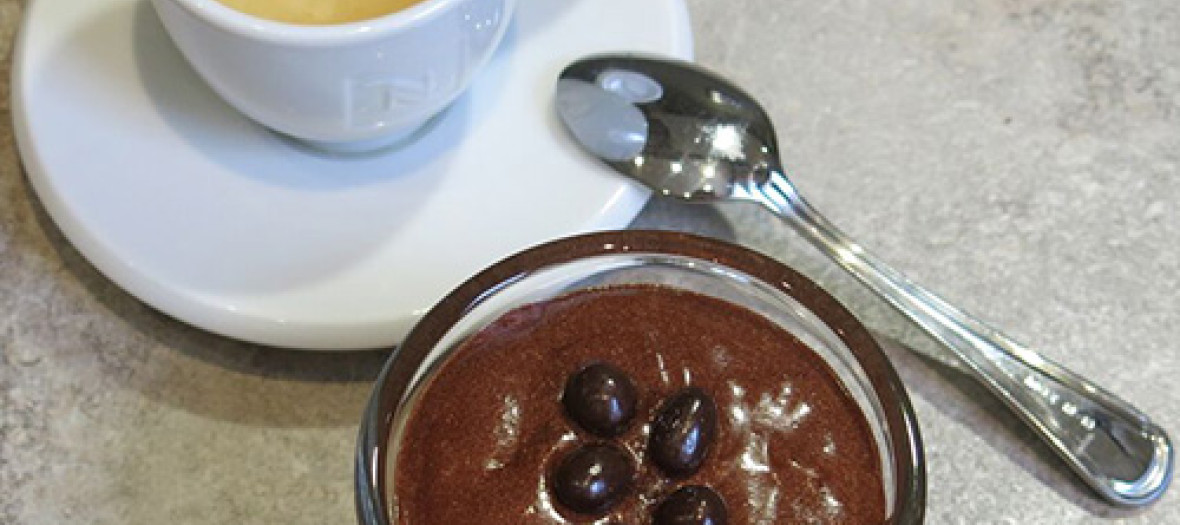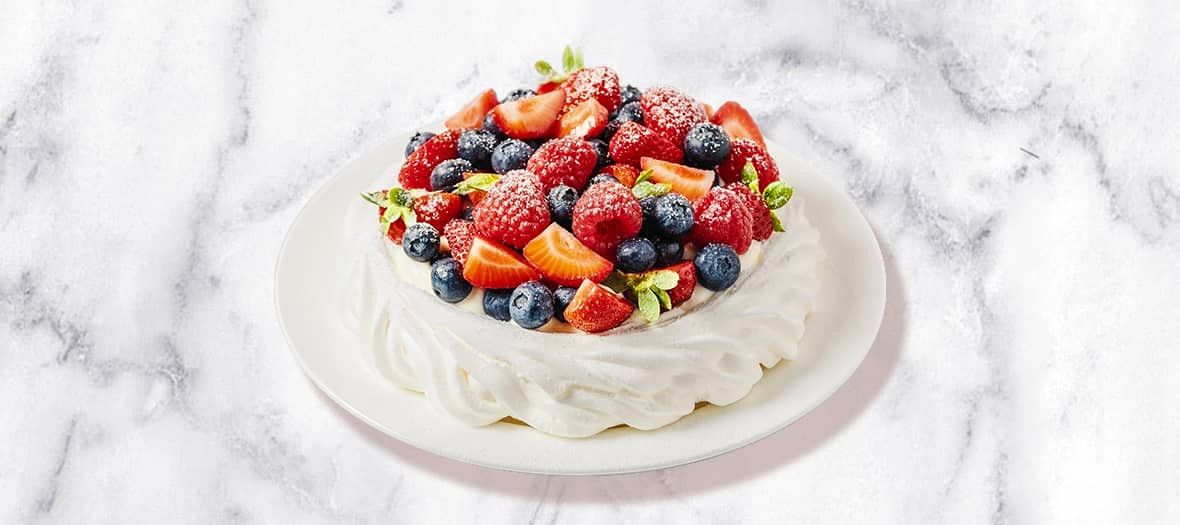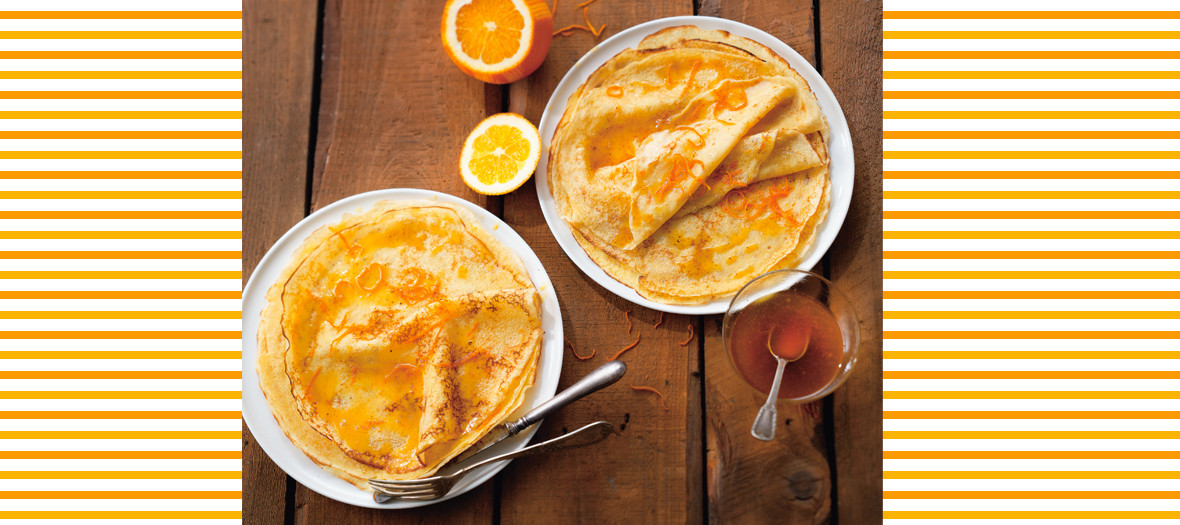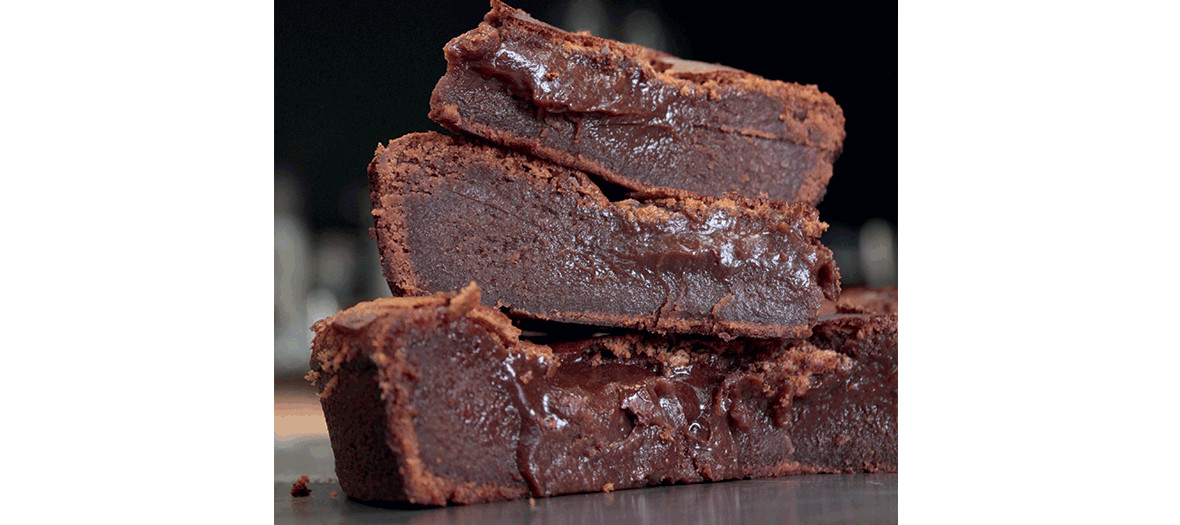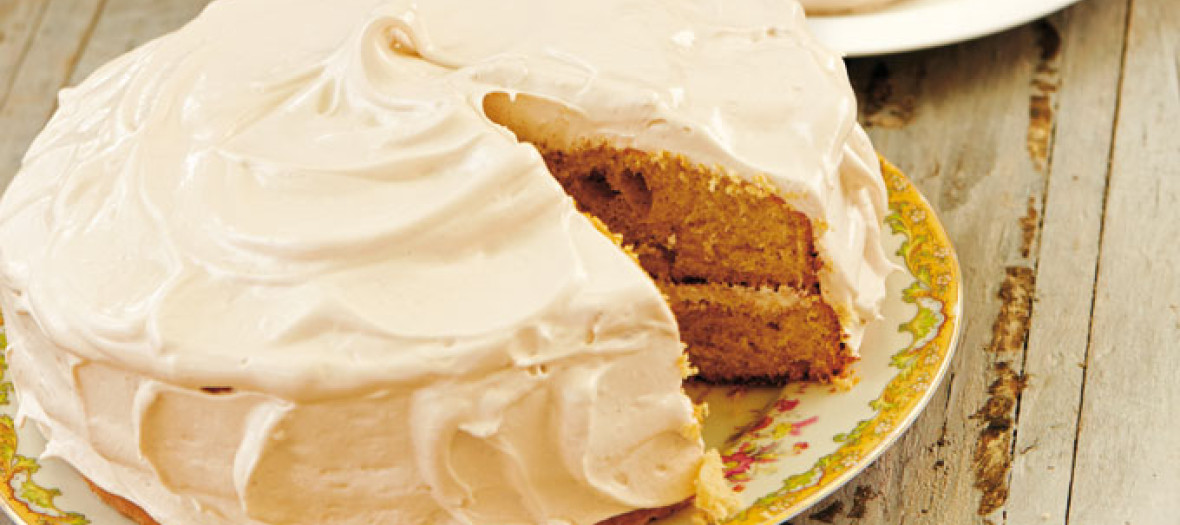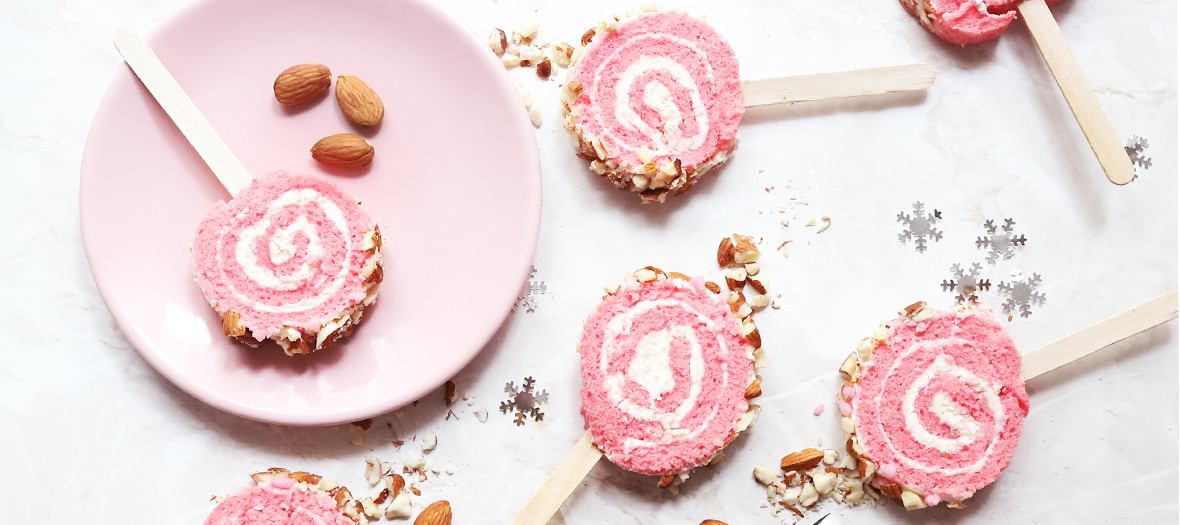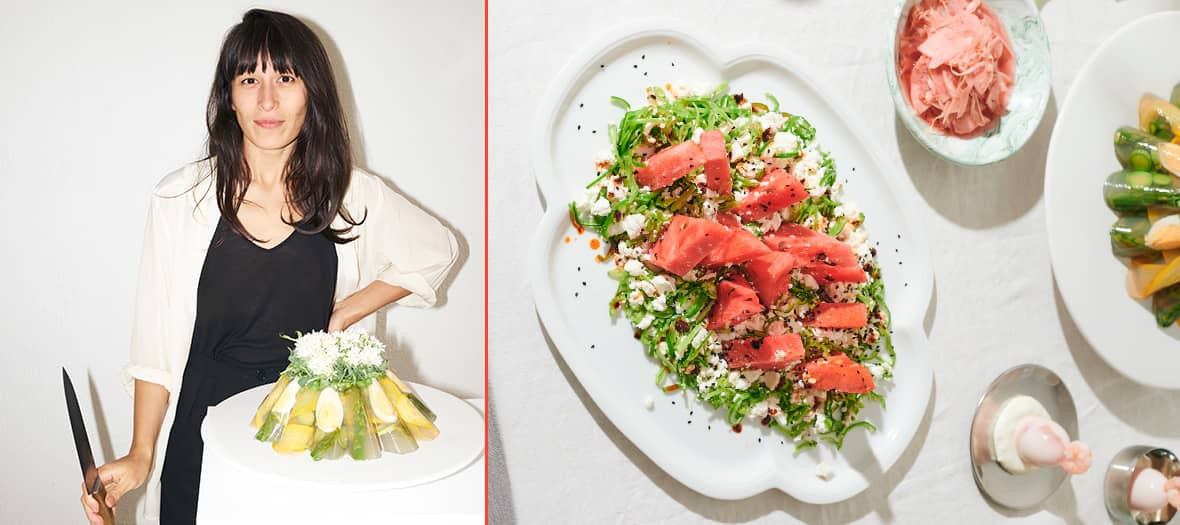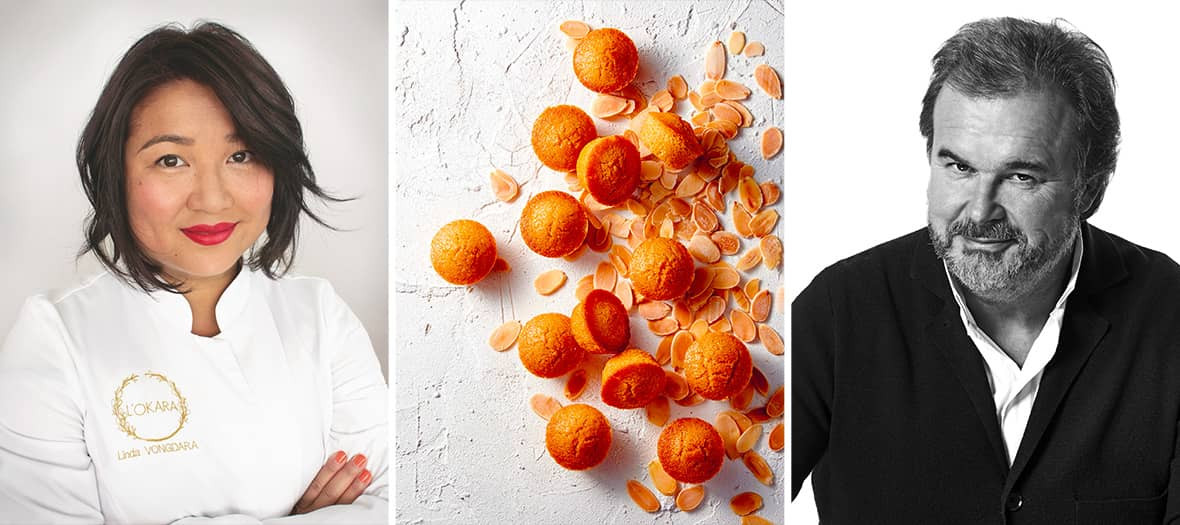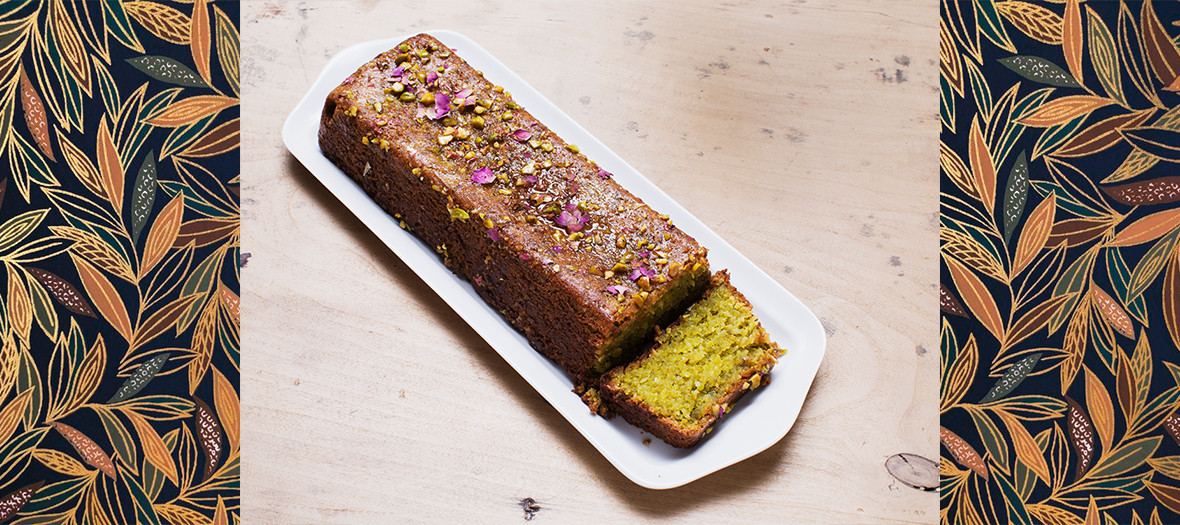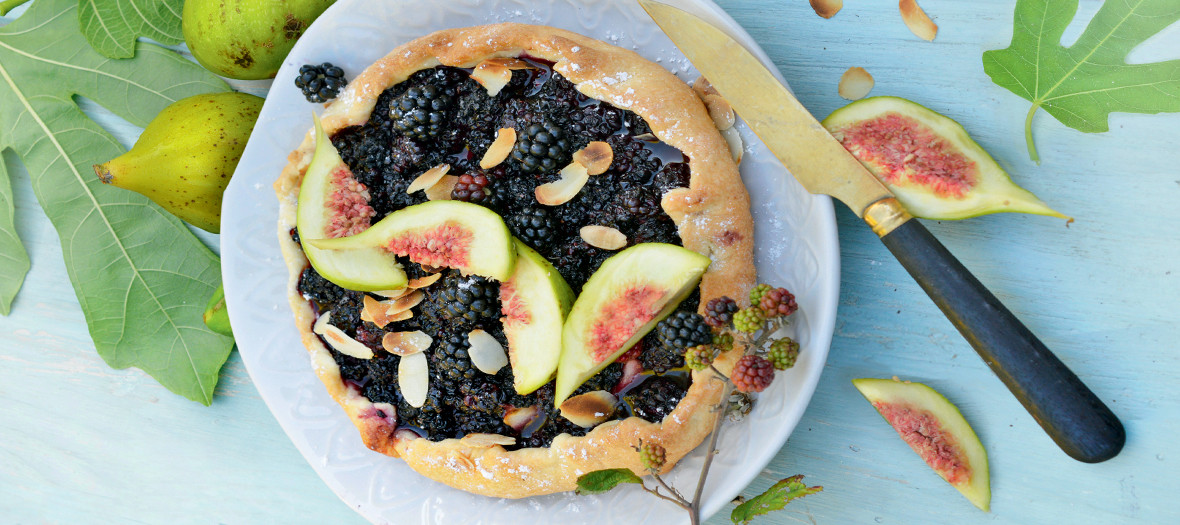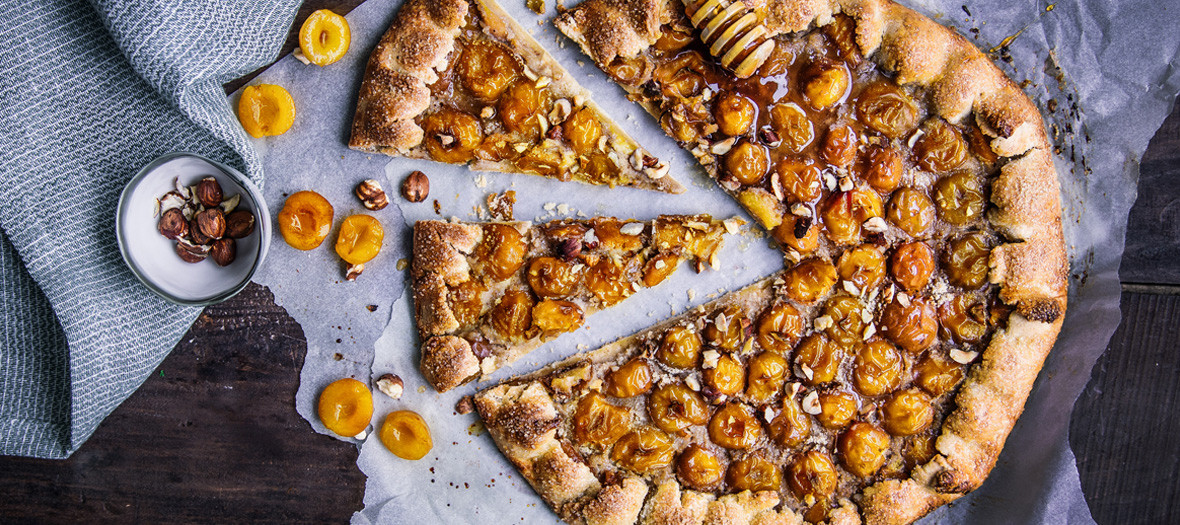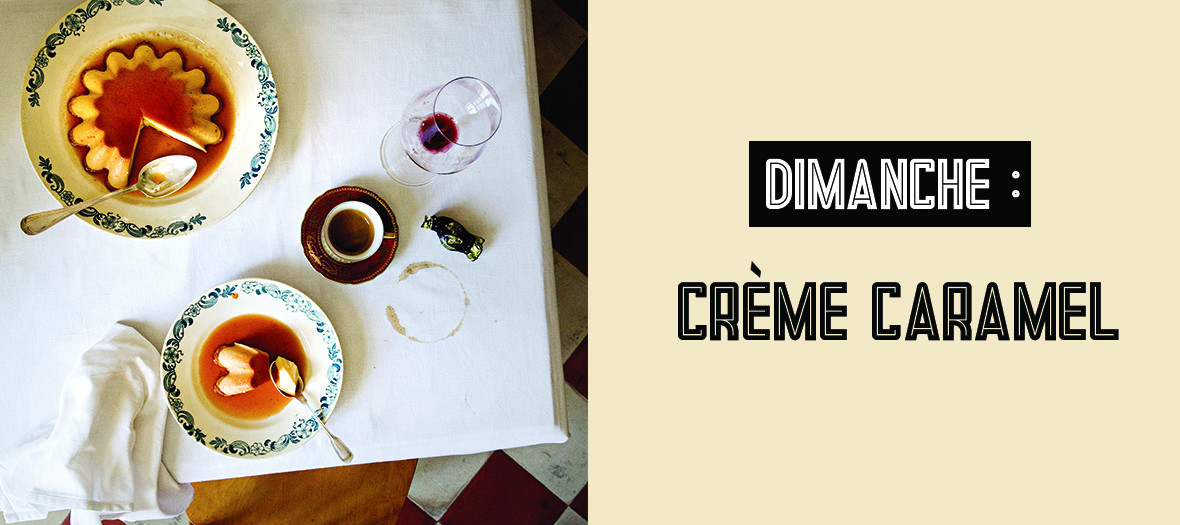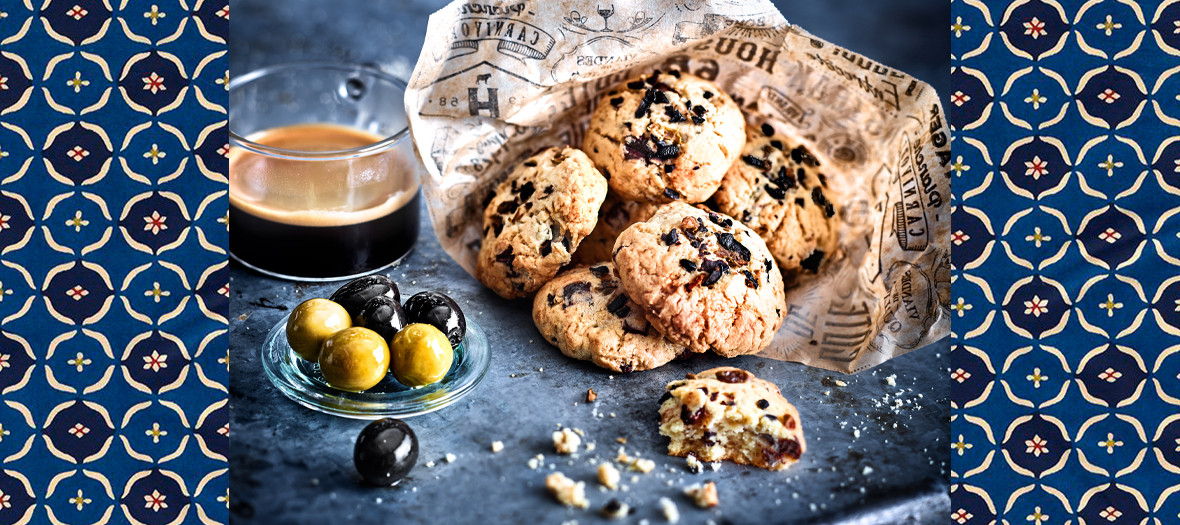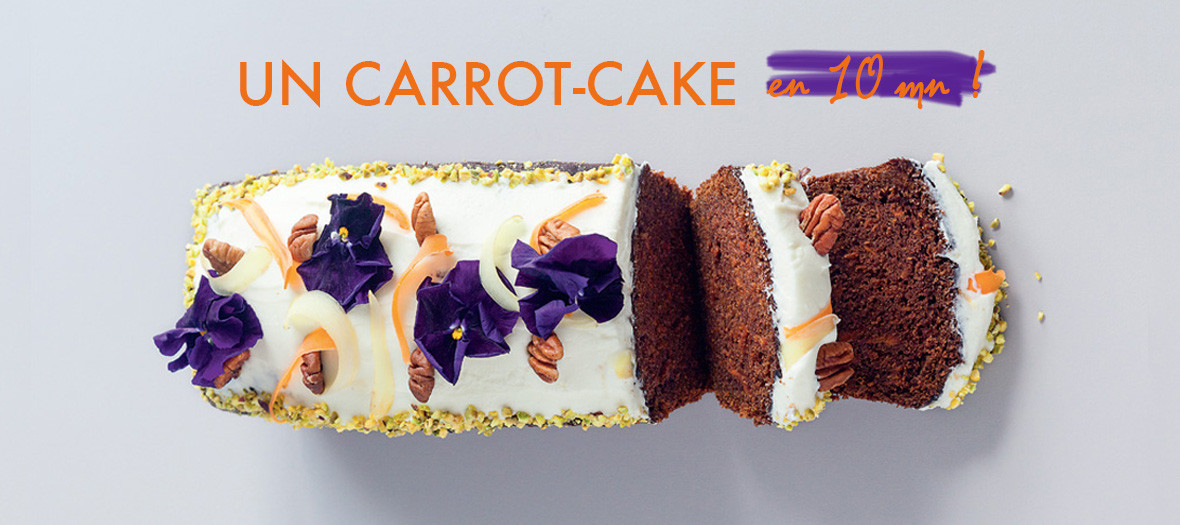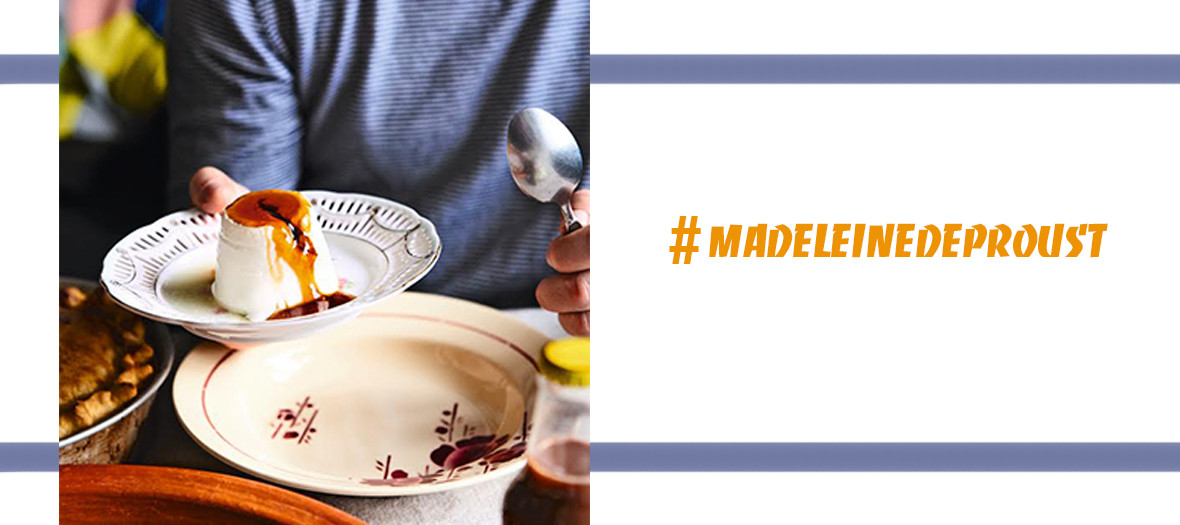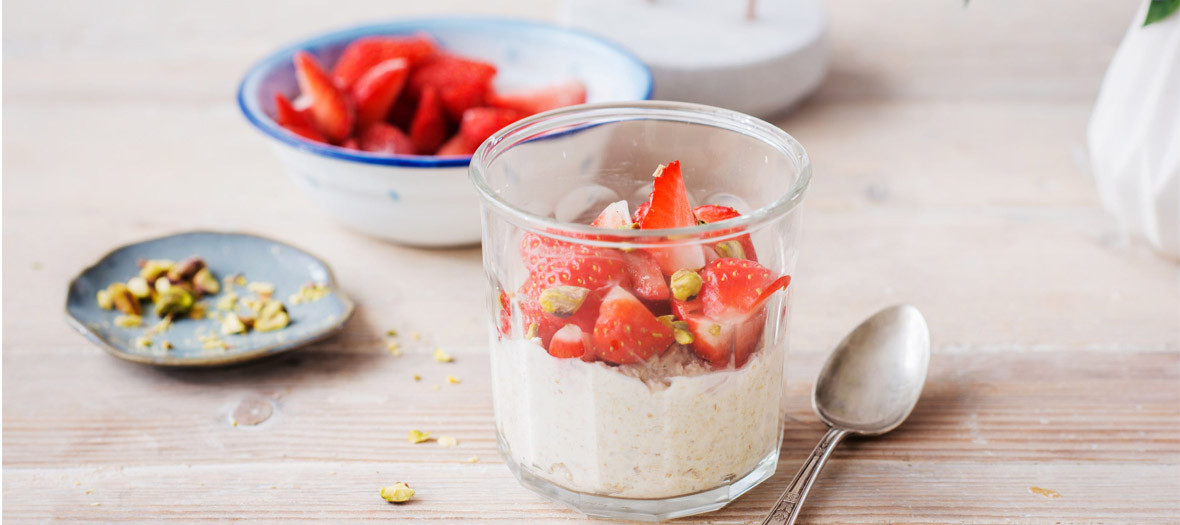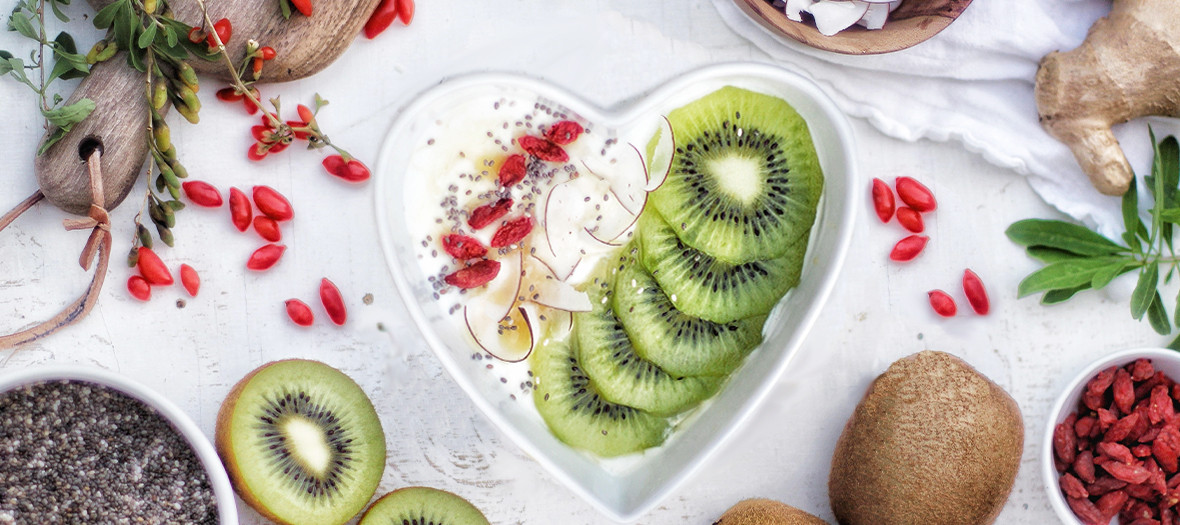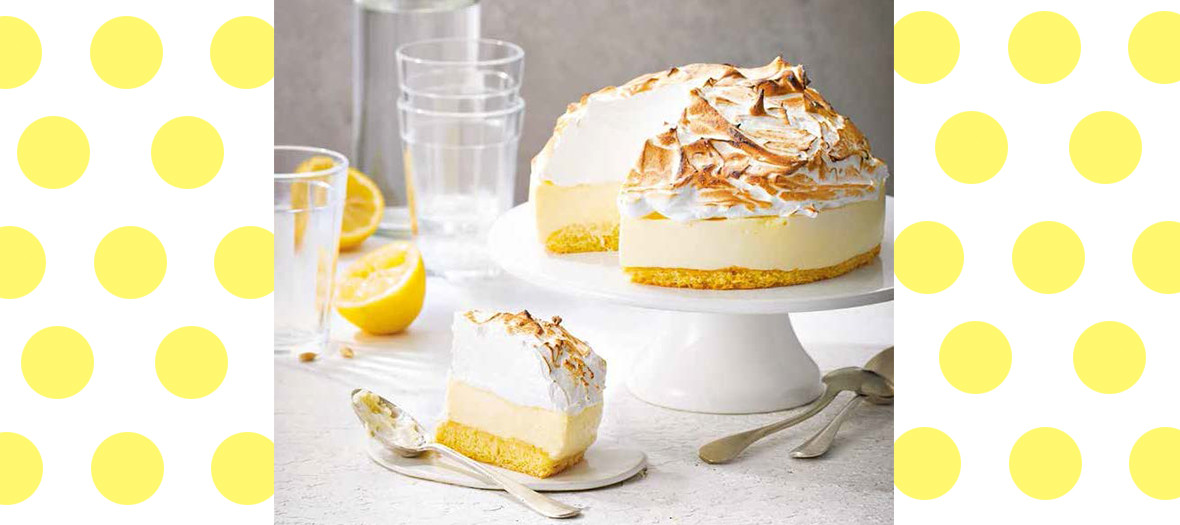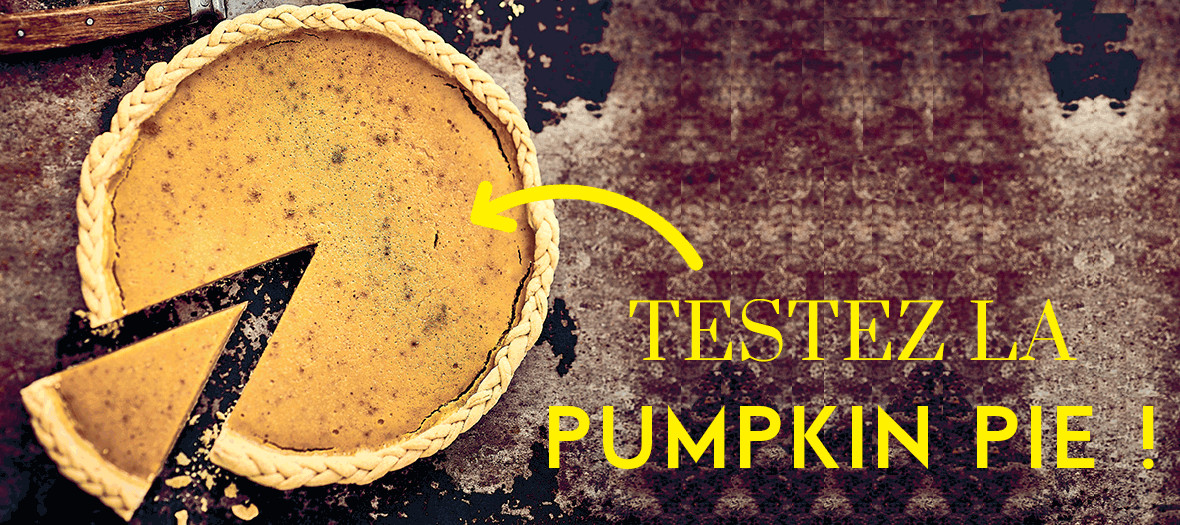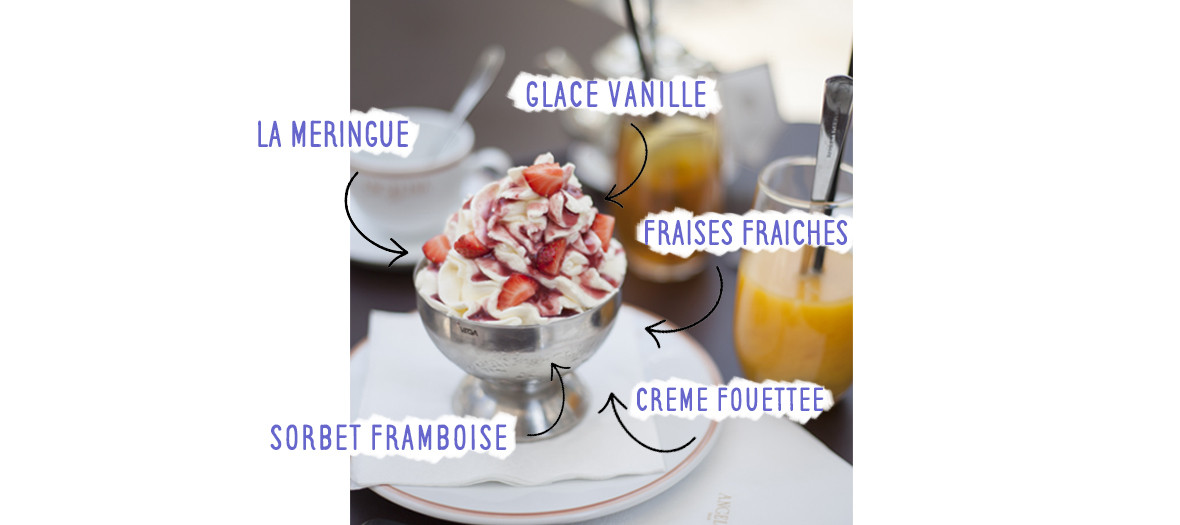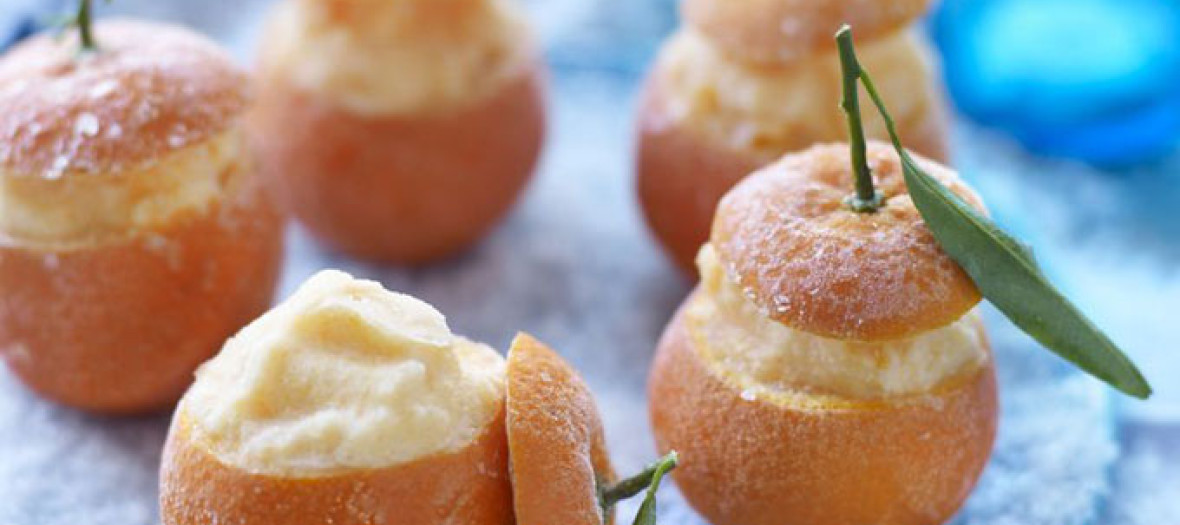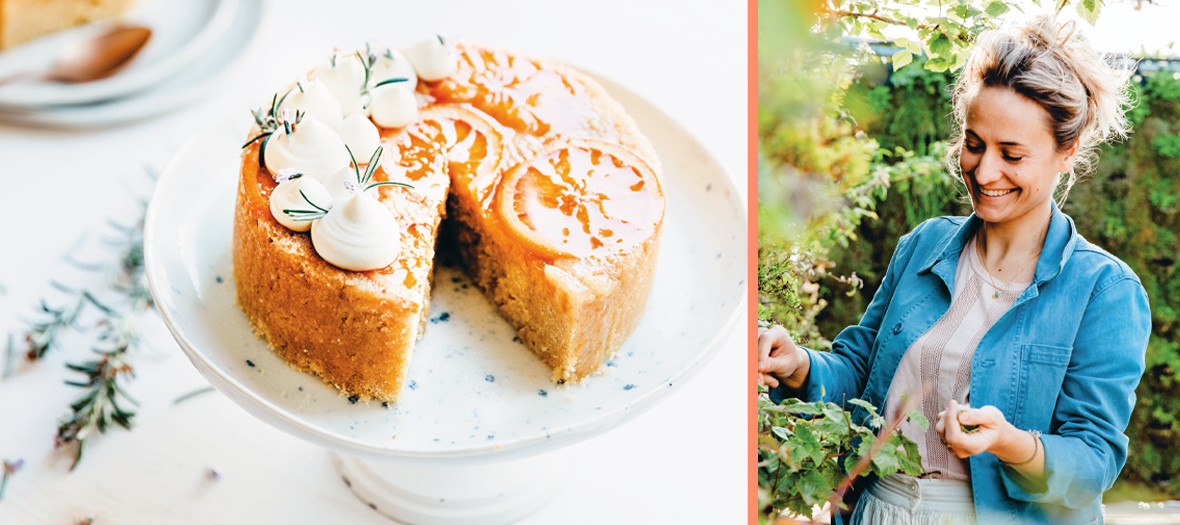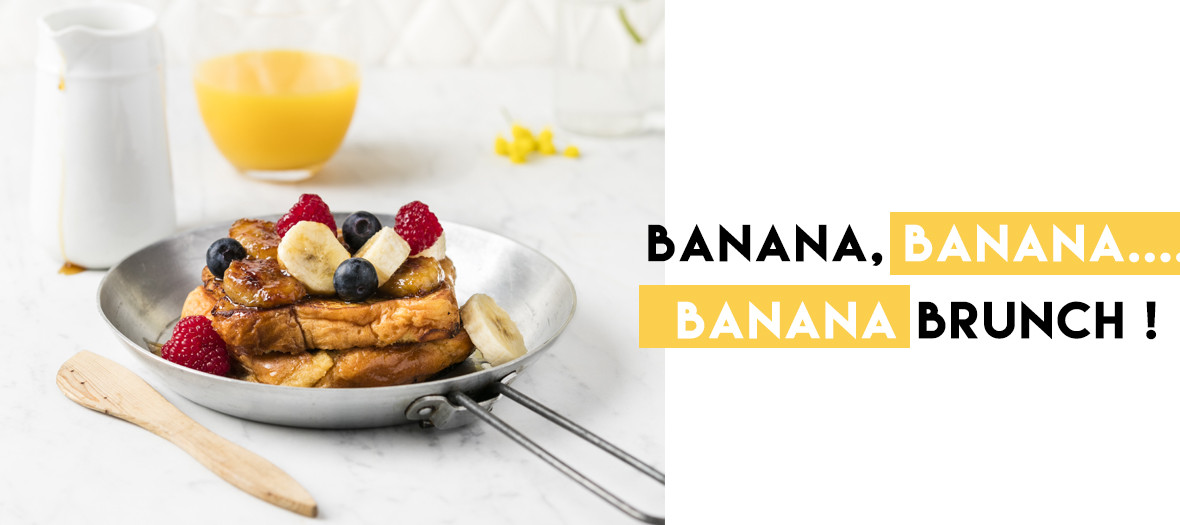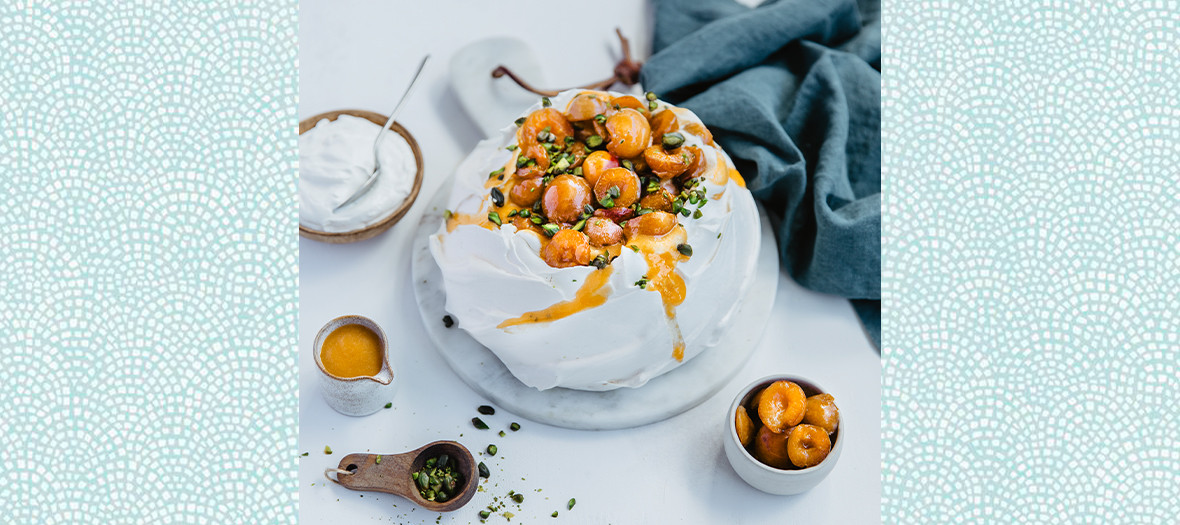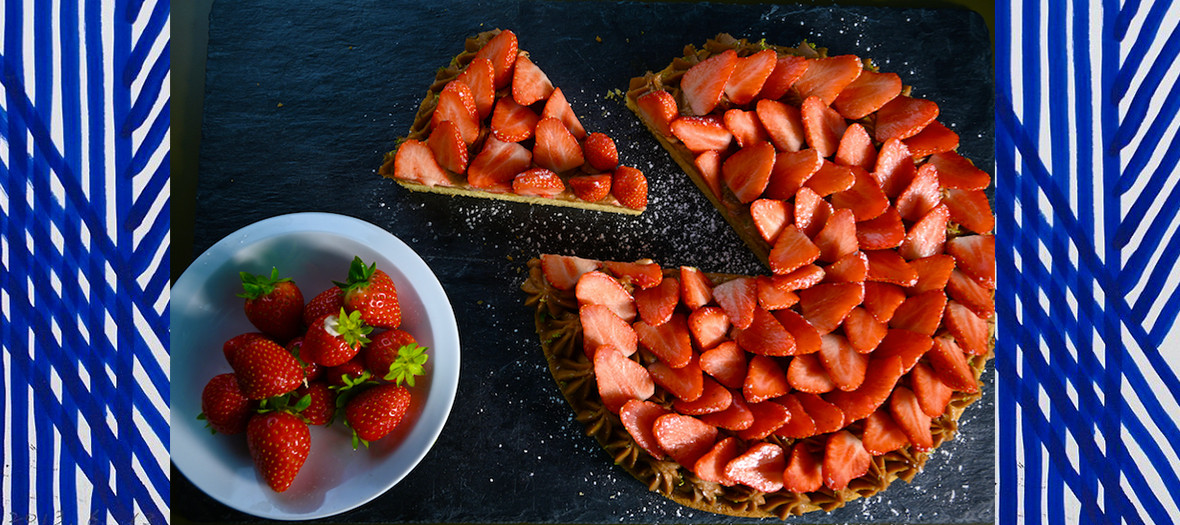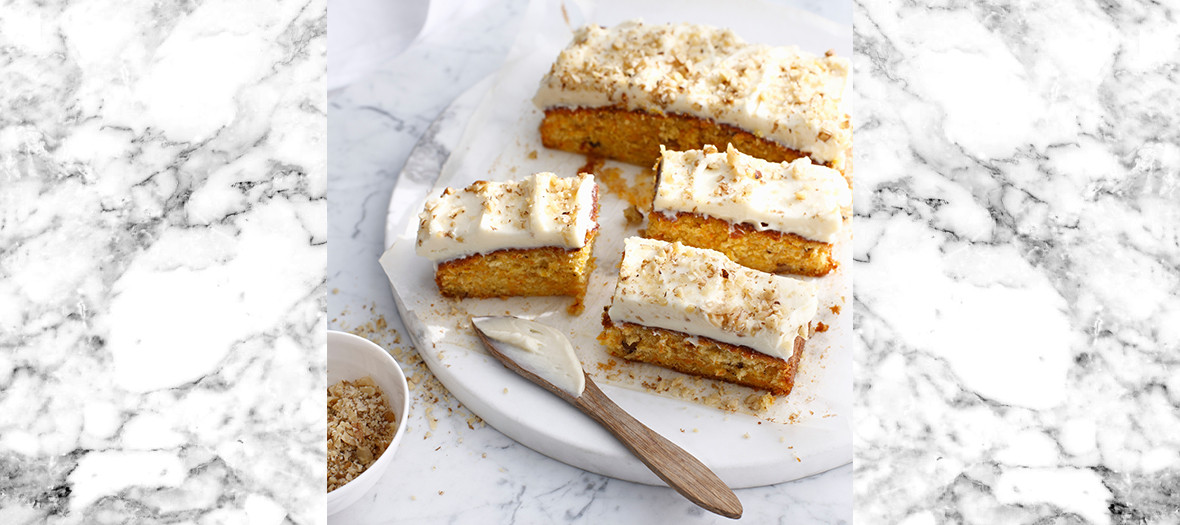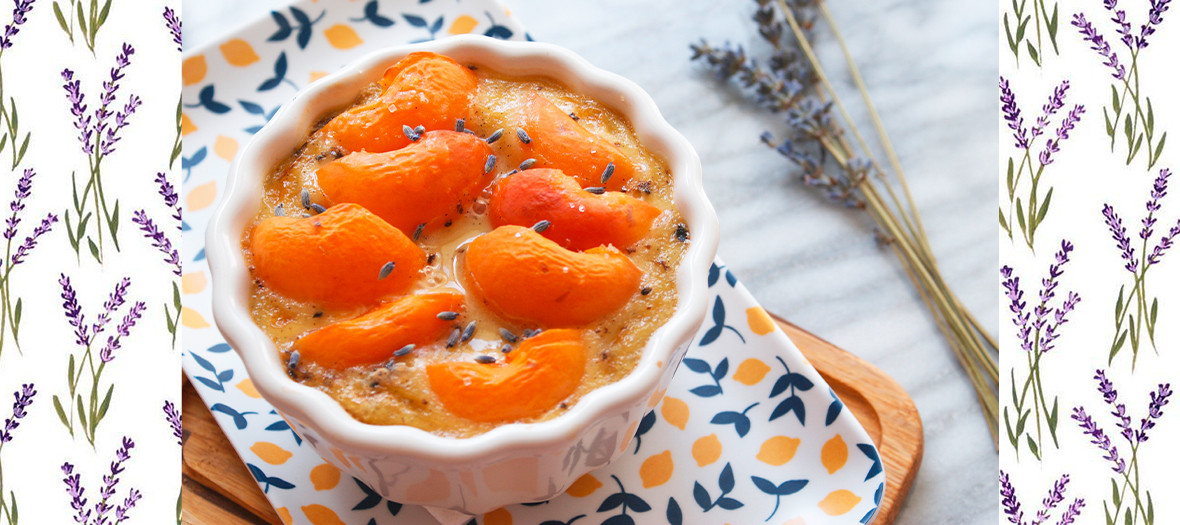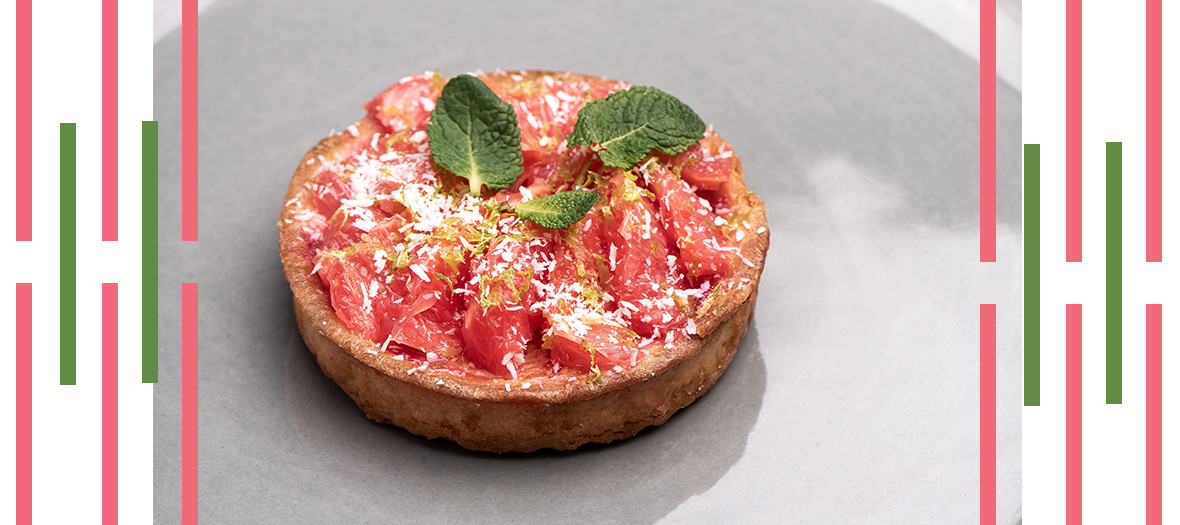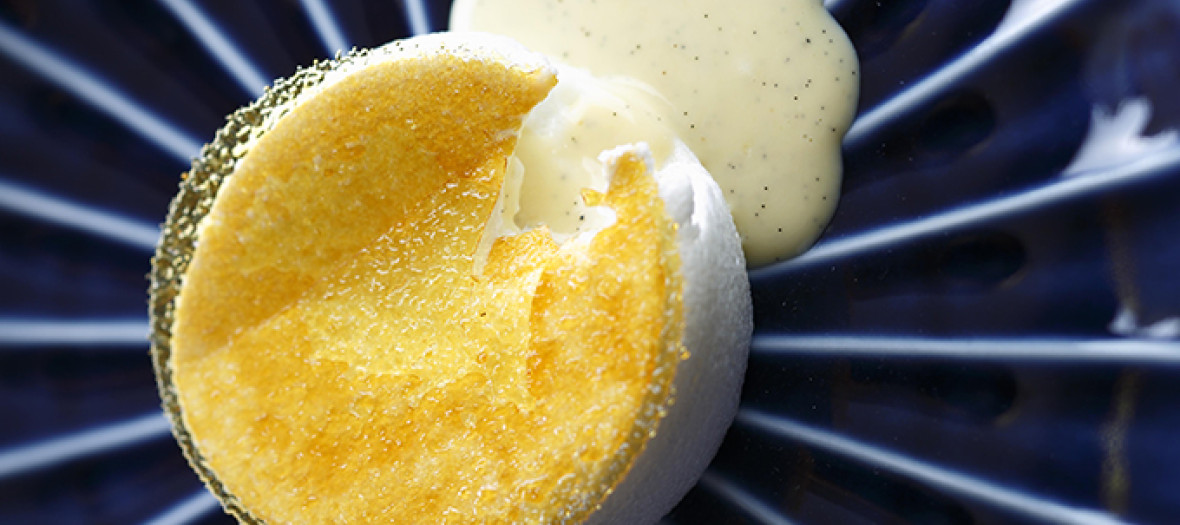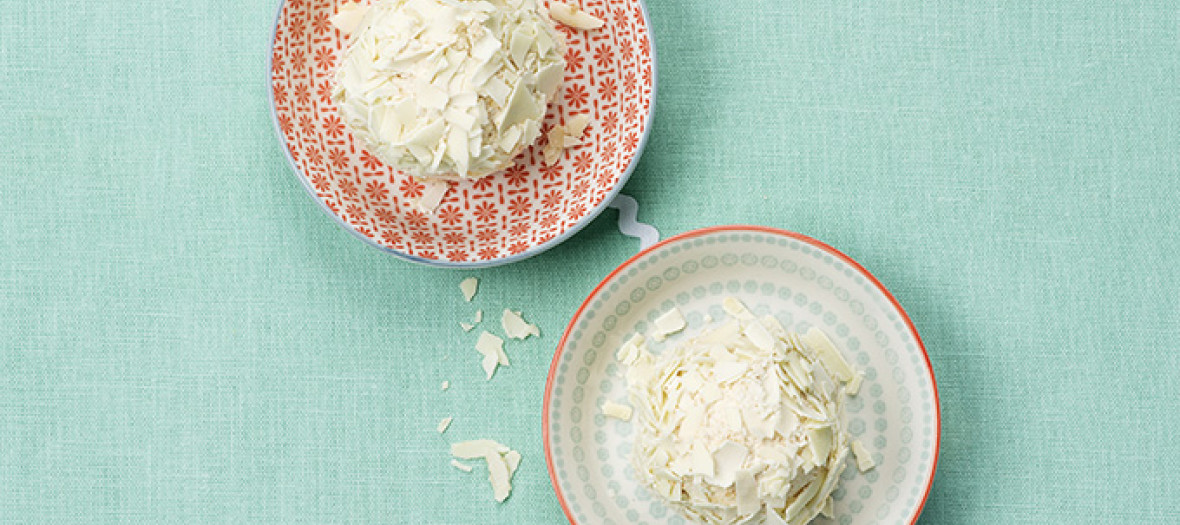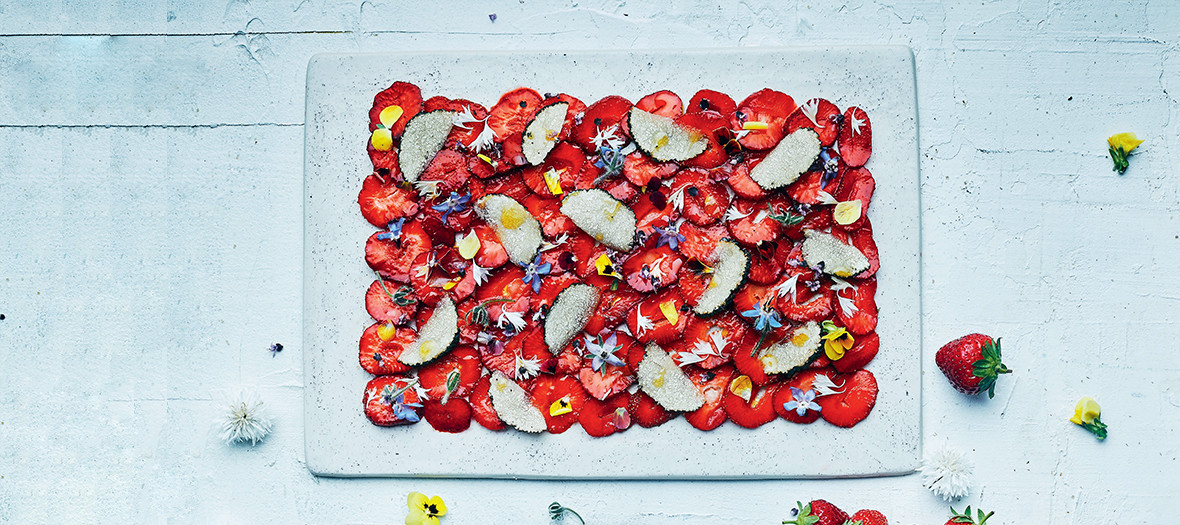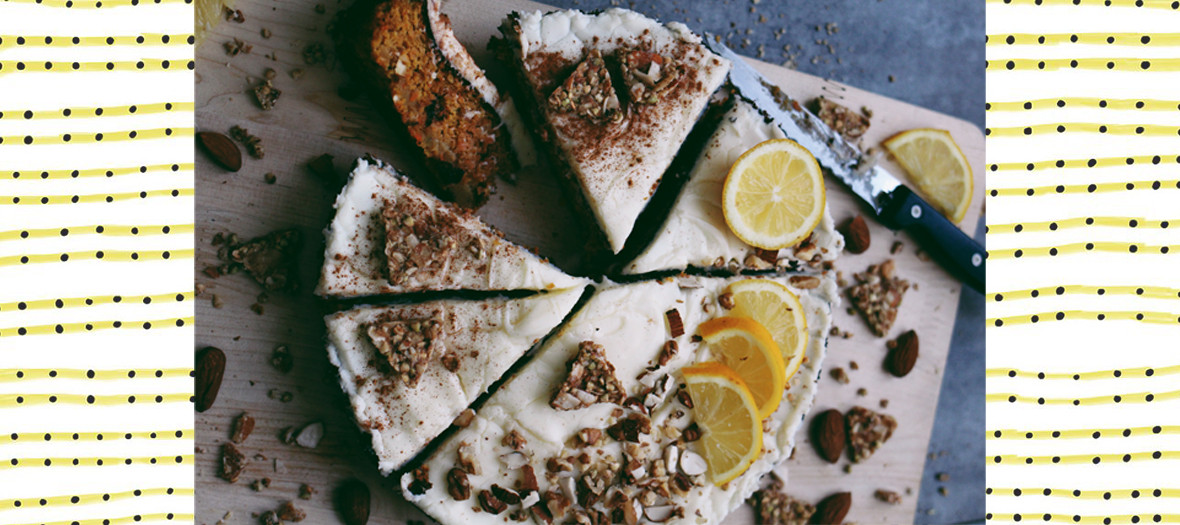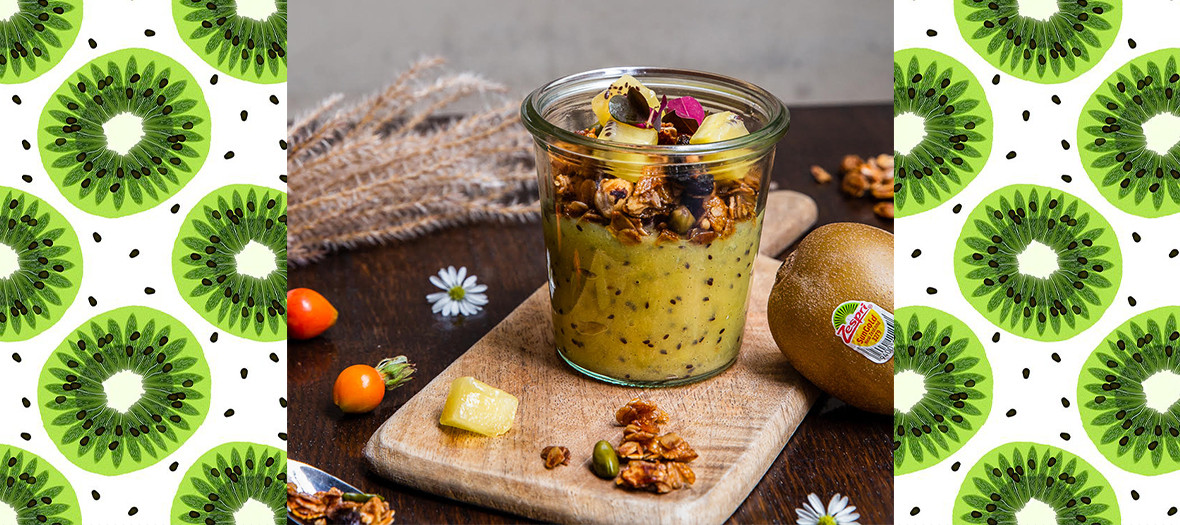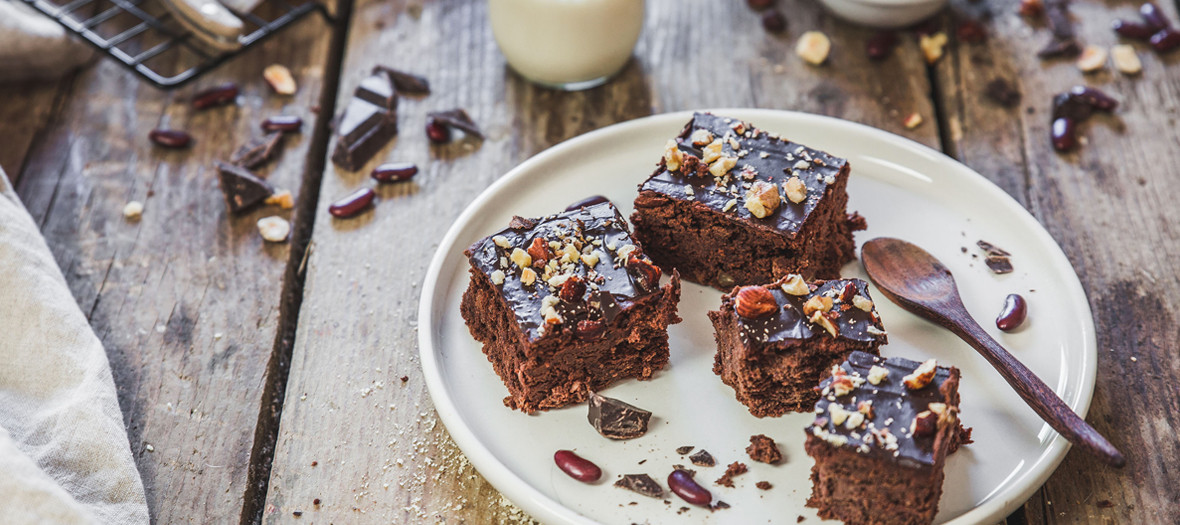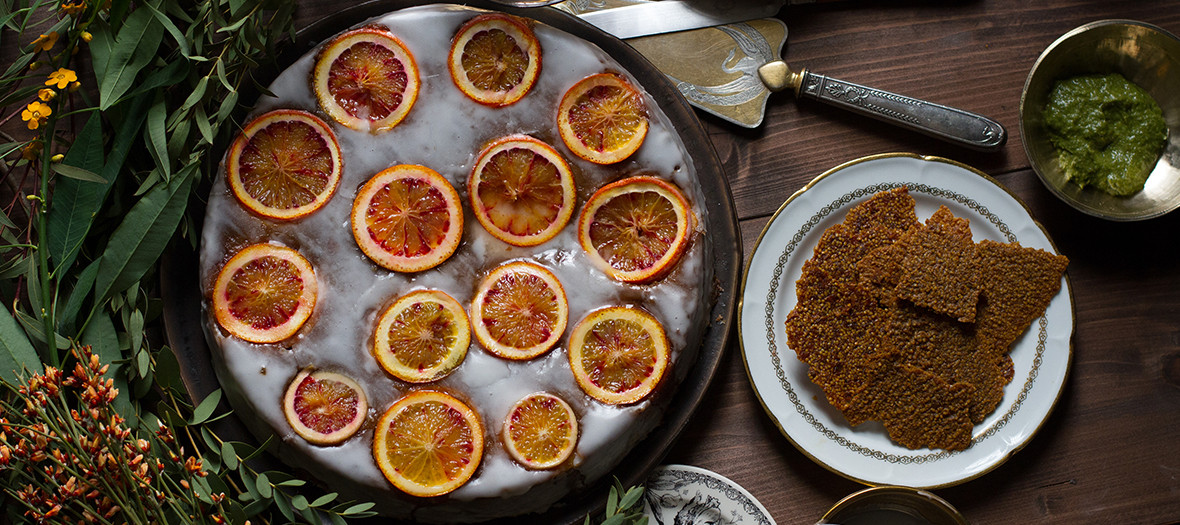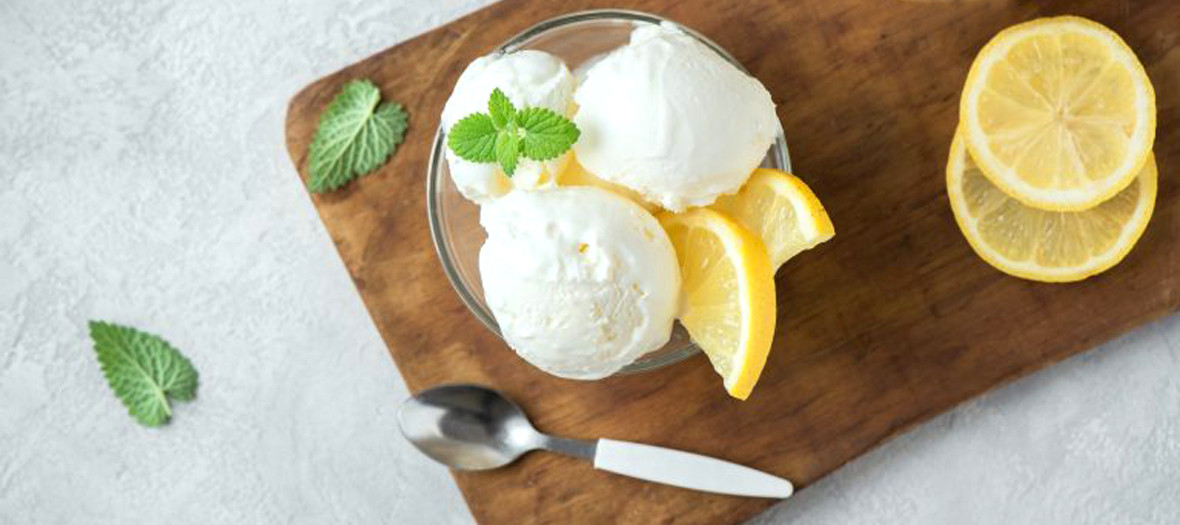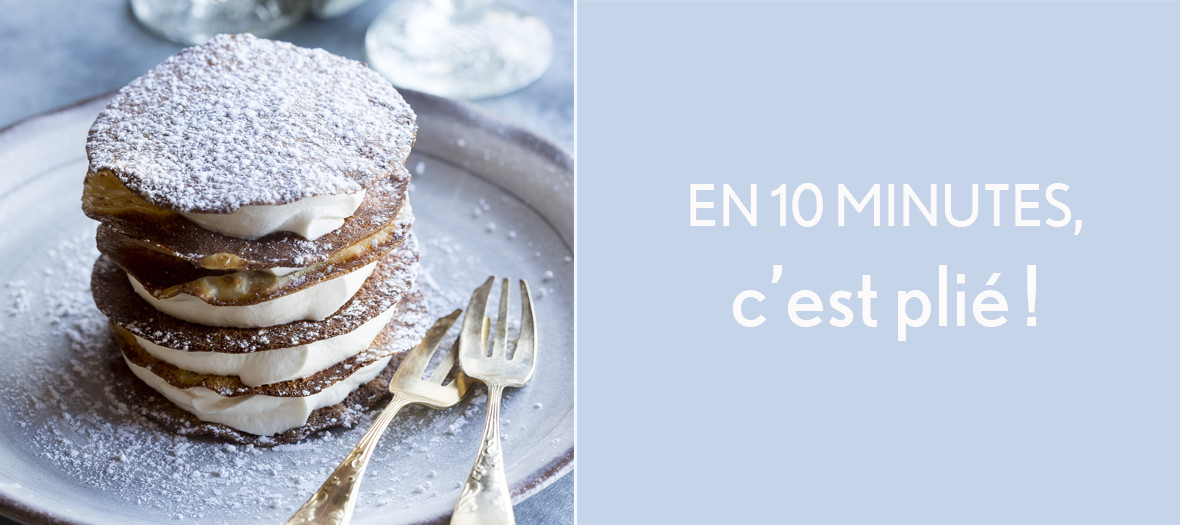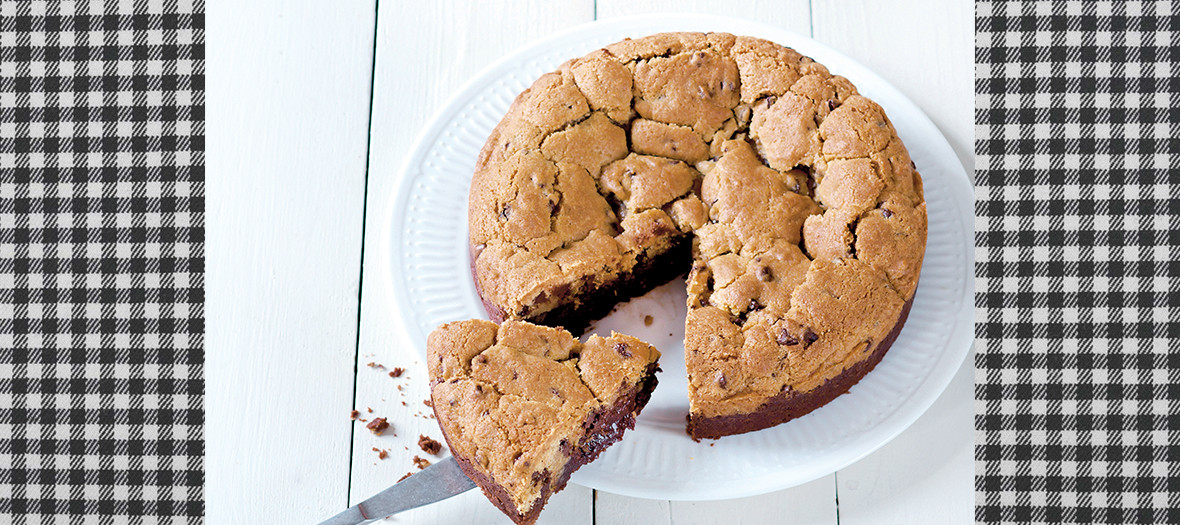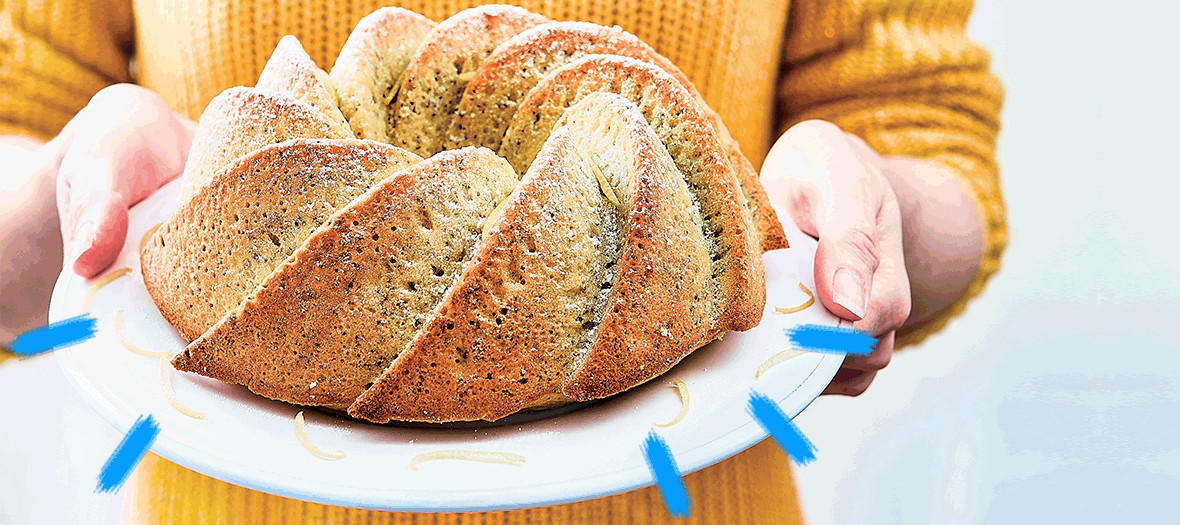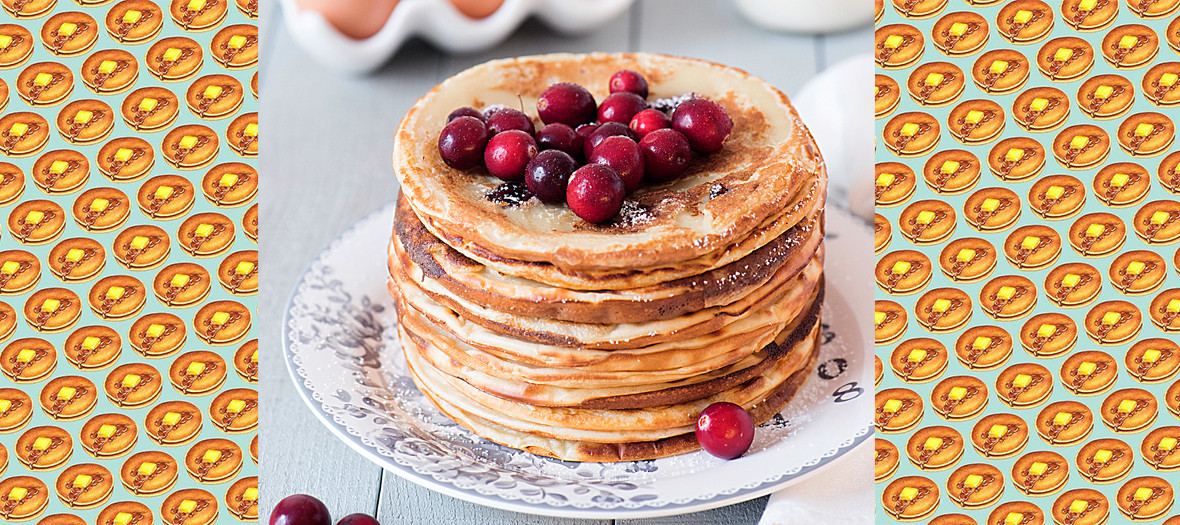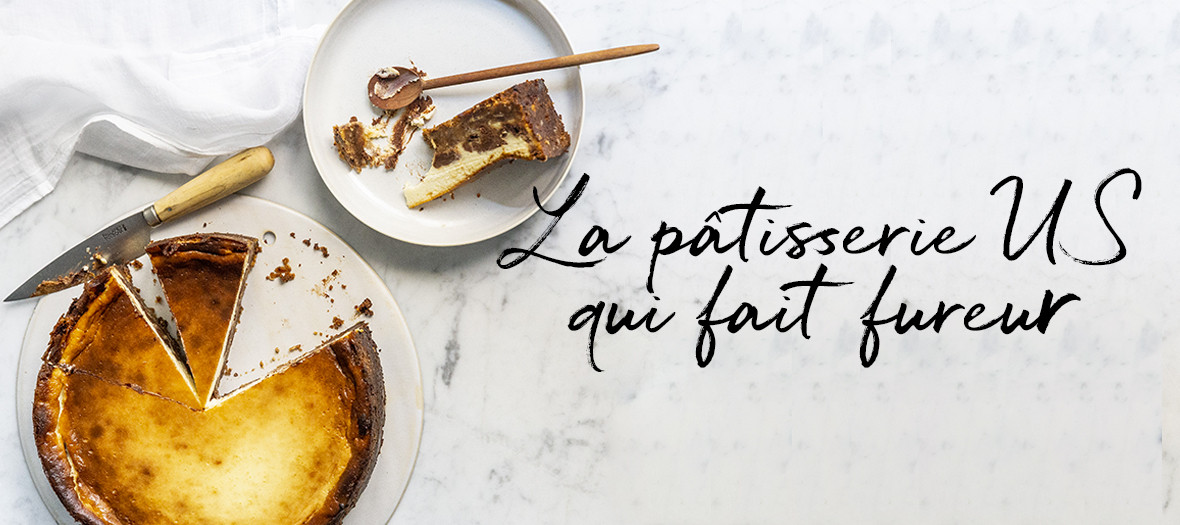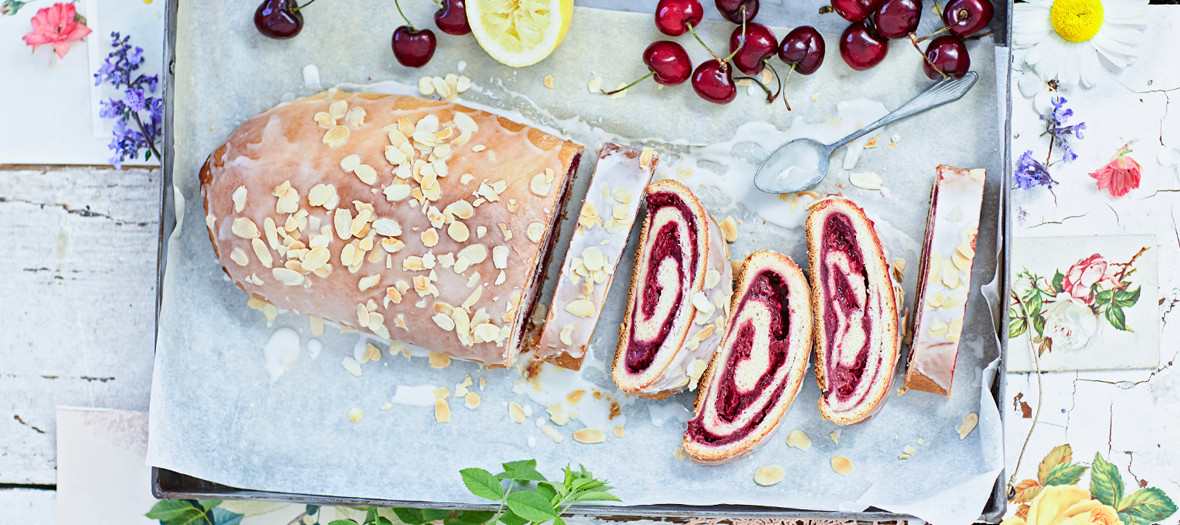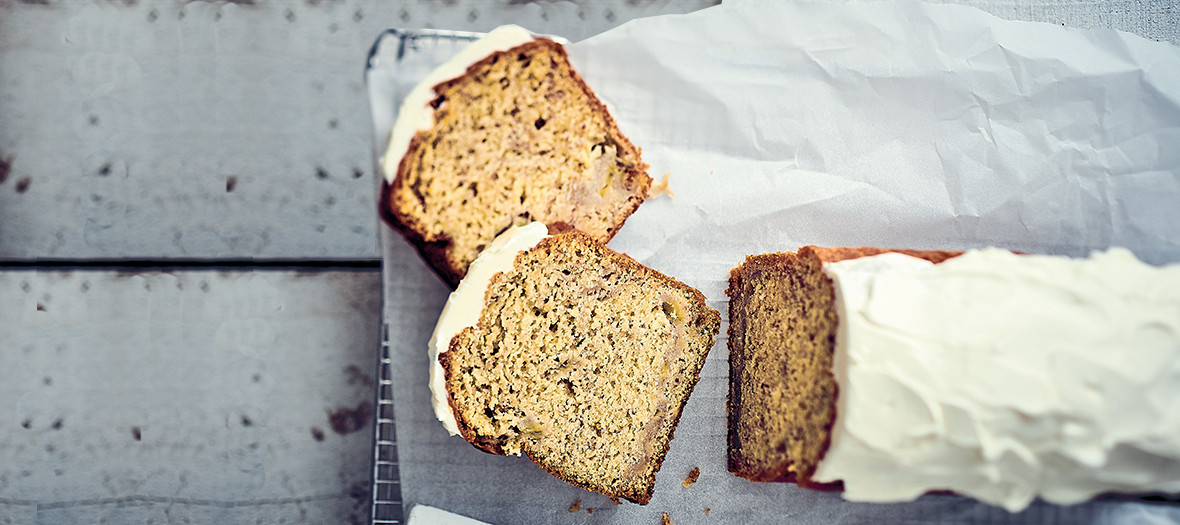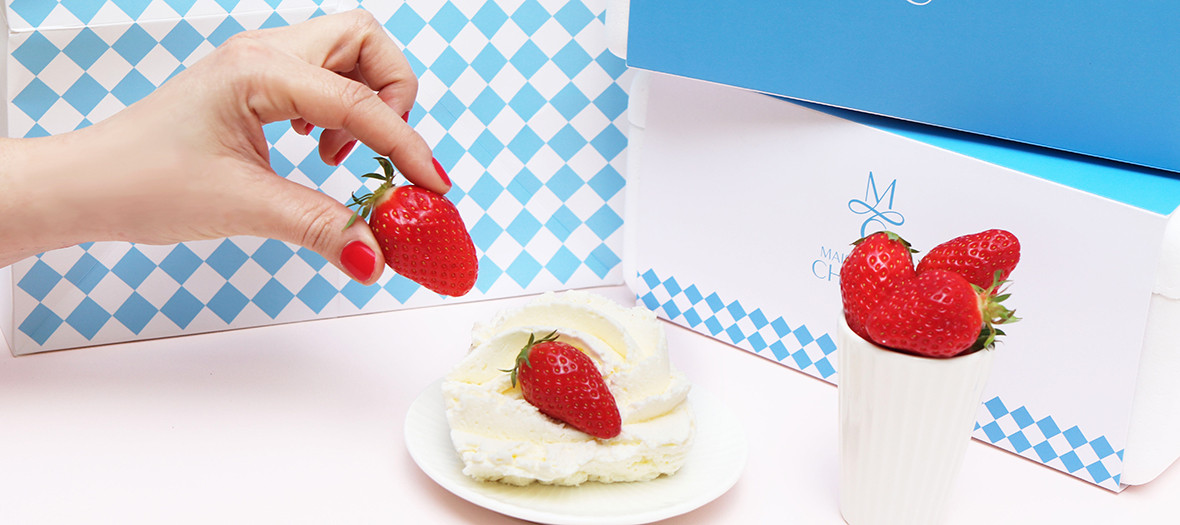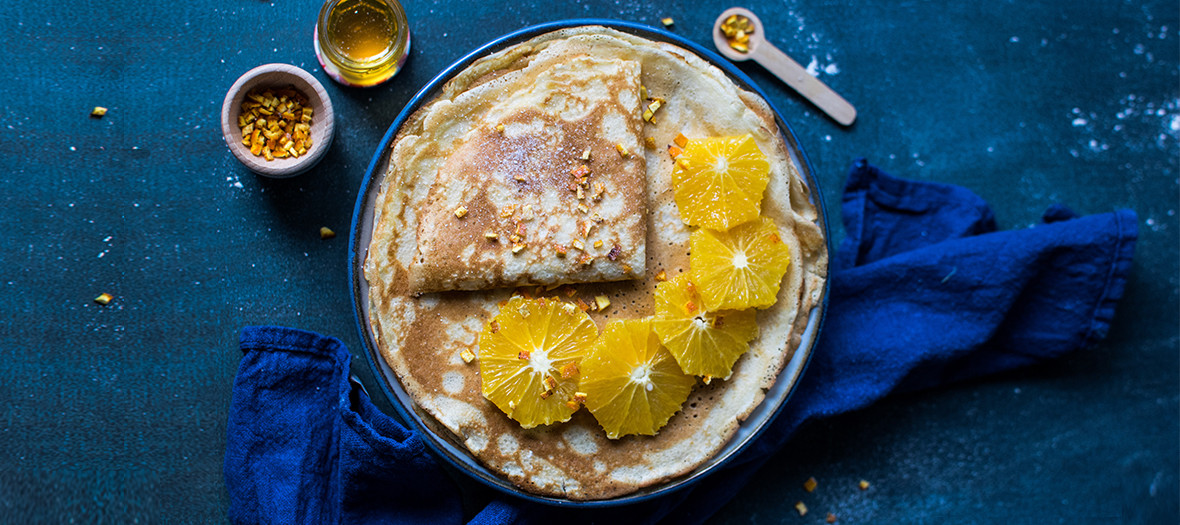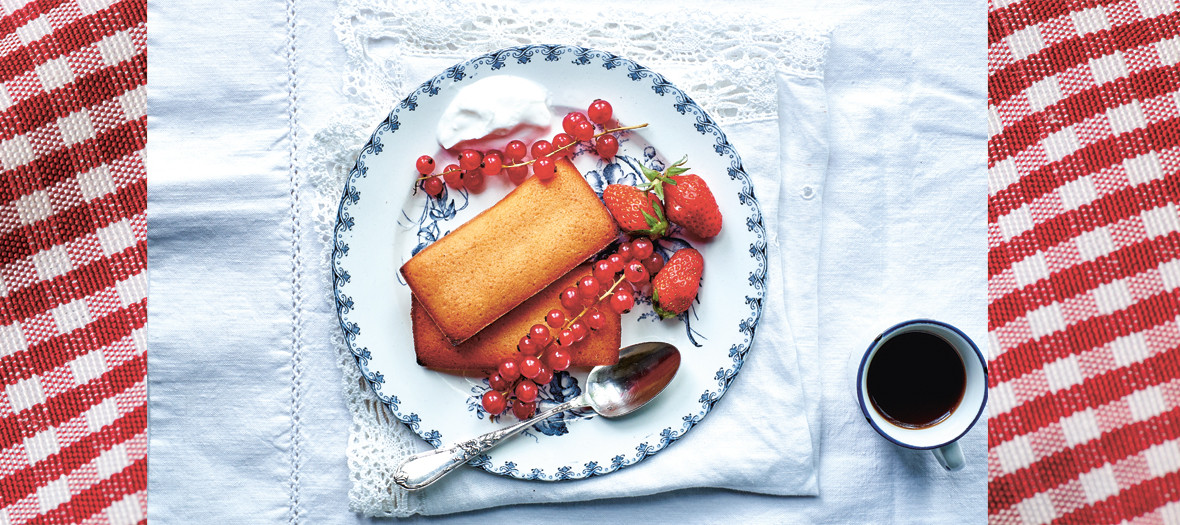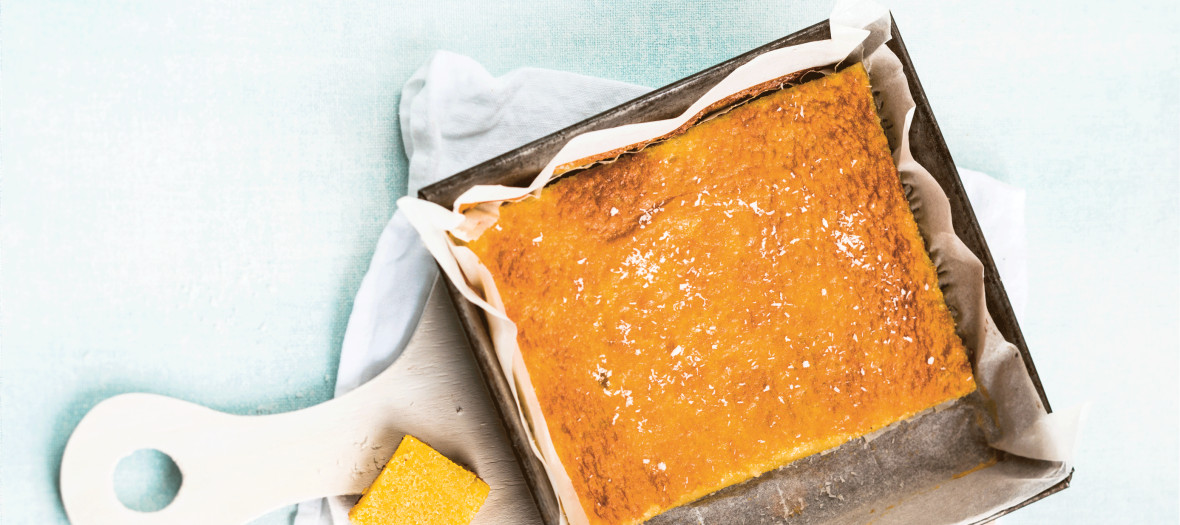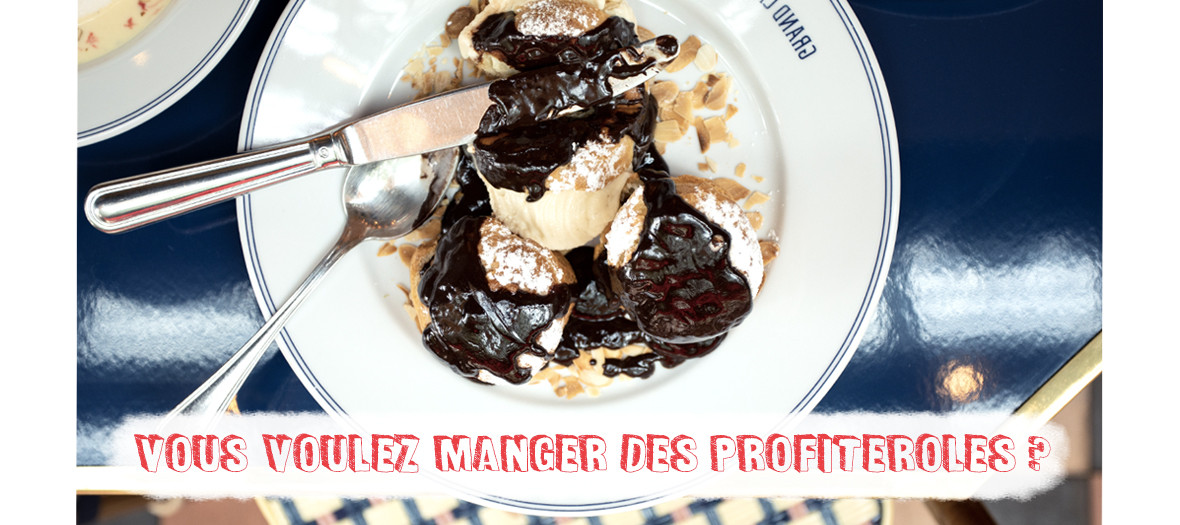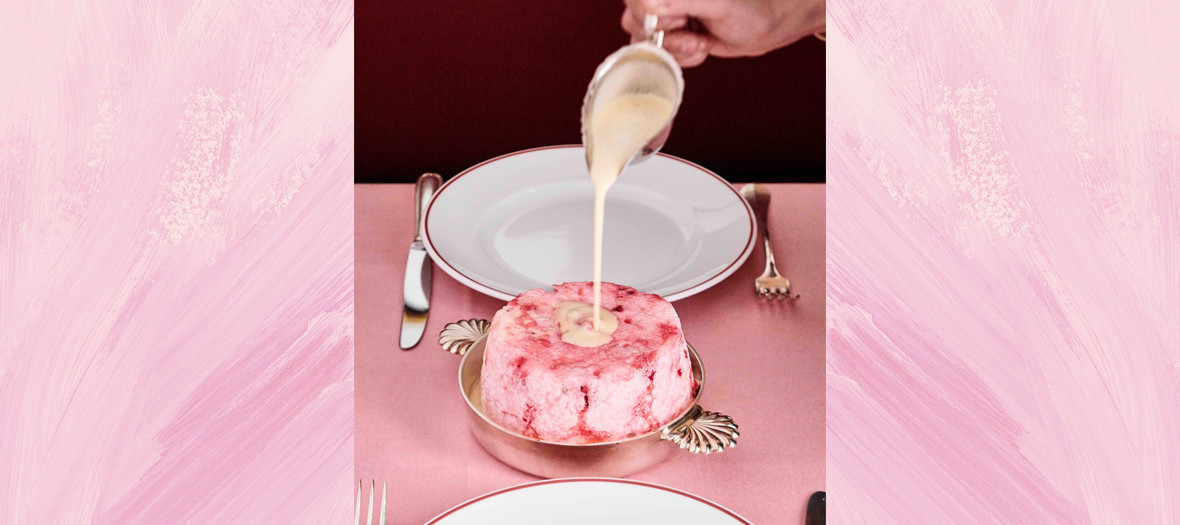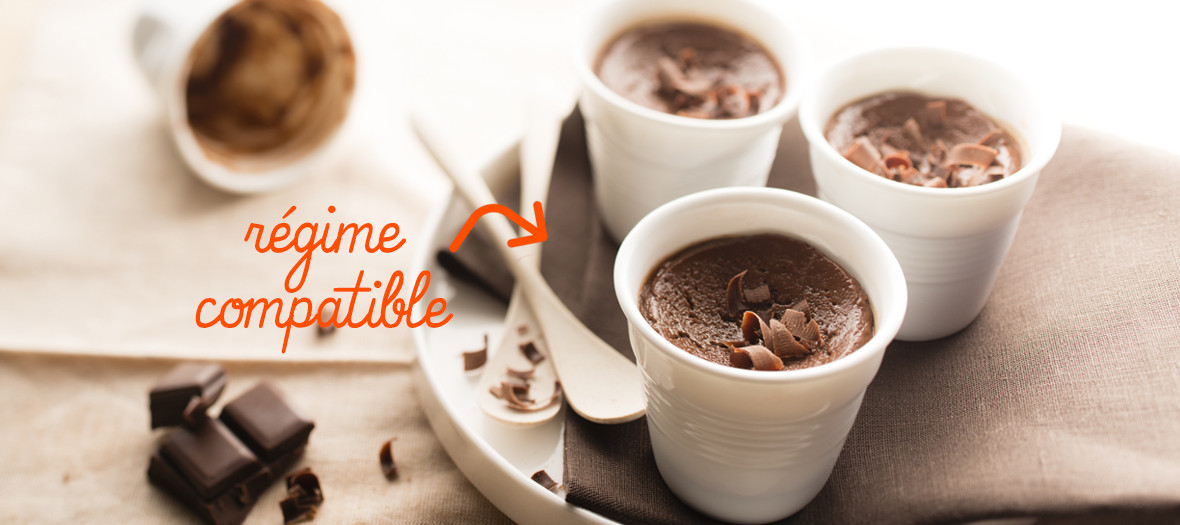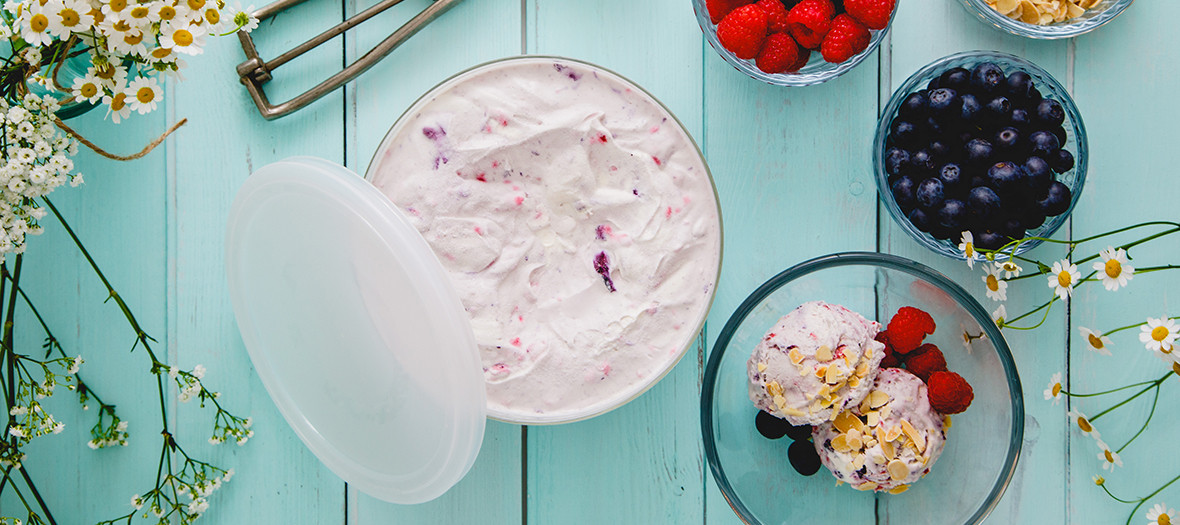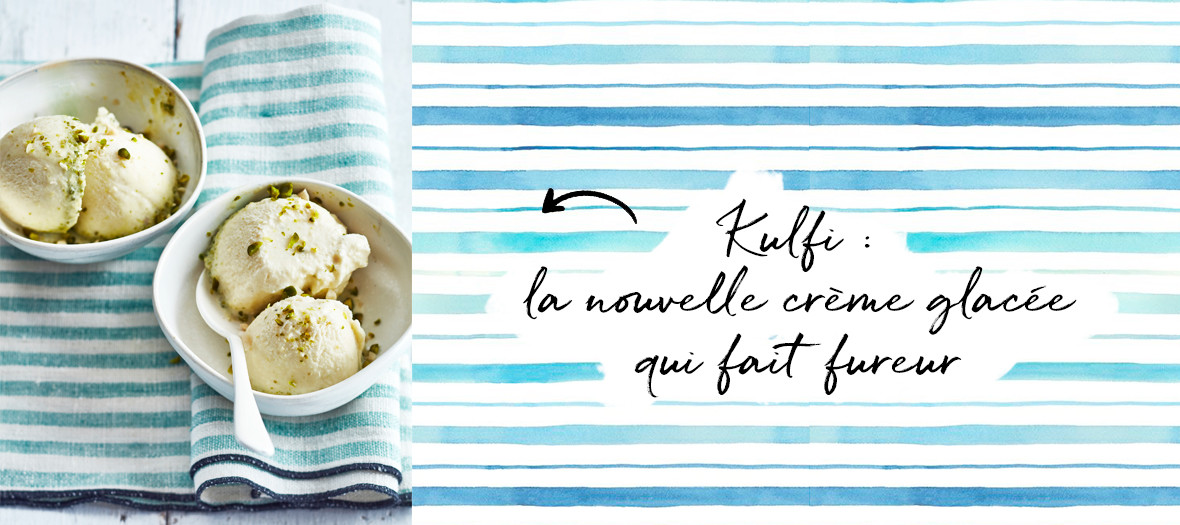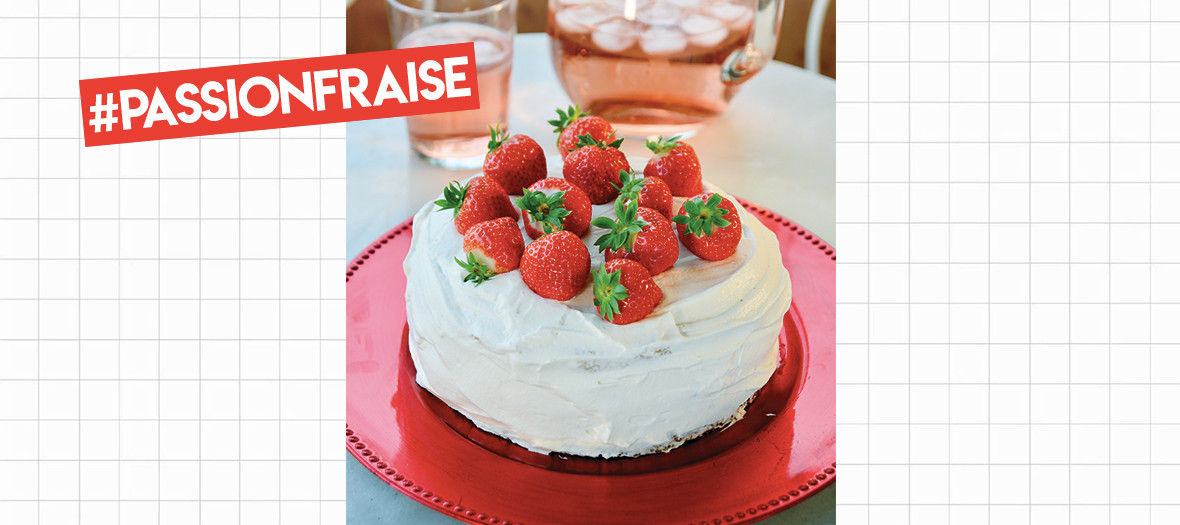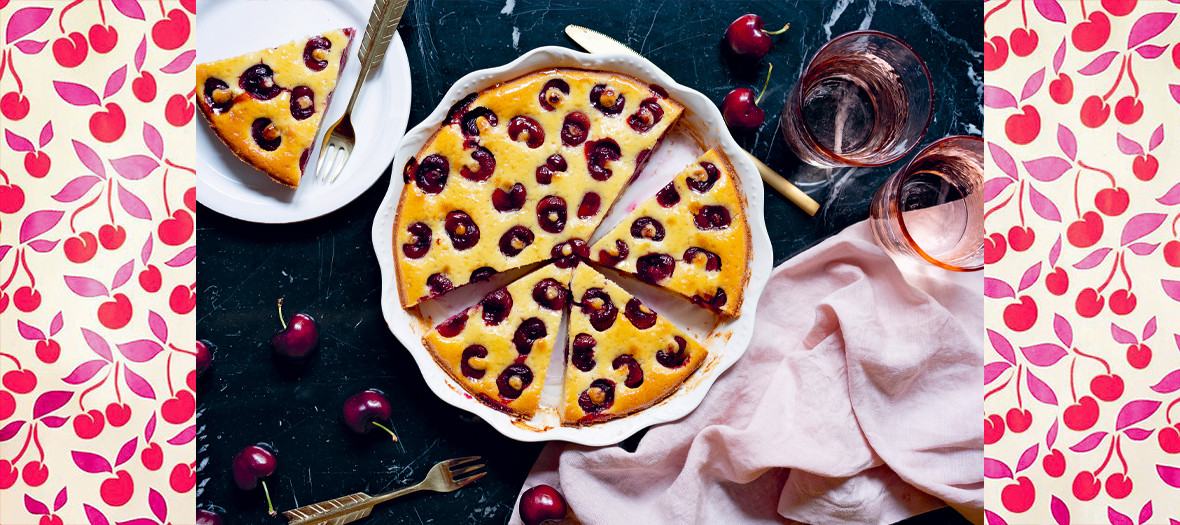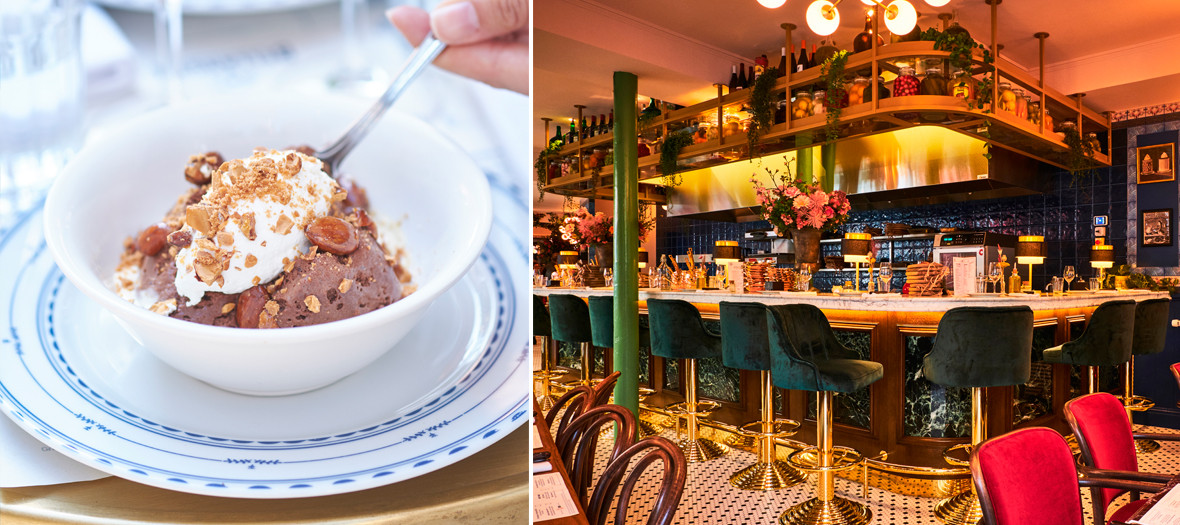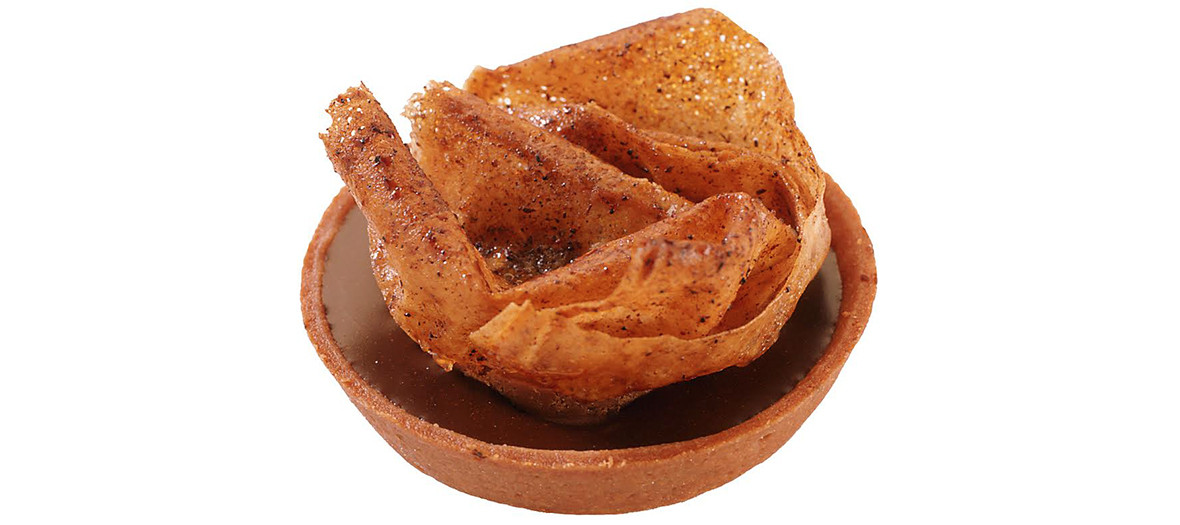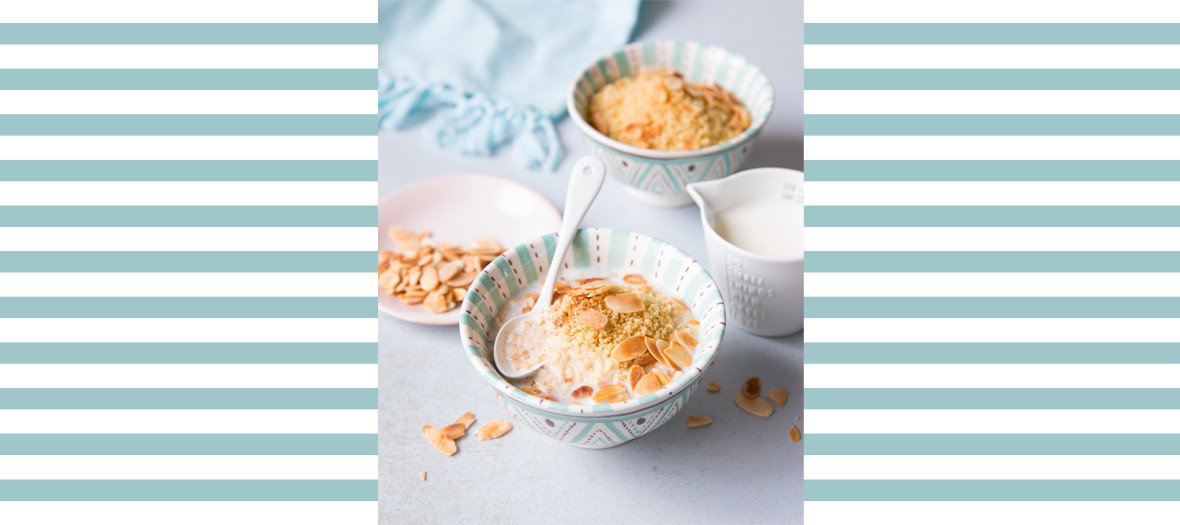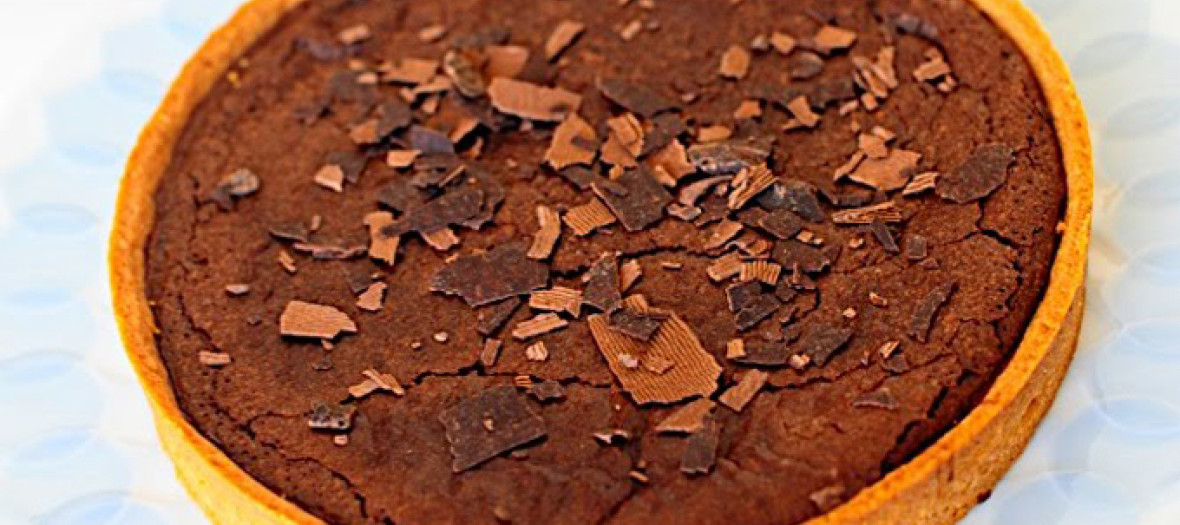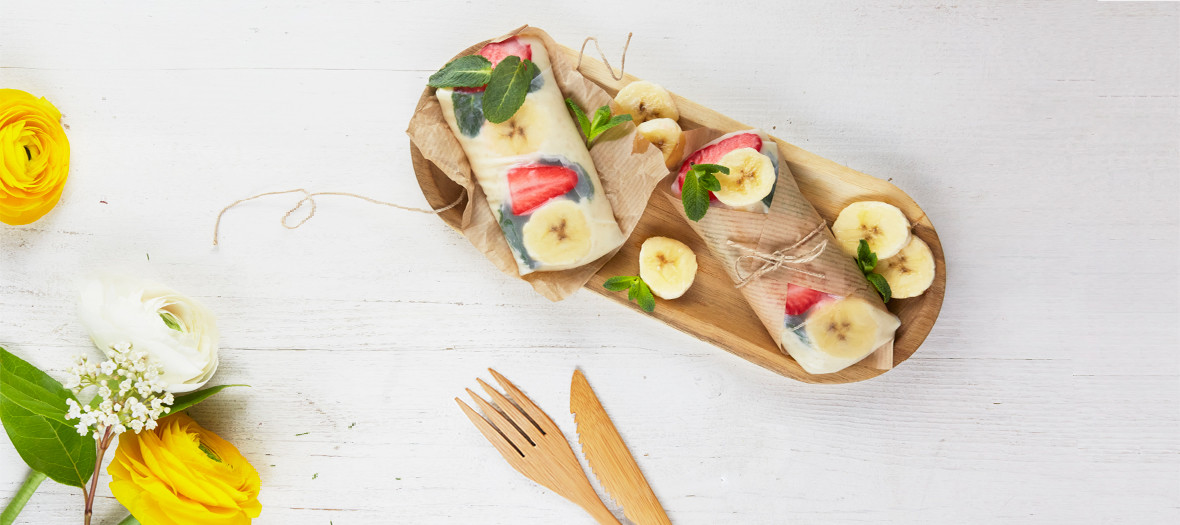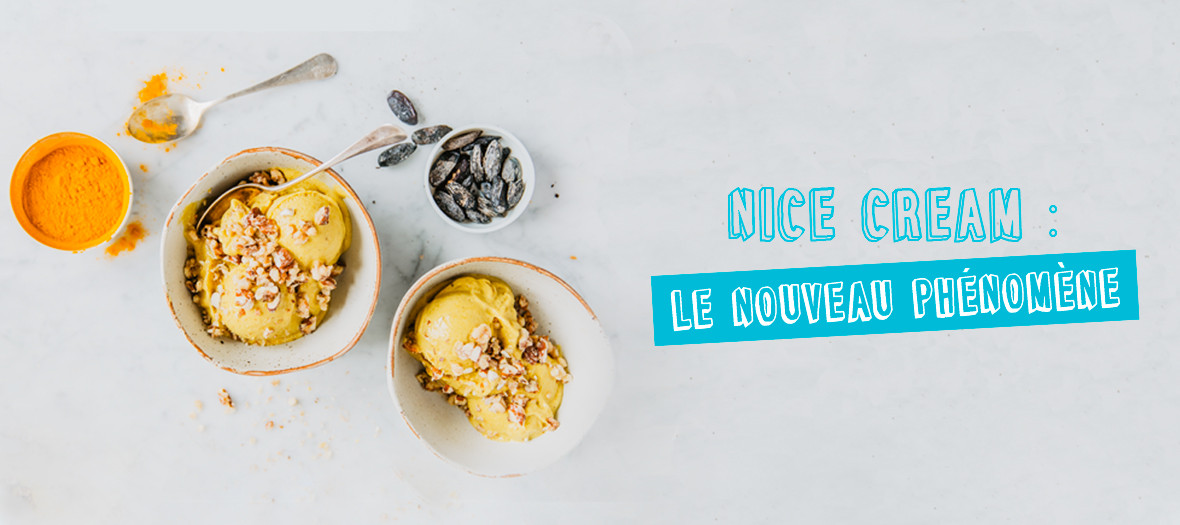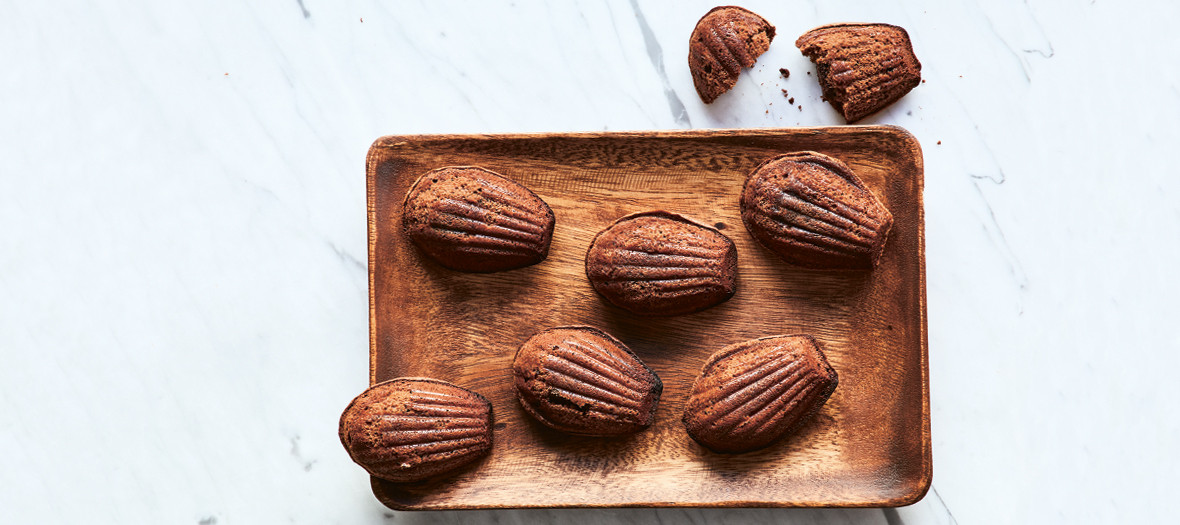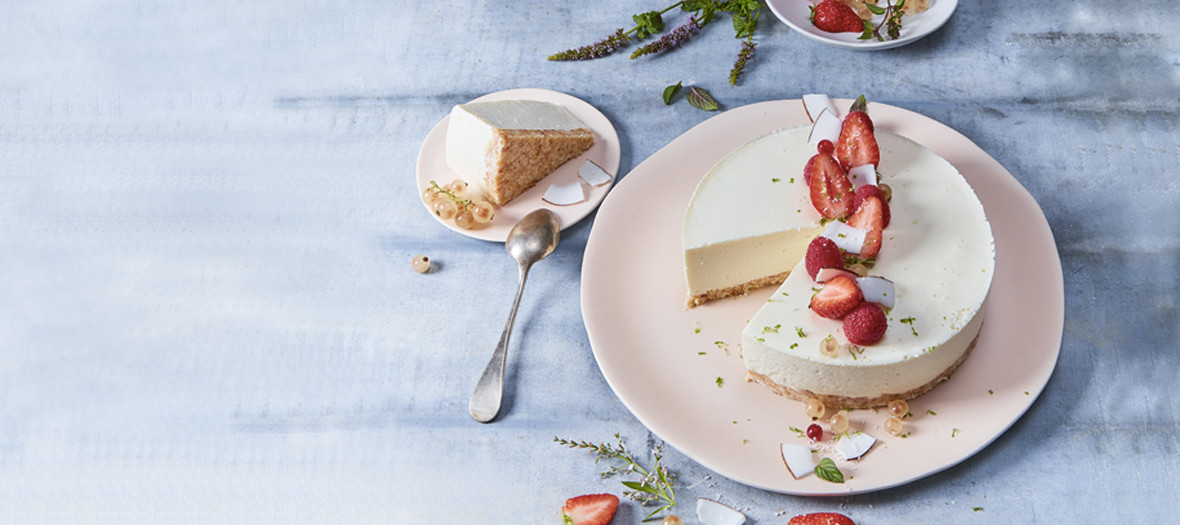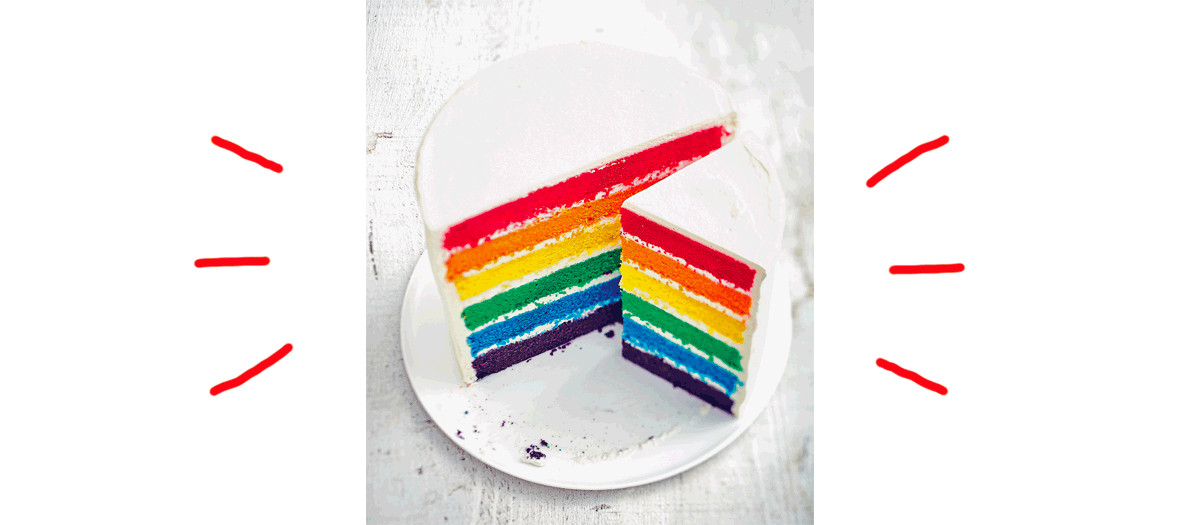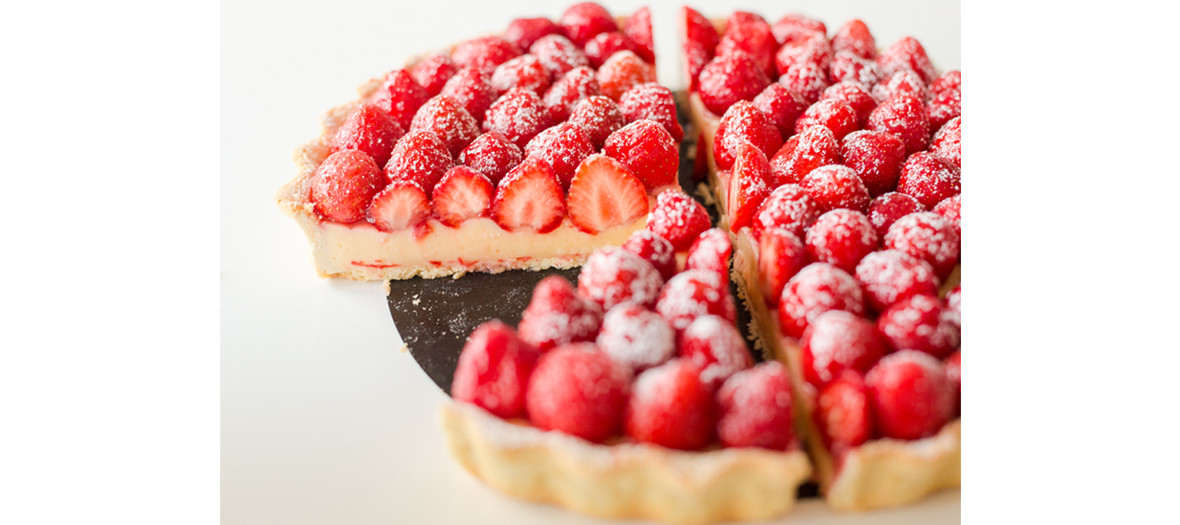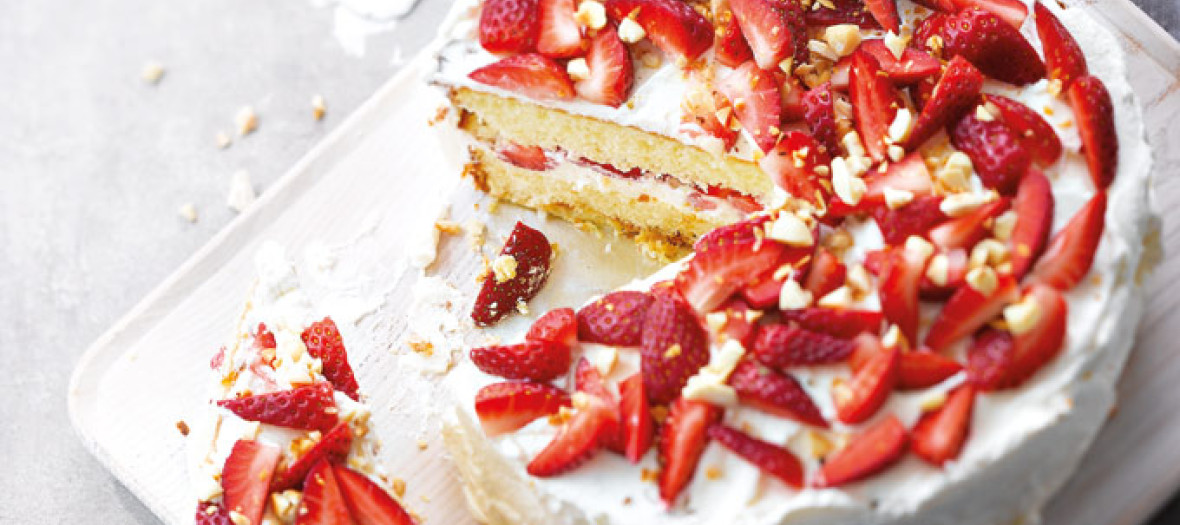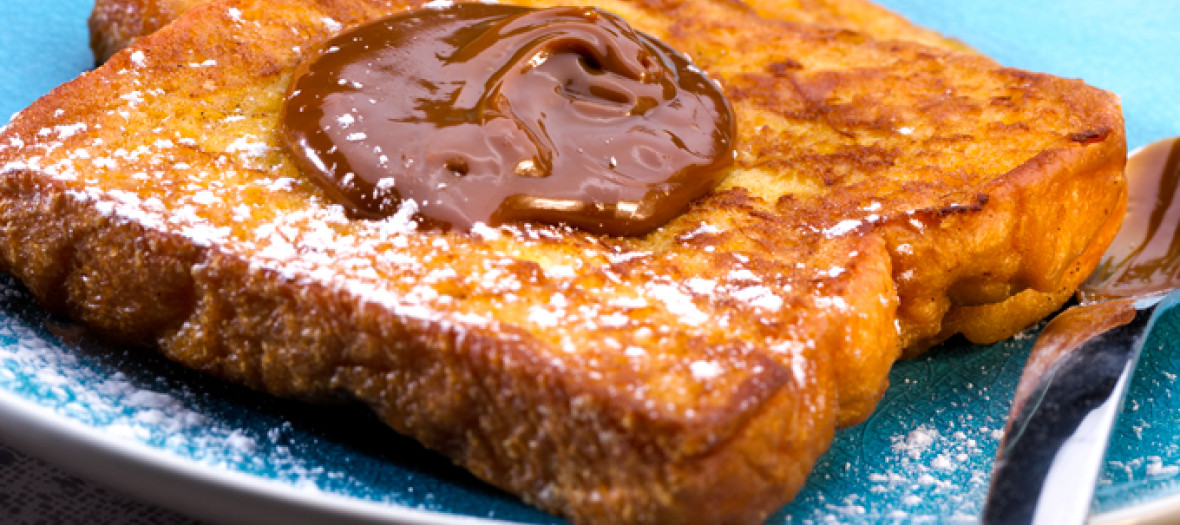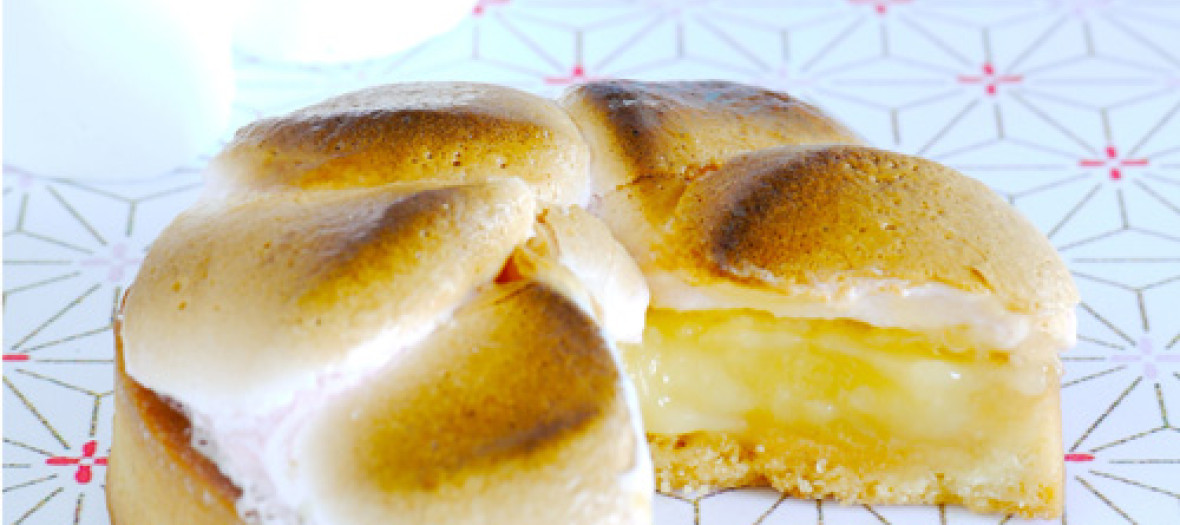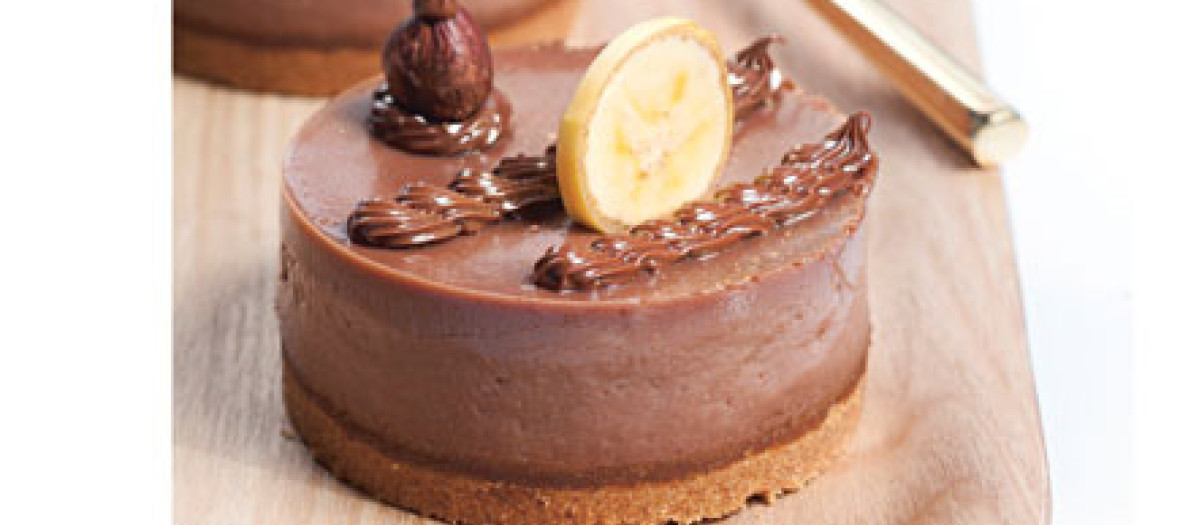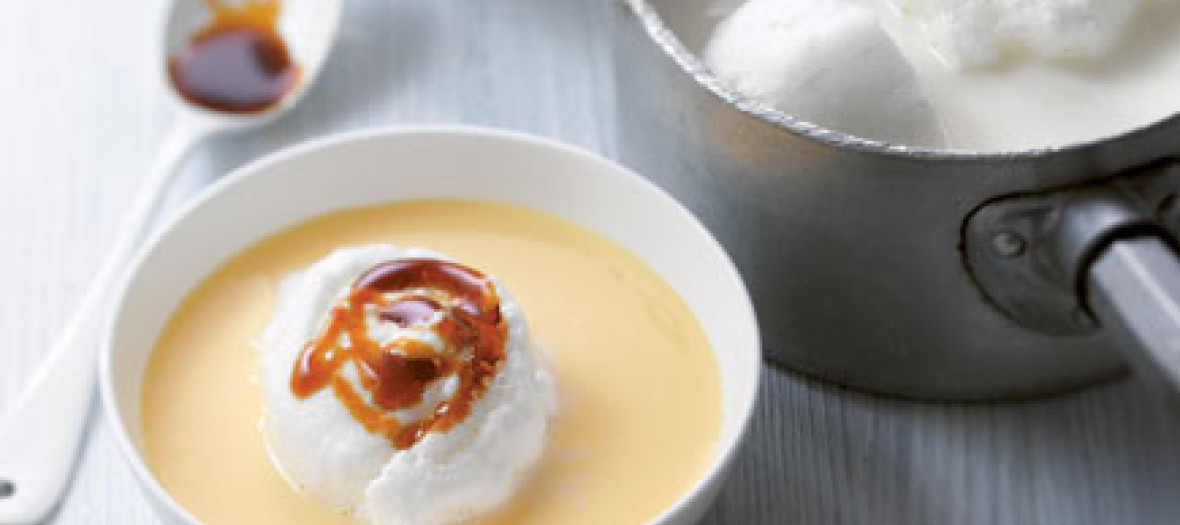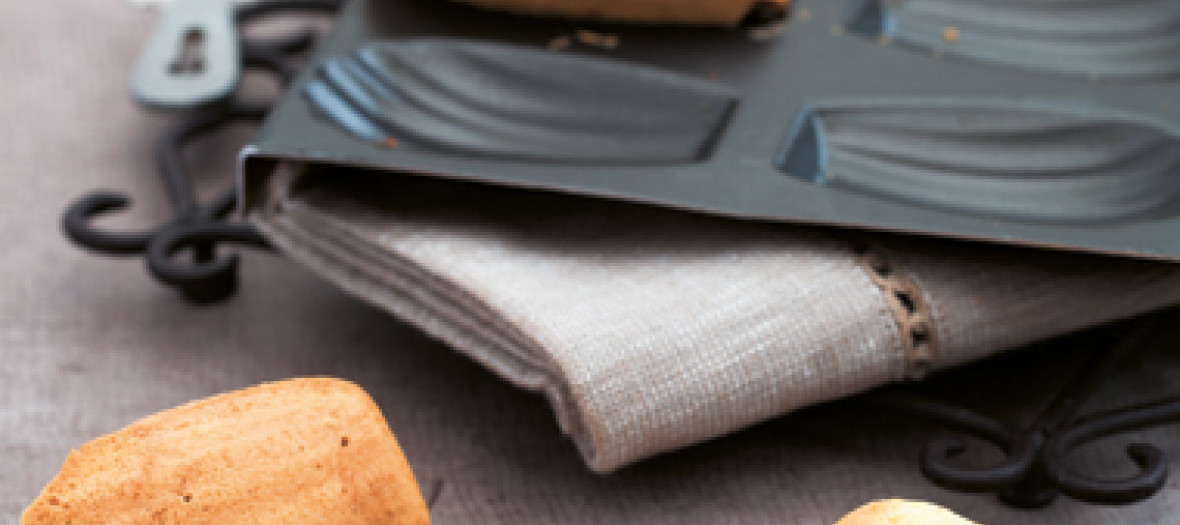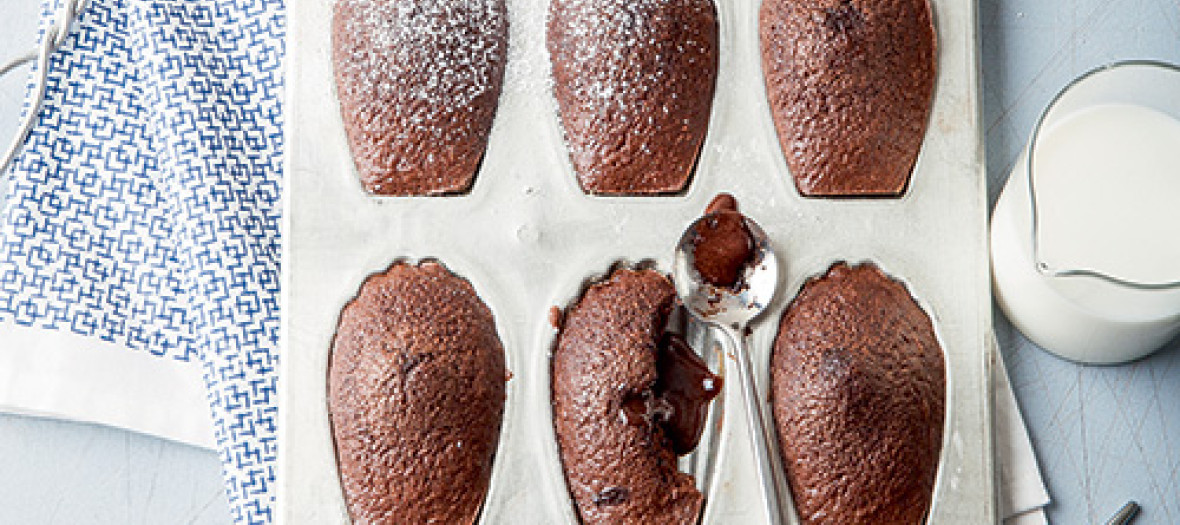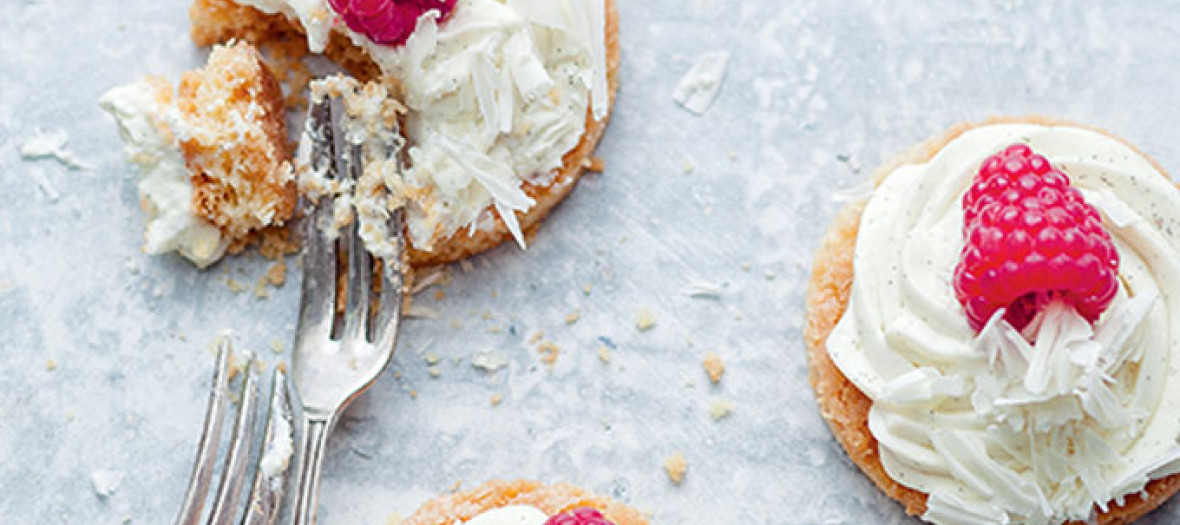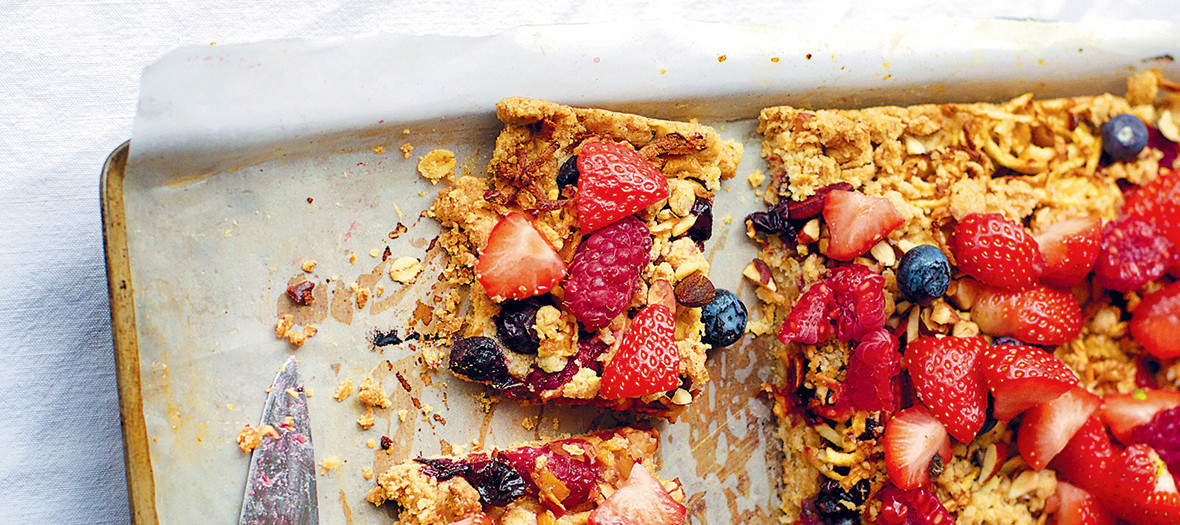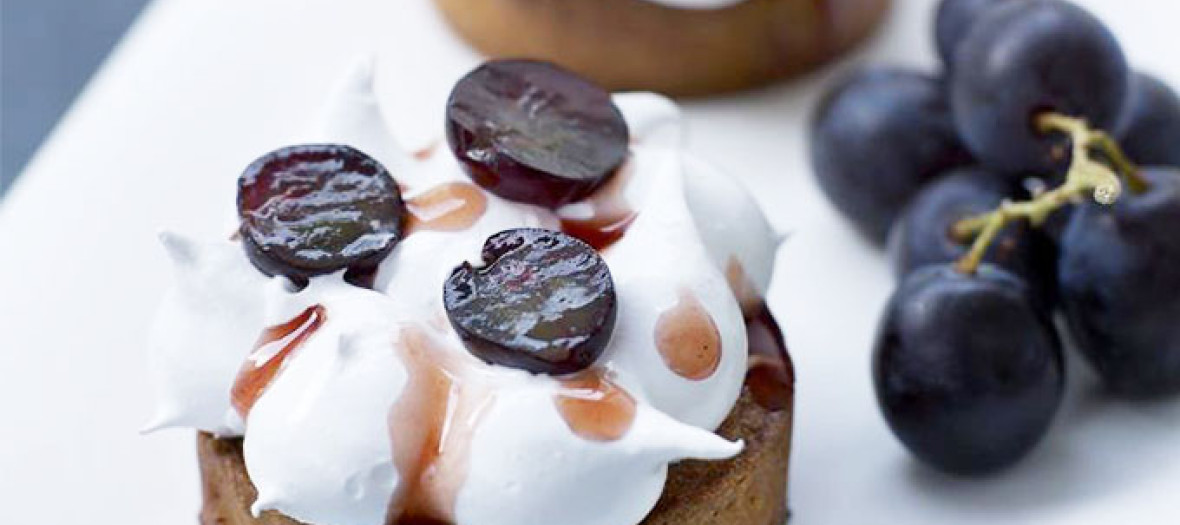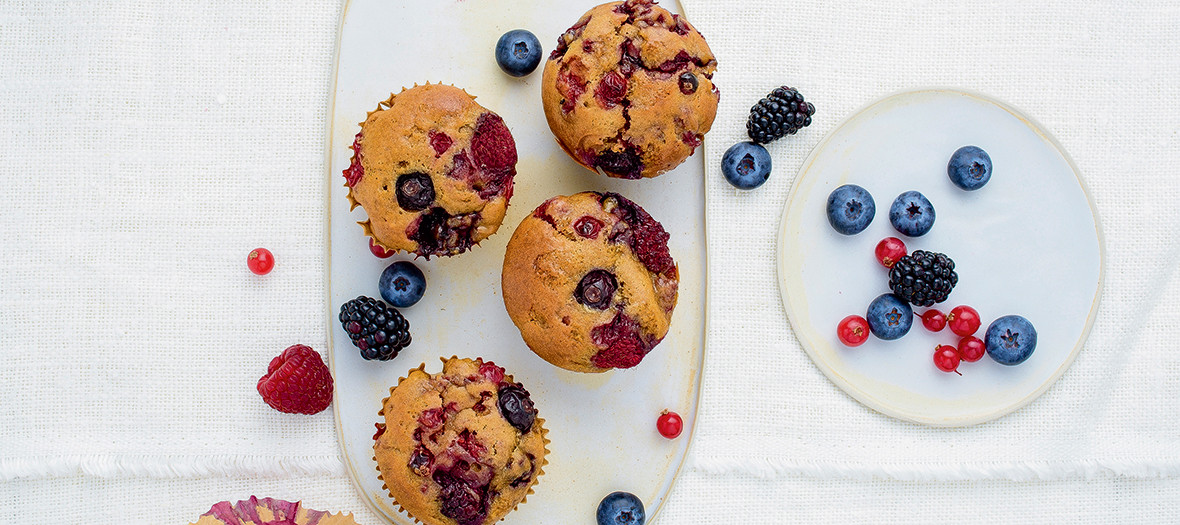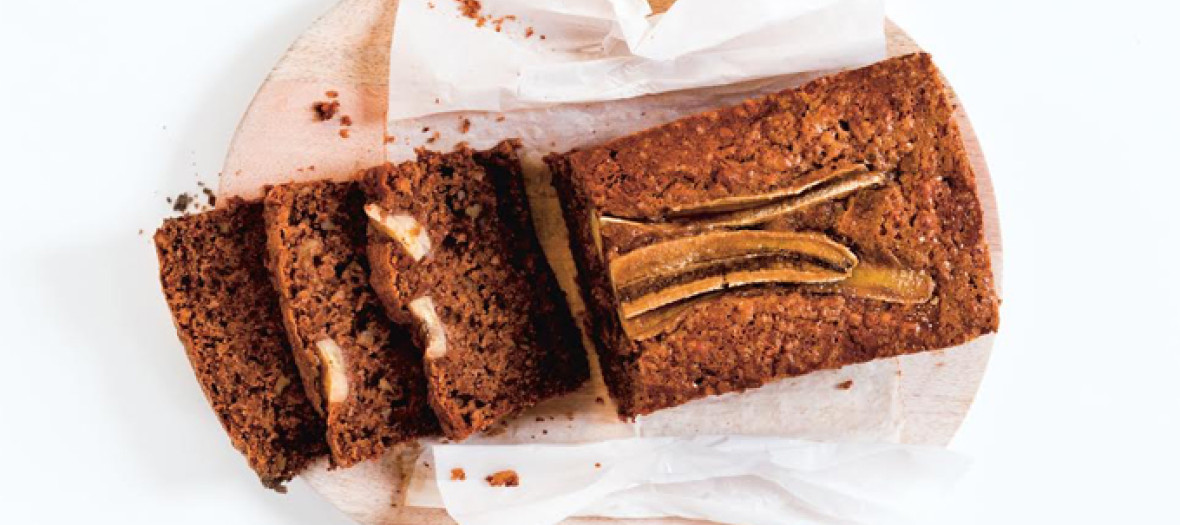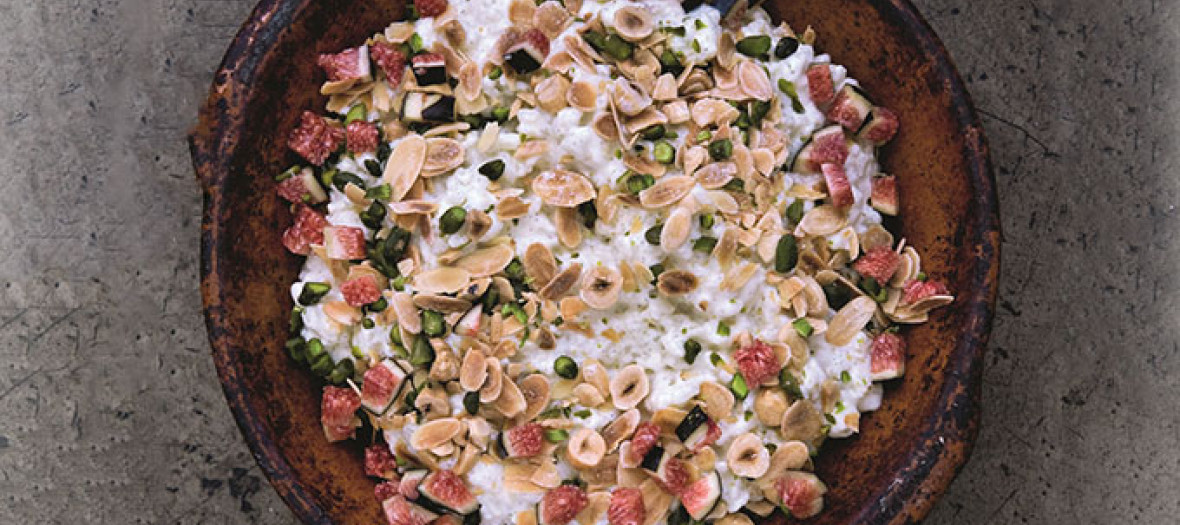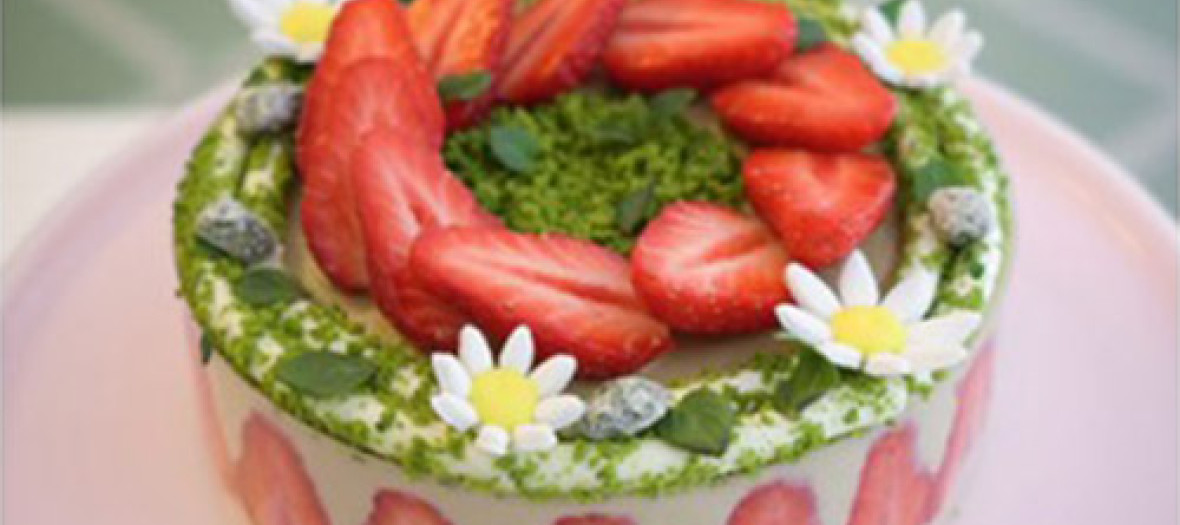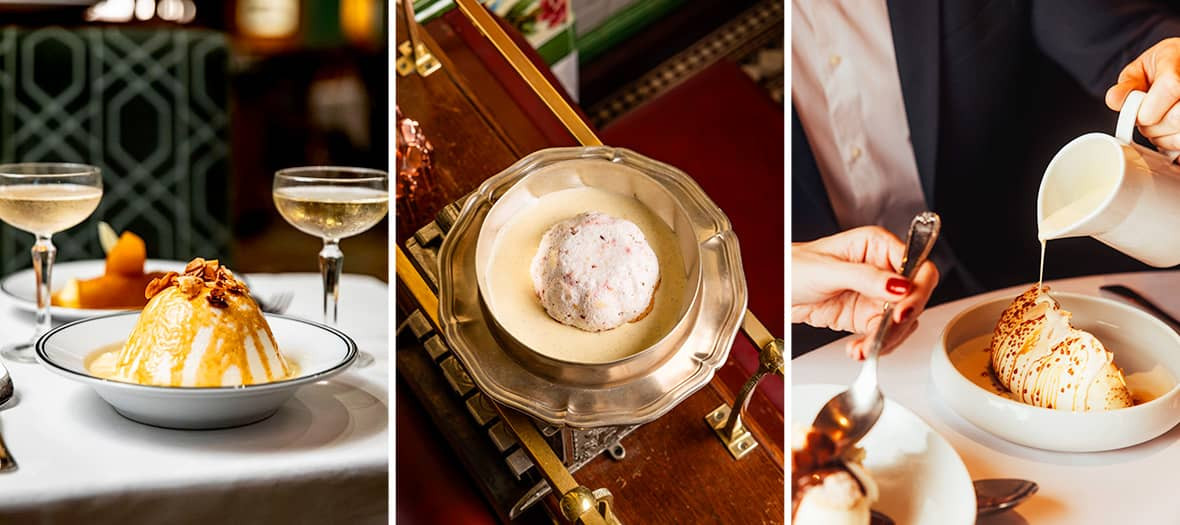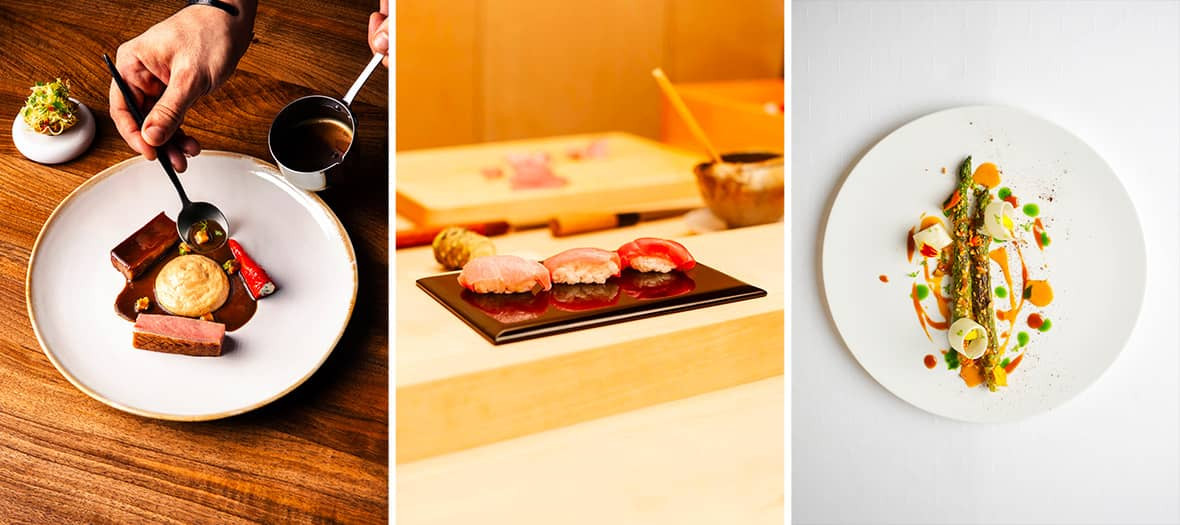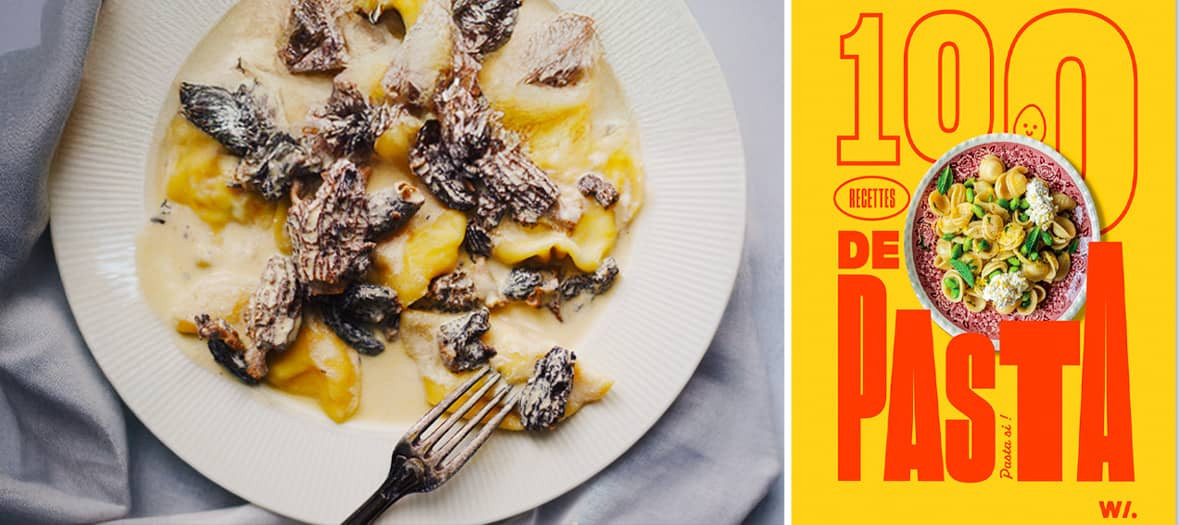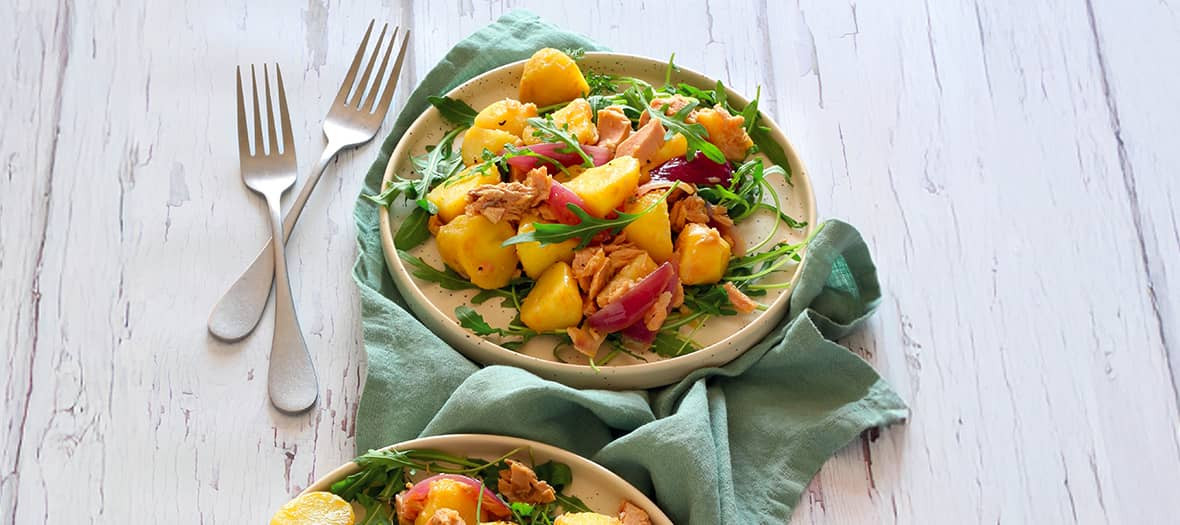It’s somewhat the Paris-Brest of New-Yorkers… A highly foodporn concoction of a pastry chef in Manhattan who created a hybrid mix between a good US donut and a delicious French style croissant … After the international success of his boutiques in New York, London and Tokyo, Dominique Ansel has finally come out with a book: “Pâtissier Magicien” published at Marabout Editions, where he unveils how to create this new best-seller. Here is the secret recipe… It’s now up to you!
Level of difficulty advanced
Duration 1 hour 2 days before, 1 hour the night before, 2 hours the same day
Quantity 12 Cronuts
Two days before prepare the Ganache
Prepare the Ganache
1. Dip the gelatin leaf in a bowl of very cold water for about 20 minutes until it becomes soft. With powder gelatin, pour 1 teaspoon of gelatin (2,5 g) into a tablespoon of water (15g) transfer in a small salad bowl, mix and allow to rehydrate during 20 minutes.
2. Pour the whole cream and the vanilla seeds in a small pan and bring to boil on an average flame. Remove from the fire.
3. If you use gelatin leaves, drain to eliminate excess water. Incorporate the bloated gelatin in the cream and whip to dissolve it.
4. Put the white chocolate in a heat resistant salad bowl. Pour the warm cream on the chocolate and allow to settle for 30 seconds.
5. Whip the white chocolate and the warm cream until the mixture is homogenous. Add the rose water or lemon juice and whip to incorporate it well. Cover with transparent film to avoid the ganache on the surface from drying. Leave in a fresh place until the next day.
Prepare the Cronut dough
1. Pour the flour, salt, sugar, instant baker’s yeast,
water, the egg white, butter and whole cream in the robot bowl
equipped with a kneading hook. Whip for about 3 minutes until all the ingredients are mixed. The dough must be irregular and its gluttenous network very weakly developed.
2. Slightly oil the salad bowl with the spray or flour it. Pour the dough into the salad bowl. Cover with transparent film in contact with the dough to avoid drying on the surface. Let it rise in a warm place for 2 /3 hours until it doubles in volume.
3. Remove the transparent film and crush the dough with your your fists, folding the sides towards the middle to get rid of as much gas as possible. On a sheet of sulfurized paper, create a 25 cm side square of dough. Transfer the square on a plaque and cover with transparent film. Set aside until the next day.
Prepare the butter
1. With a pencil, draw a 18 cm side square on a piece of sulfurized paper. Turn the leaf so that the butter is not in contact with the pencil sketches.
2. Place the butter in the center of the square and spread evenly with the spatula until the square is well filled out. Set aside until the next day.
The night before
1. Remove the butter from the icebox. It must be soft enough to be deformed slightly without breaks. If it’s too firm, beat slowly with a pastry pin on the counter covered with a thin layer of flour until it becomes supple. Make sure to give it back its original shape (18 cm square).
2. Take the dough out of the refrigerator. Verify that it’s very cold and place it on the counter covered with flour. With a pastry pin roll the dough into a 20 cm side and 2,5 cm wide square.Place the square of butter in the middle of the dough by turning it 45°, so that its corners are directed towards the middle of the dough. The result must look like a butter lozenge on a dough square. Fold the sides of the dough on the middle of the butter square. Pinch the edges of the dough to seal them and lock up the butter inside. You must obtain a square that is slightly bigger than the block of butter.
3. Cover the counter with a thin coat of flour, then flatten the dough departing from the center while applying a uniform pressure with the pastry pin. The flattened dough must form a square with a 50 cm side and that’s about 6 mm thick.
4. Fold the flattened dough in two in the width by lining up the edges to form a rectangle. Then fold the dough lengthwise to obtain a square with a 25 cm side comprising 4 layers of dough. Wrap well in transparent film and set aside in a fresh place for 1 hour.
5. Repeat steps 3 and 4. Wrap well in transparent film and set aside until the next day.
The same day: Cut up the dough
1. On the counter with a thin coat of flour, flatten the dough into a 40 cm side X 1,5 cm wide square. Transfer the flattened dough on the second plaque, cover it with transparent film and allow it to expand in a fresh place during 1 hour.
2. Cut 12 circles with a 9 cm cutter. Cut the center of each circle with the 2,5 cm cutter to obtain the Cronut shape.
3. Place the sheet of sulfurized paper on the first plaque and sprinkle with a little flour. Place the Cronuts with 8 cm spacing between each one. Slightly spray a sheet of transparent film with the anti-stick spray before placing it over the Cronuts.
Allow them to rise in a warm place for about 2 hours until they have tripled in volume
Fry the dough
1. Heat the oil in a big pan until it reaches 175 °C. Use the frying thermometer to verify the temperature. Prepare several sheets of absorbing paper on a tray.
2. Delicately place 3 or 4 Cronuts in the boiling oil. Fry for about 90 seconds on each side until they are nice and golden. Remove them from the oil with the skimmer and allow them to drain on the absorbing paper to eliminate excess oil.
3. Verify that the oil is at the right temperature. If this is not the case, allow it to heat up some more before frying the next batch. Continue until all the Cronuts are fried.
4. Allow the Cronuts to cool down completely before stuffing them.
Prepare the glazing
Prepare the glazing corresponding to the chosen ganache.
Prepare the perfumed sugar
Prepare the perfumed sugar corresponding to the chosen ganache.
Mounting
1. Transfer the ganache in the bowl of the robot equipped with a whip. Beat at high speed until a rigid tip forms on the surface.
2. Cut the end of a pastry bag and apply the tip in order to garnish. Use the plastic spatula to fill one third of the pouch. Push the ganache until the tip.
3. Prepare the decorative sugar corresponding to the chosen ganache.
4. Place the Cronuts on the flat side towards the top. Inject the ganache into 4 equidistant points, by making a hole each time in the surface of the Cronut with the garnishing tip. The Cronut must feel heavy in your hand when you stuff it.
5. Roll the Cronut in the sugar to cover the outside edges.
6. If the glazing has cooled down, run it through the micro-wave to soften it. Cut the end of another pouch to attach the plain 1 cm tip. Pour the glazing in the pouch using the spatula. Push the glazing towards the tip.
7. Draw a glazing circle on the Cronut making sure to cover up the holes left by the tip. Careful, the glazing will continue to spread slightly while cooling down. Allow the glazing to set for about15 minutes before serving.
SERVICE Since the Cronut is filled with cream, it must be served at room temperature.
CONSERVATION Cronuts must be eaten 8 hours after being cooked. The remaining ganache can be kept in the icebox for 2 days, in a closed container. The remaining perfumed sugar can be kept several weeks in a closed container. It can be used to make fruit preserves or sweeten a drink.
Also discover the self-cooked crème brûlée and the mille-feuilles by Jean François Piège.


